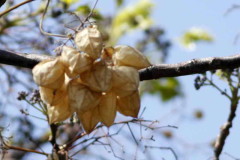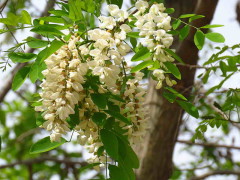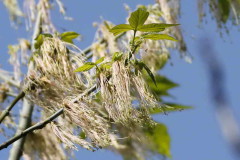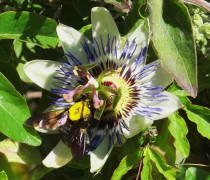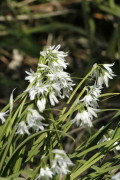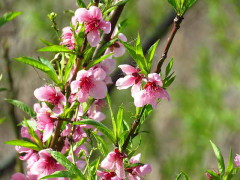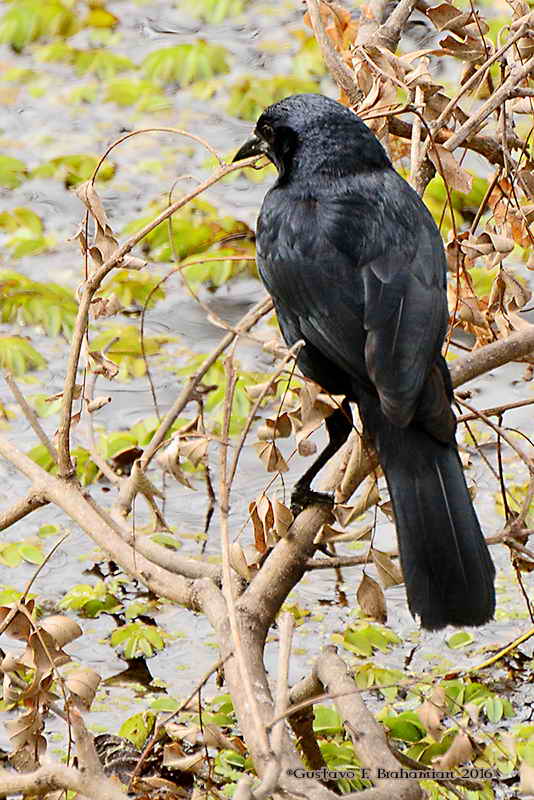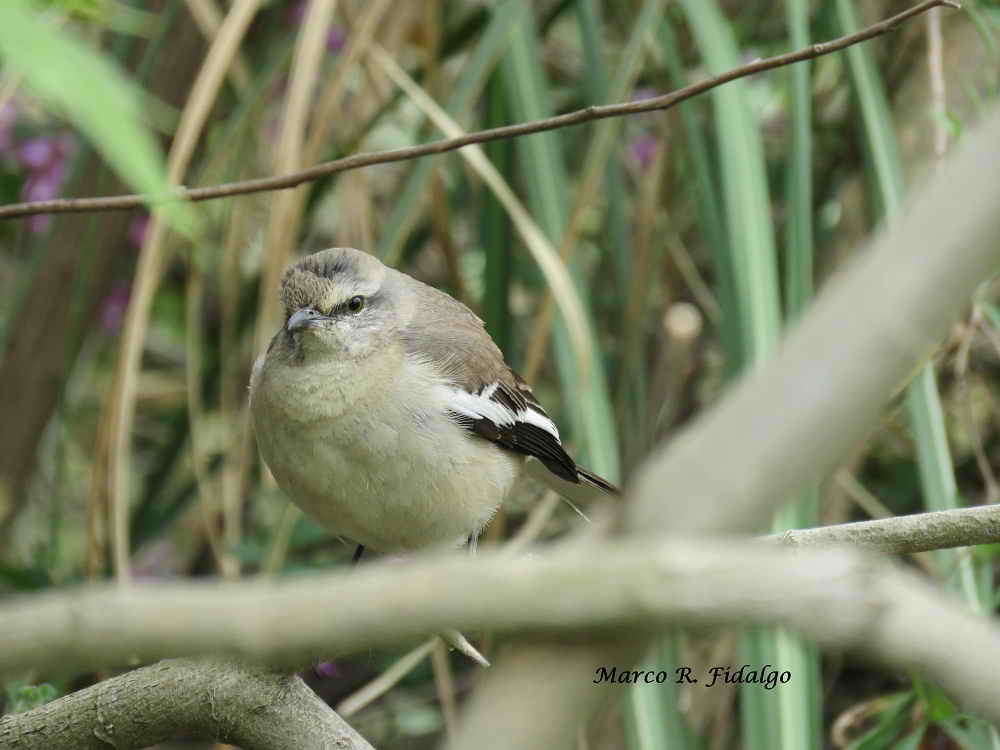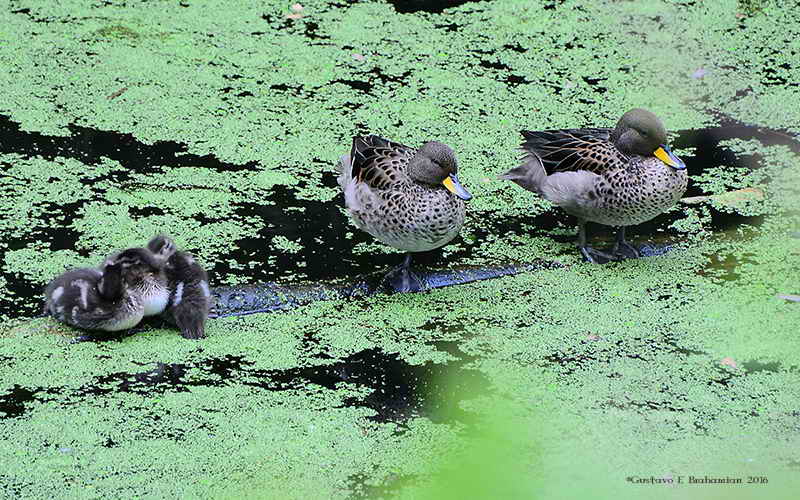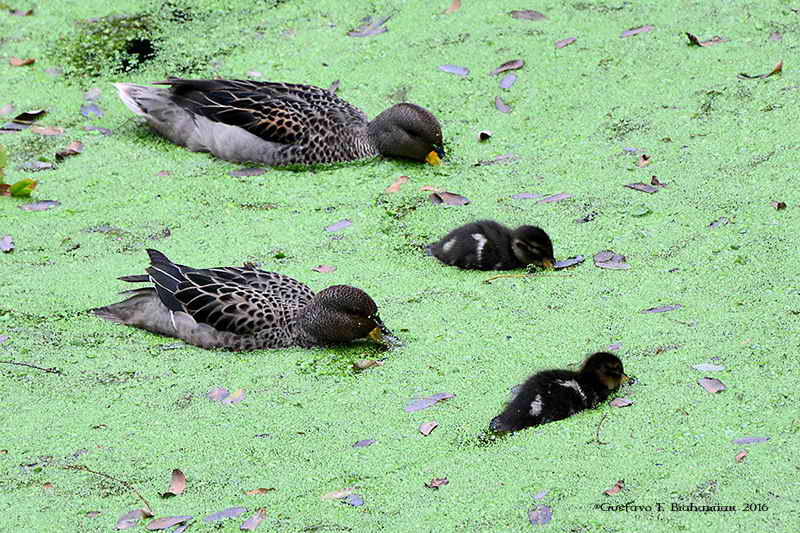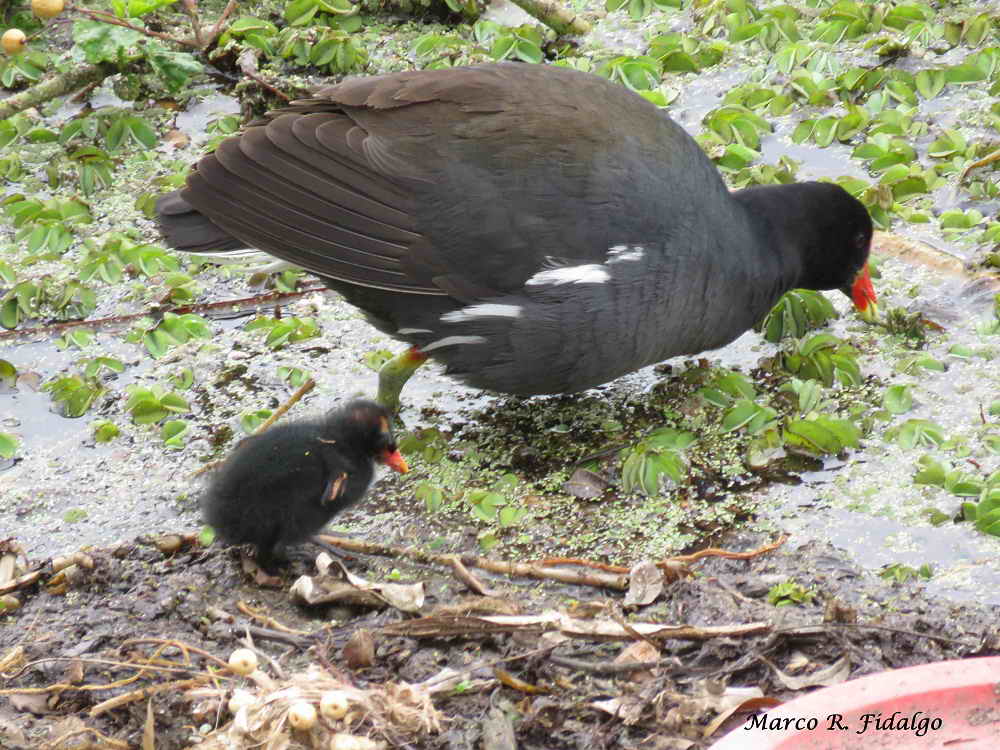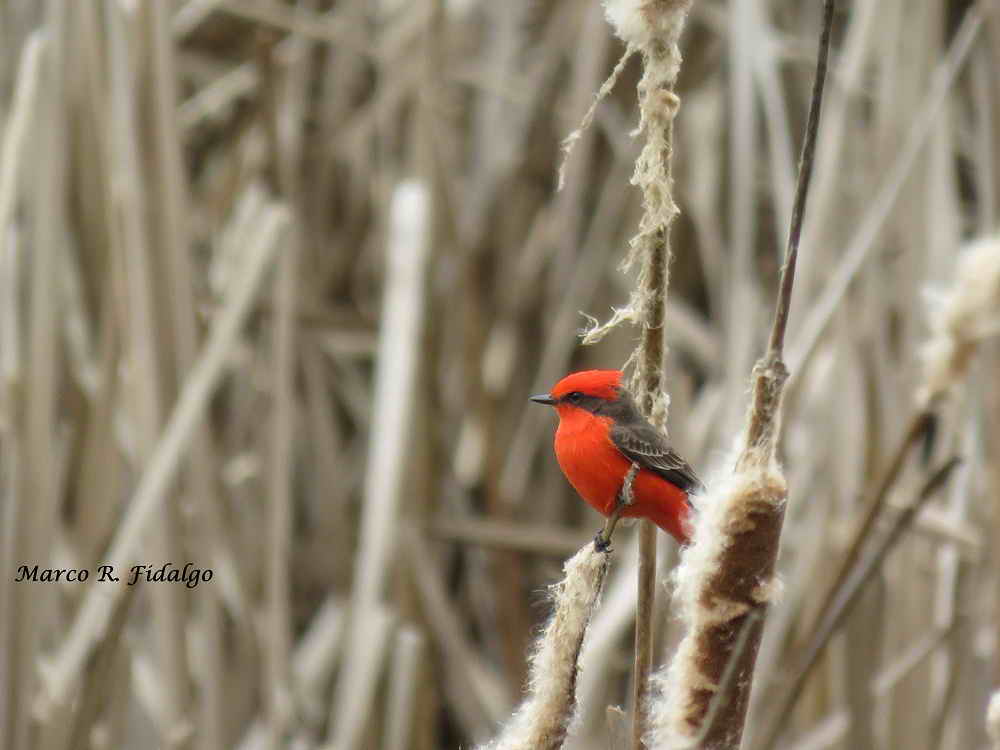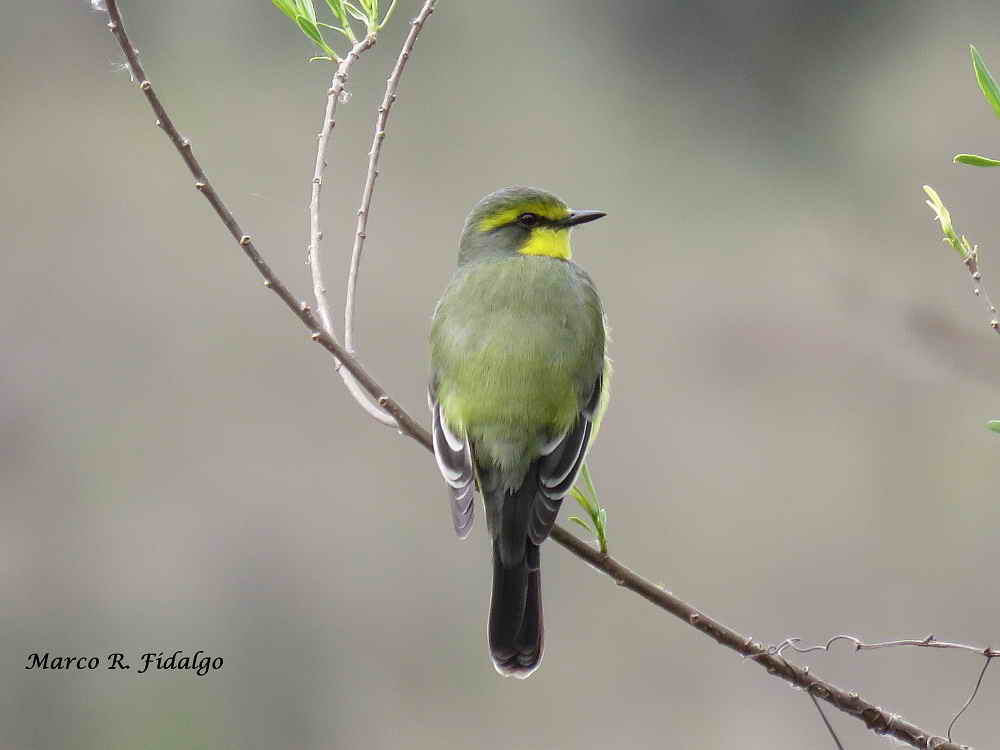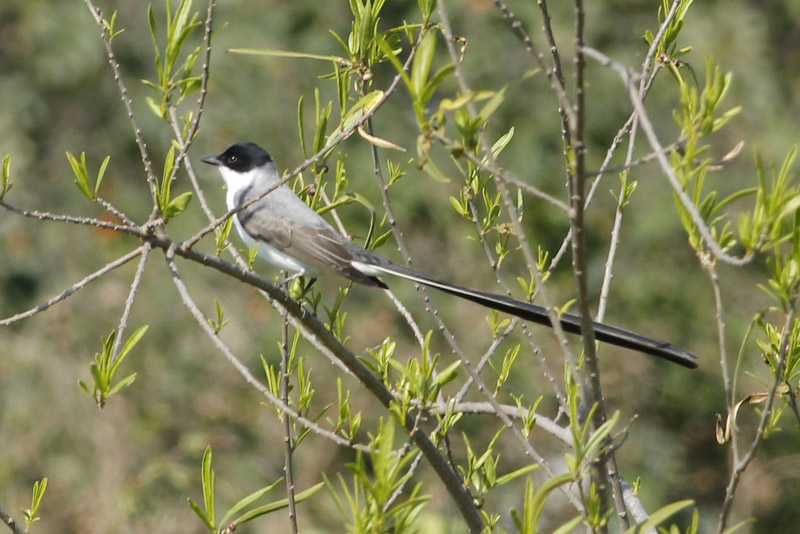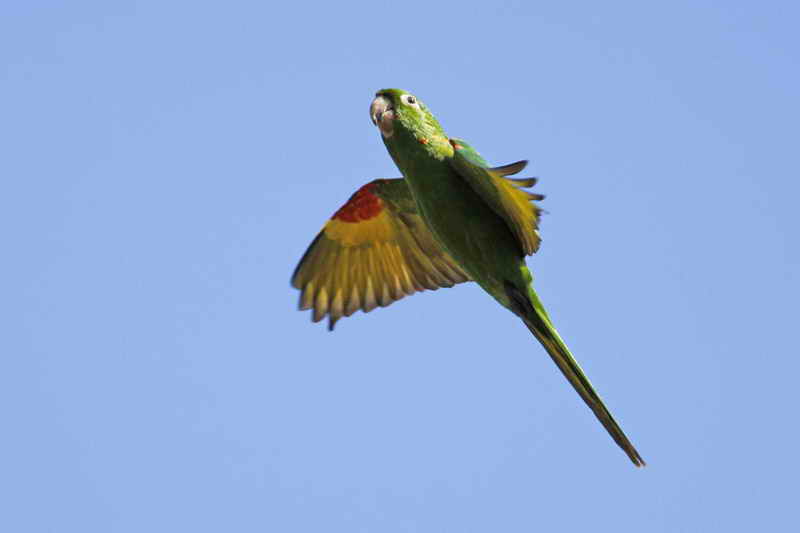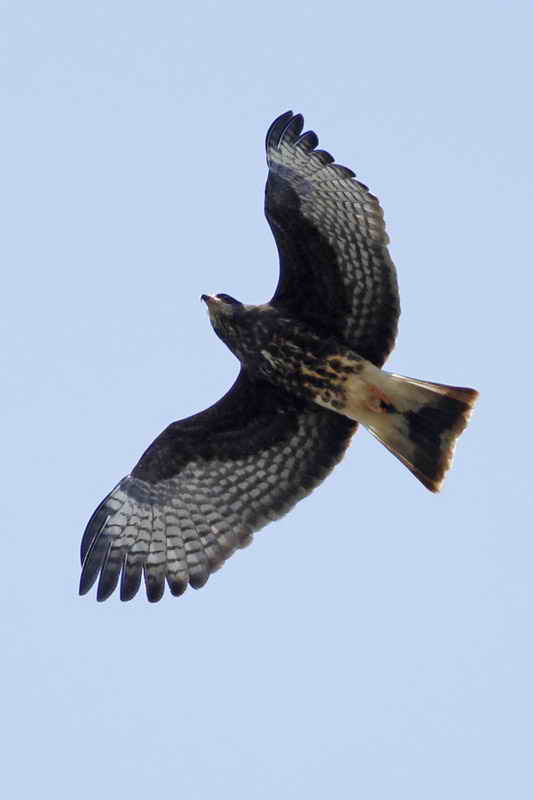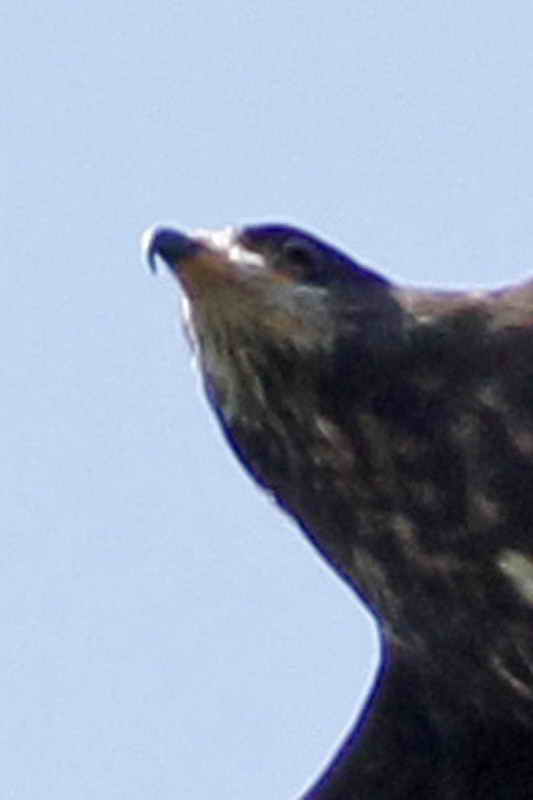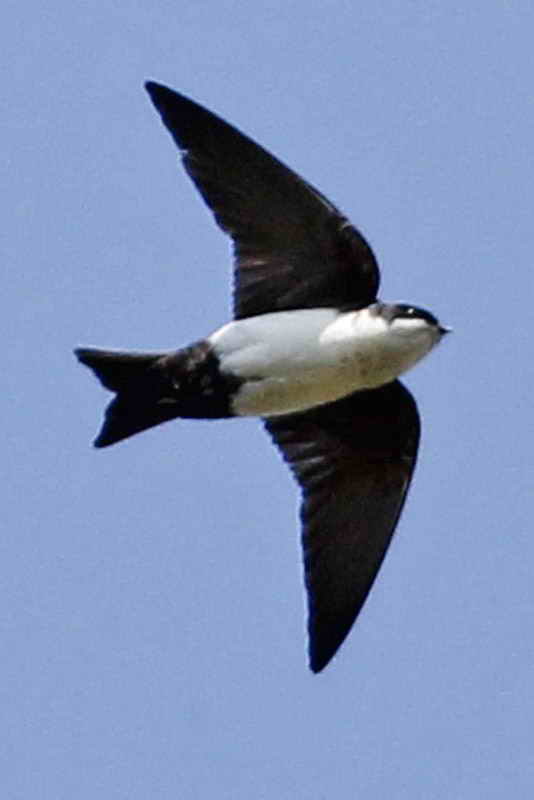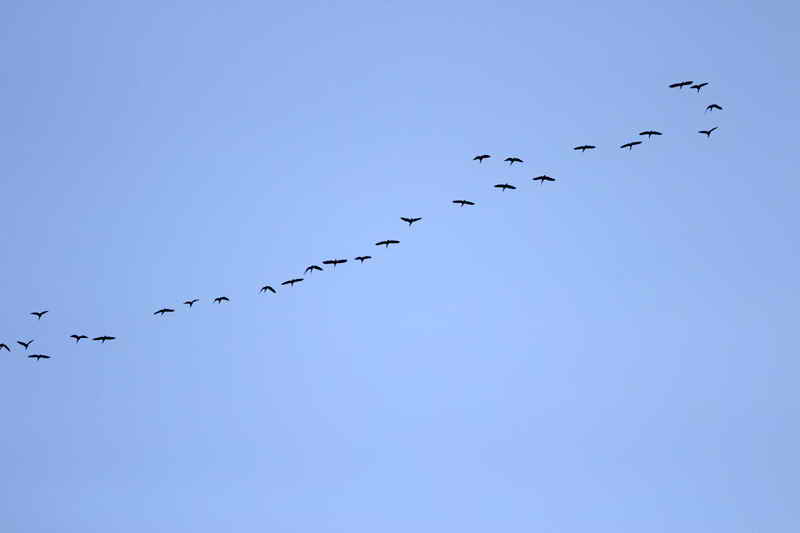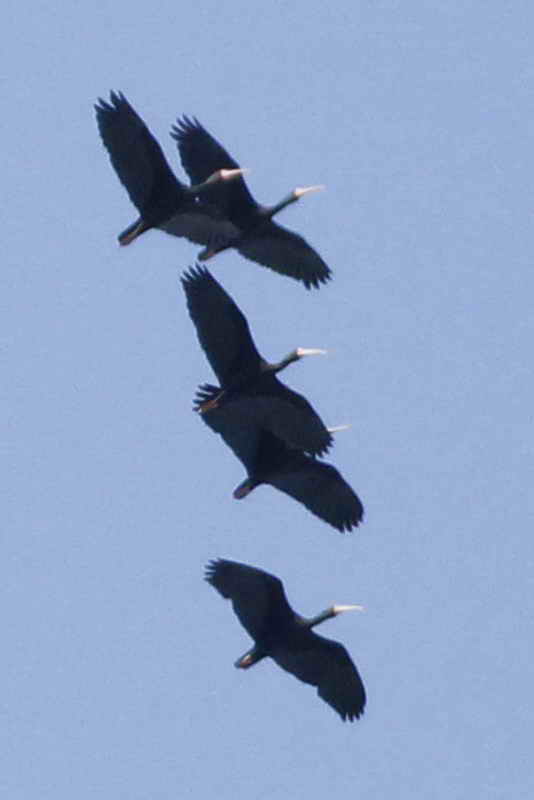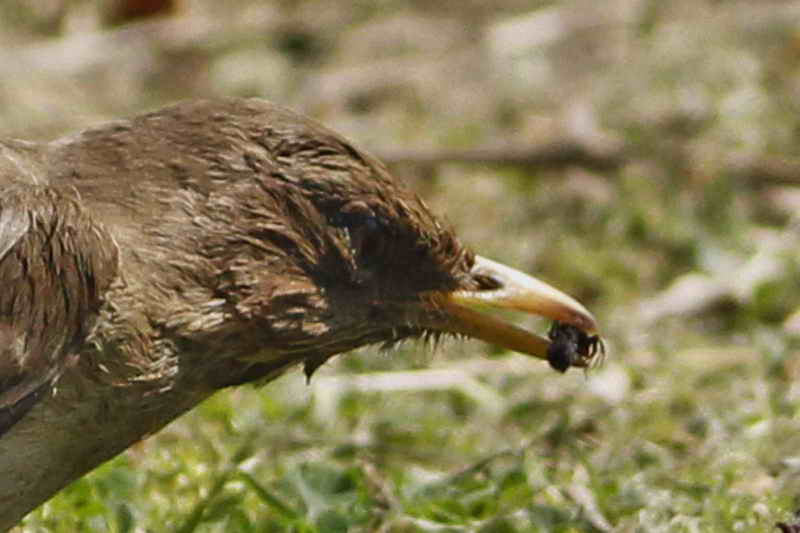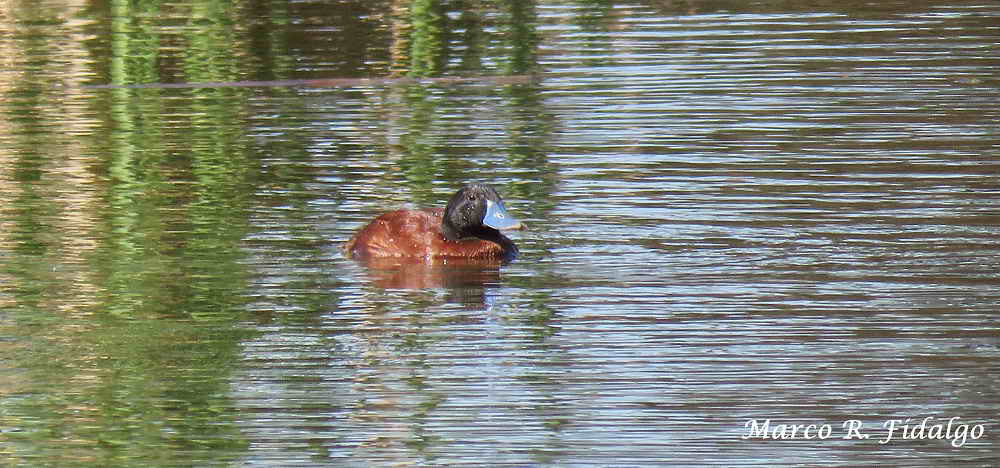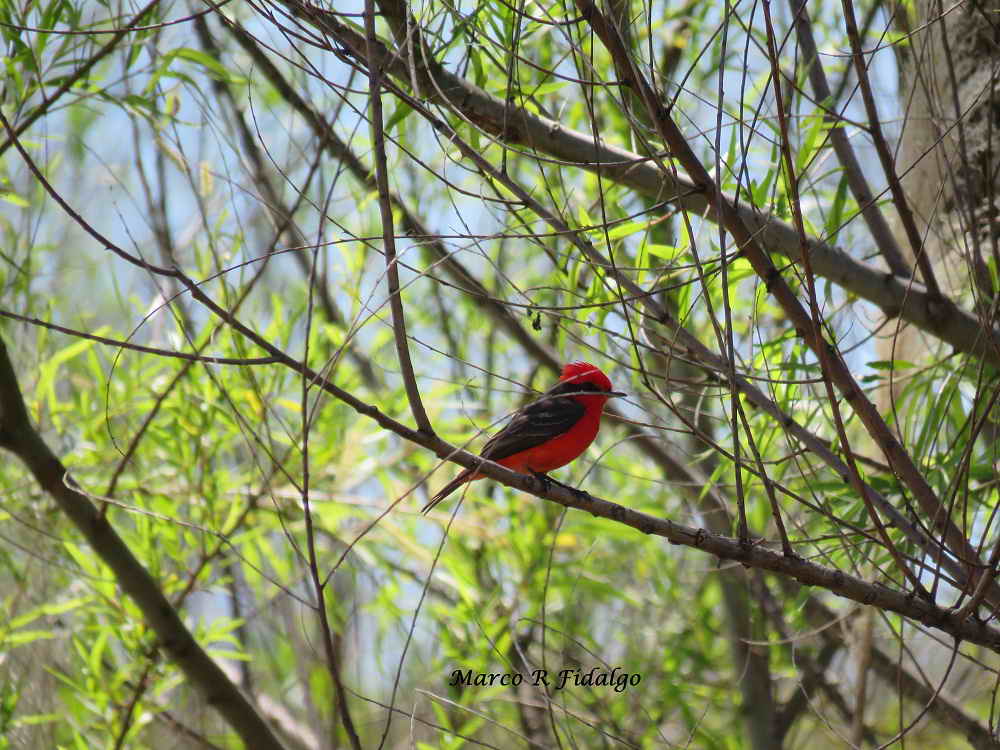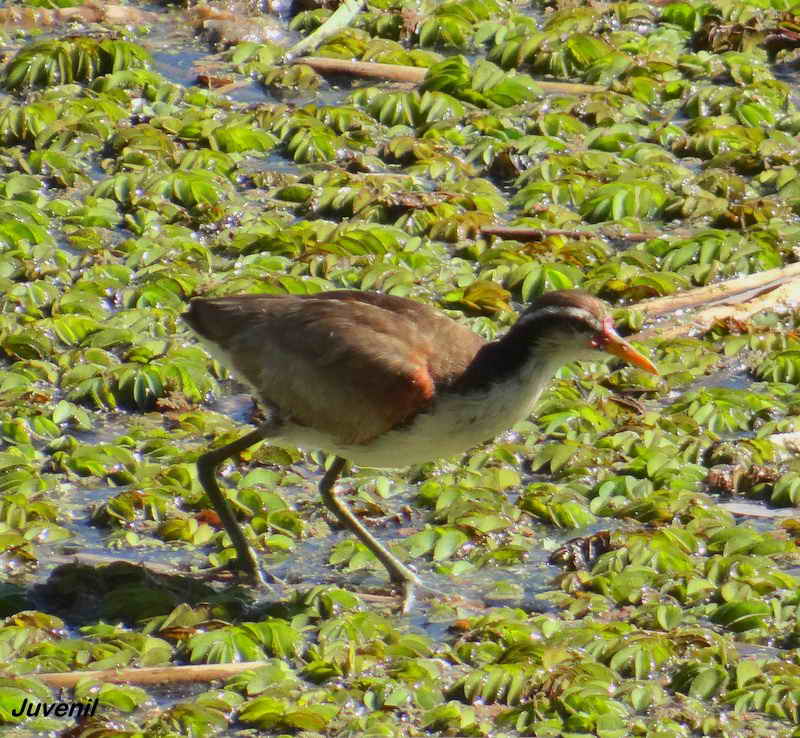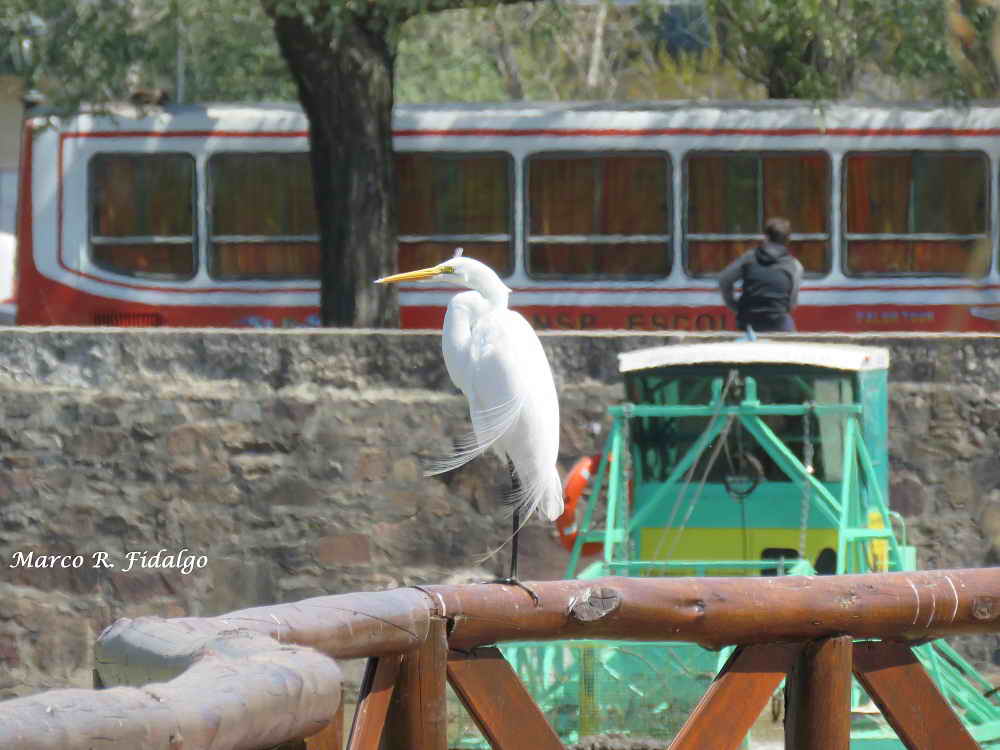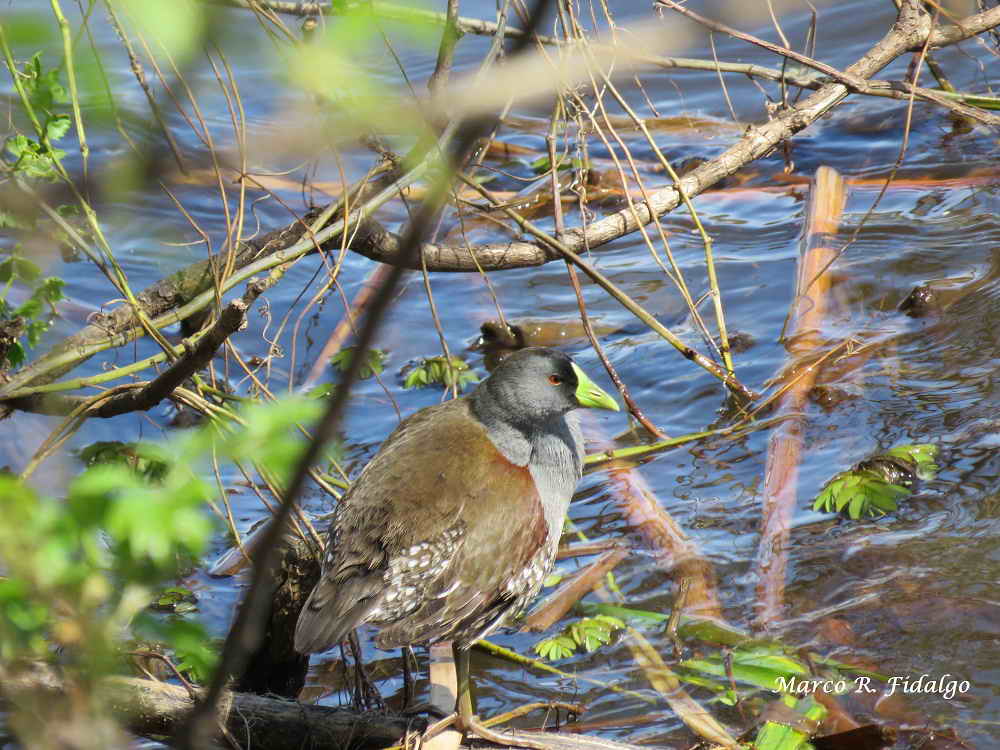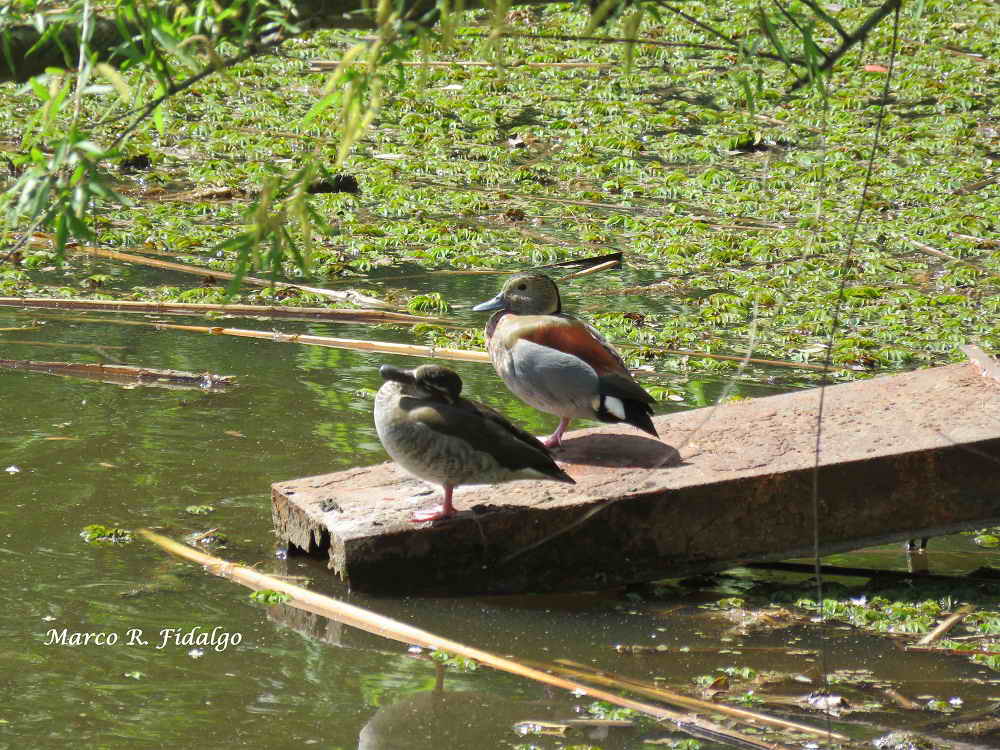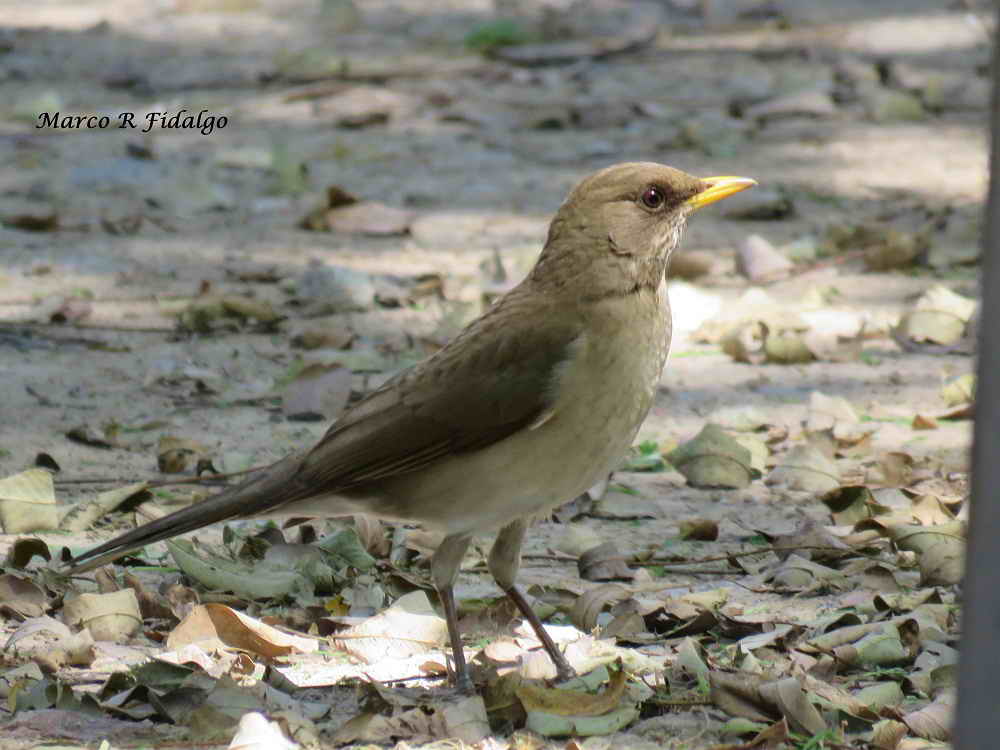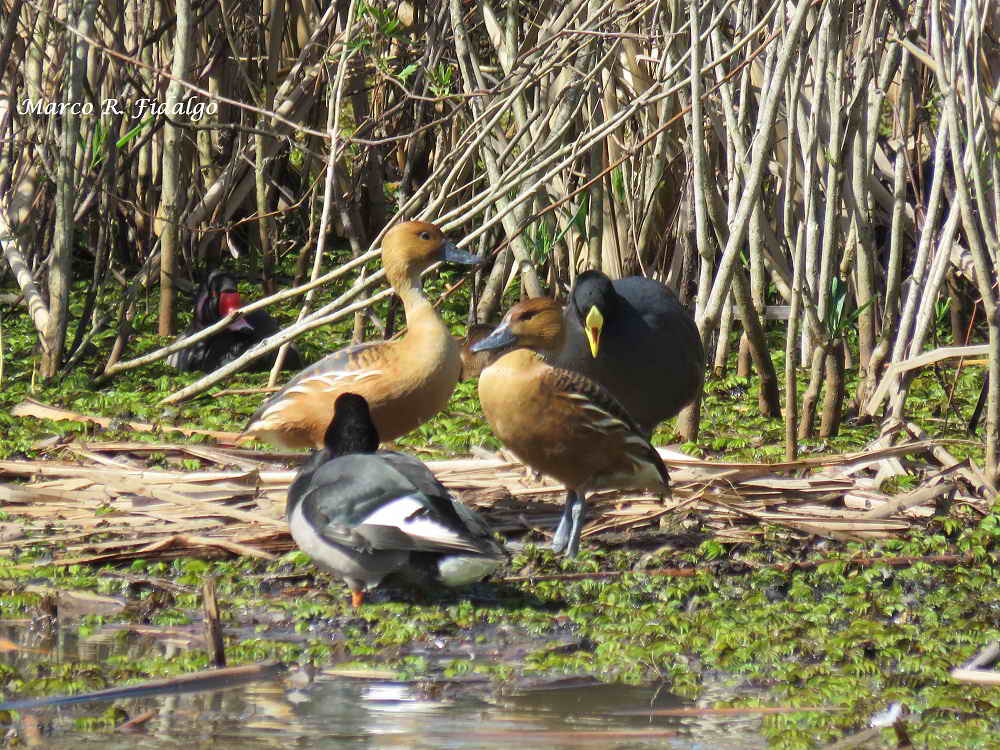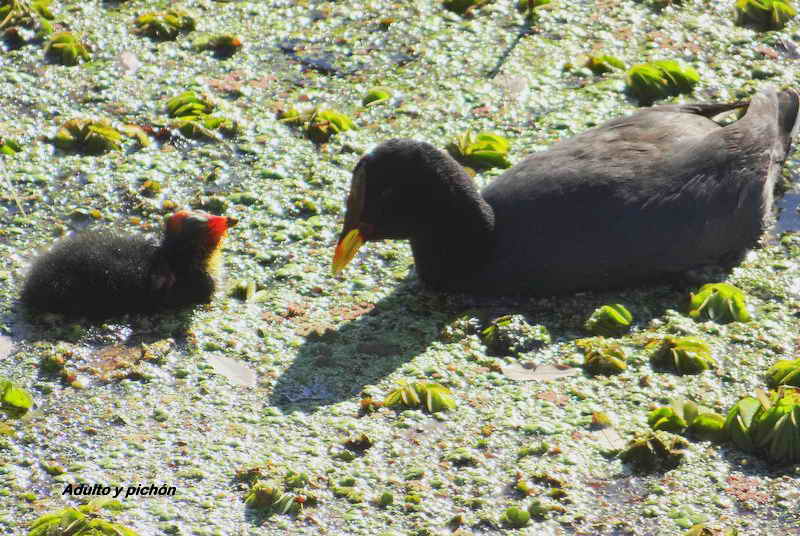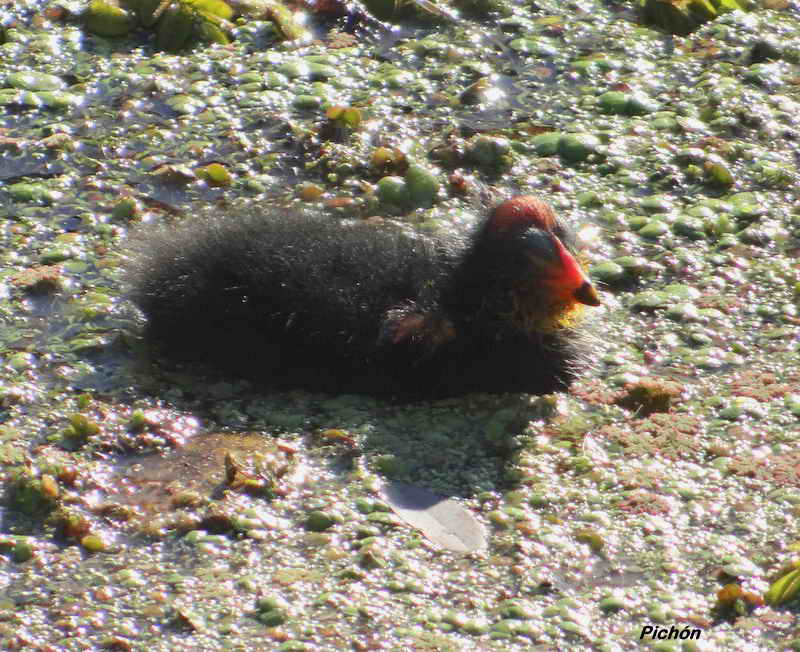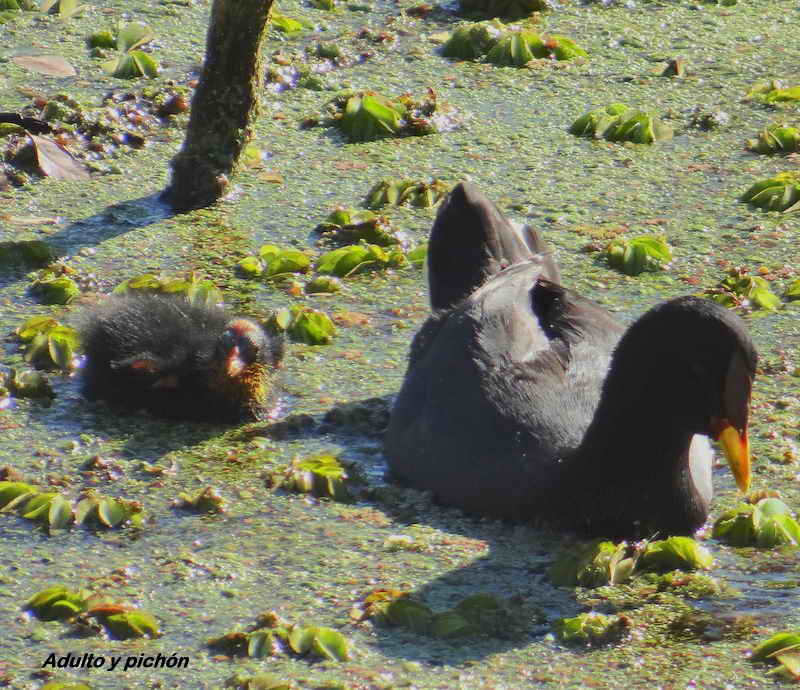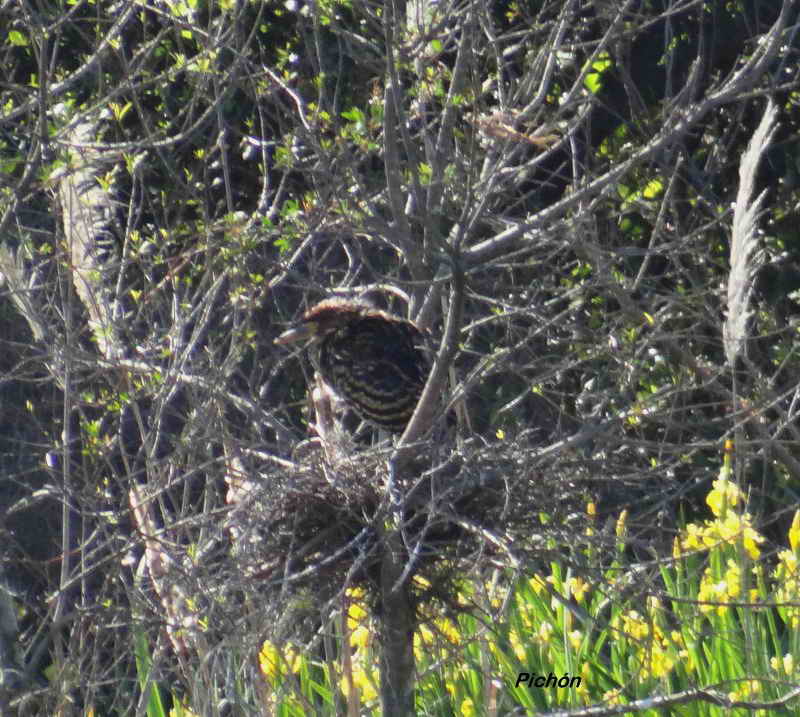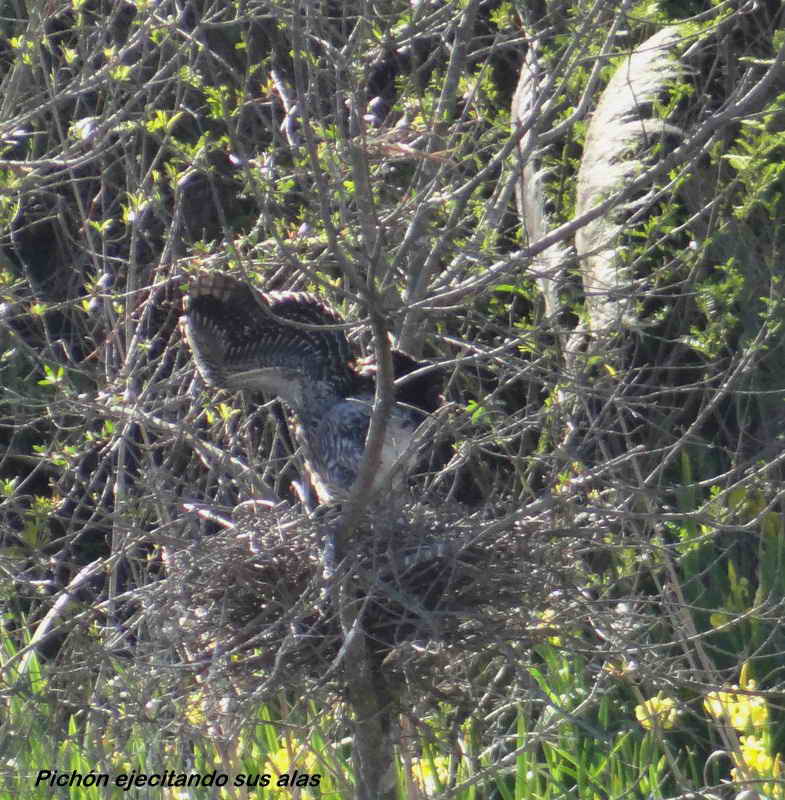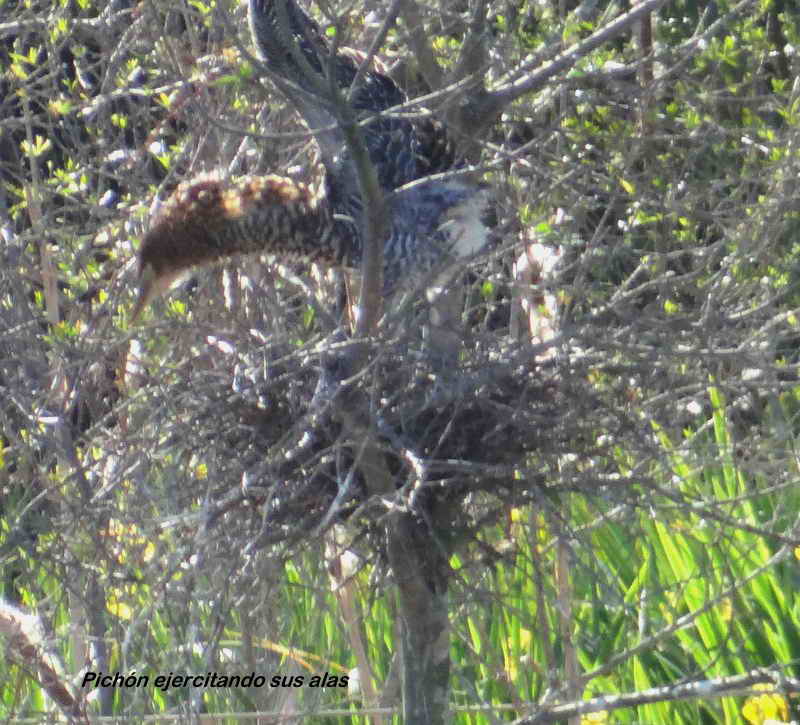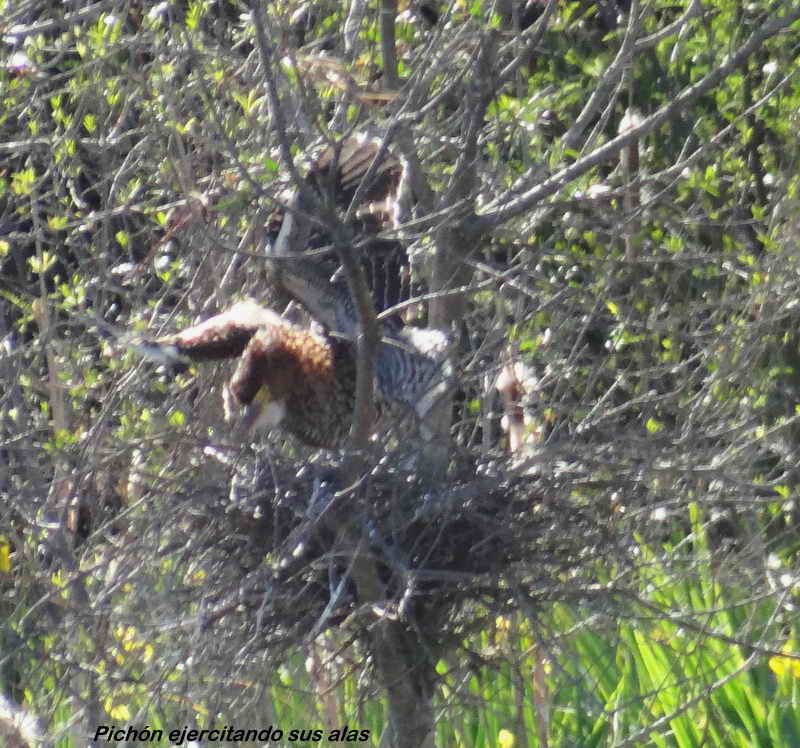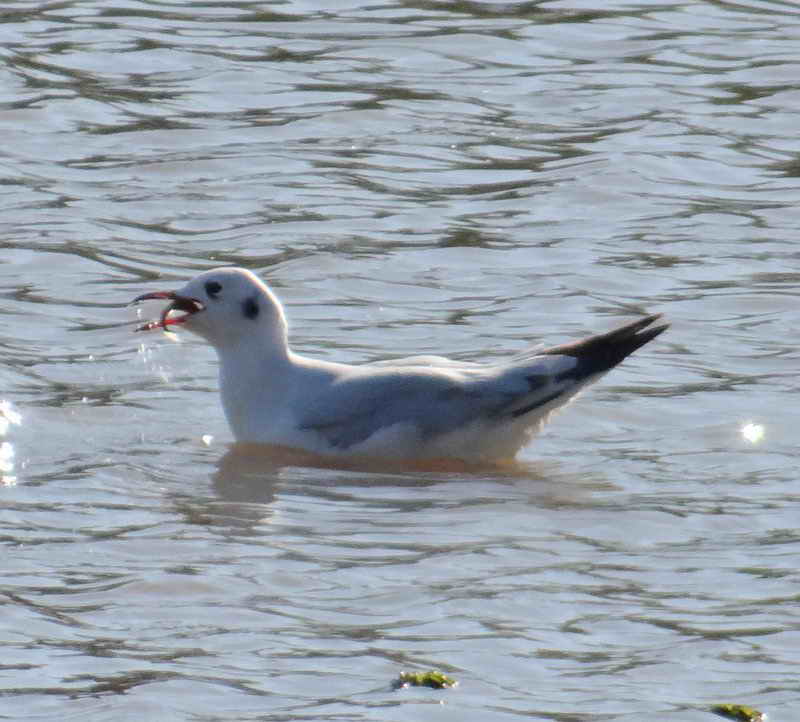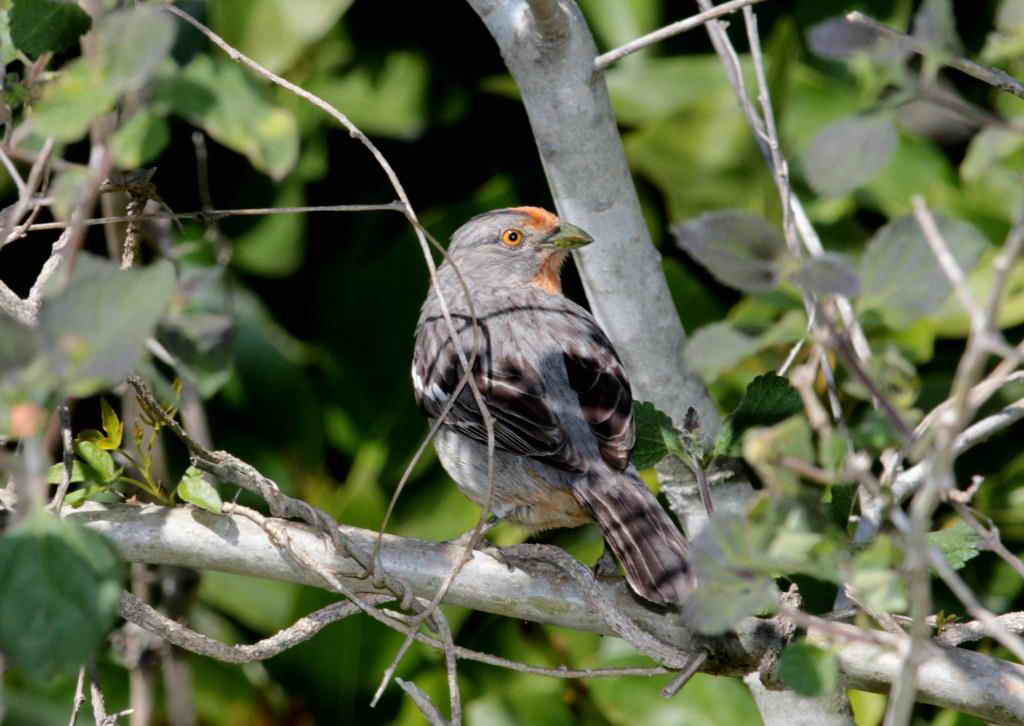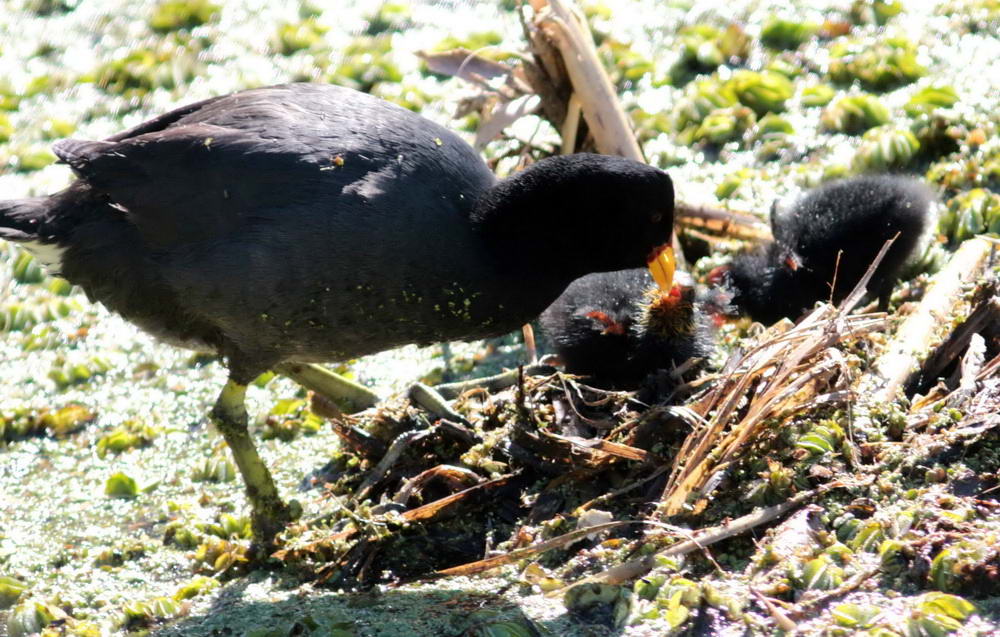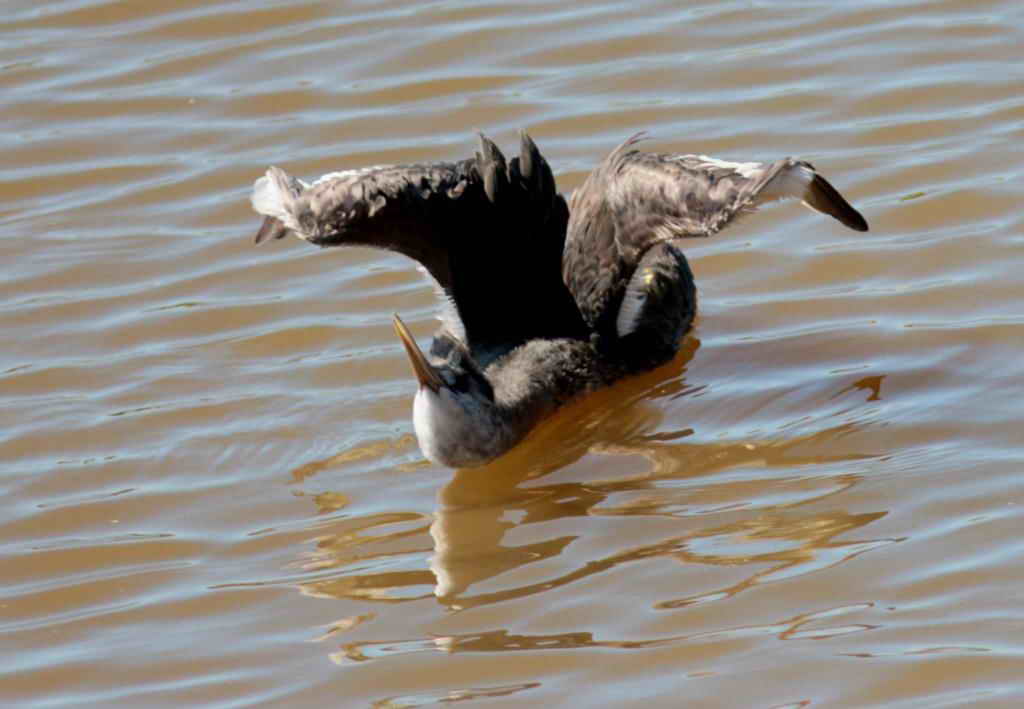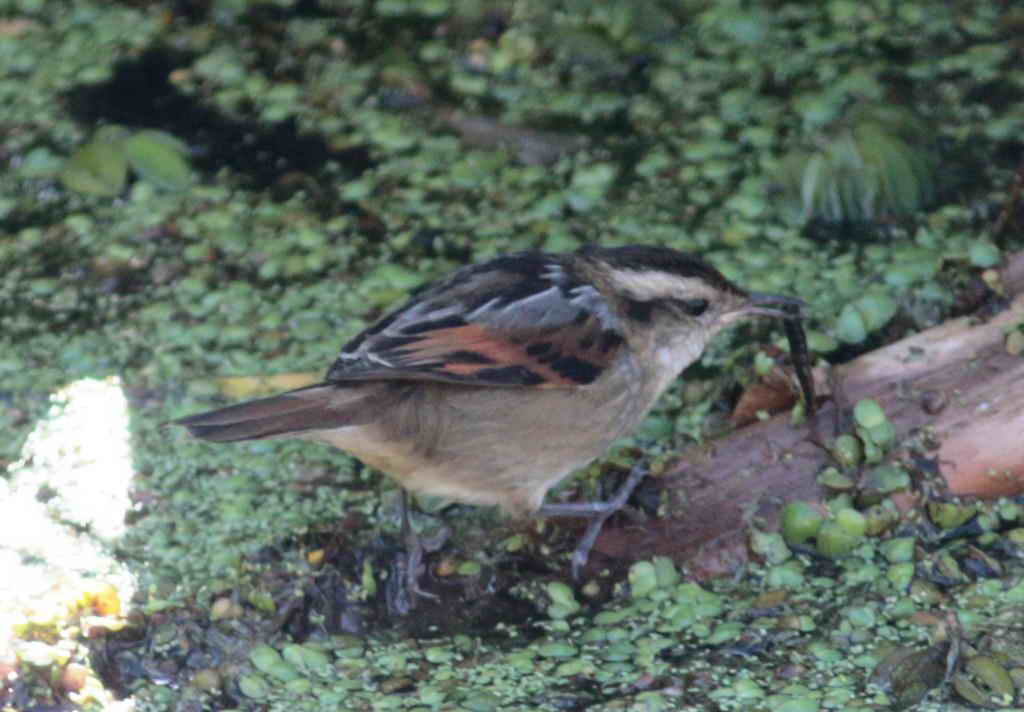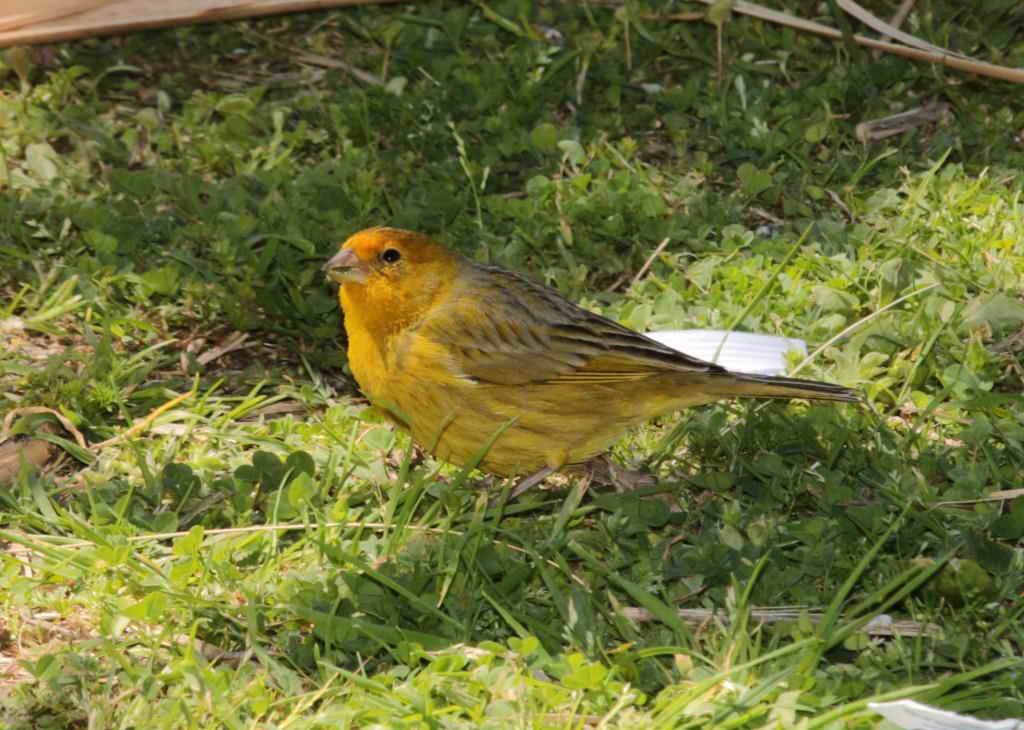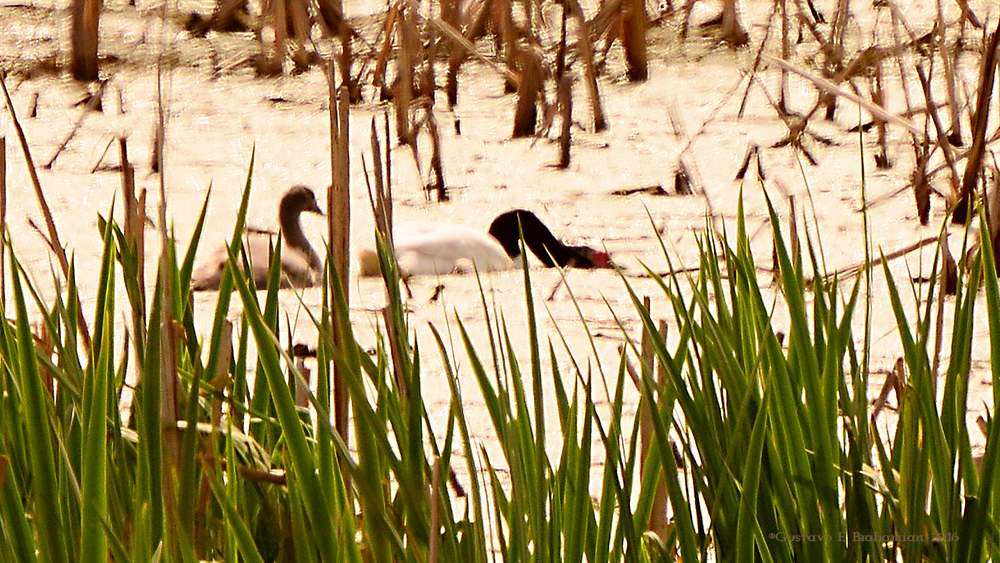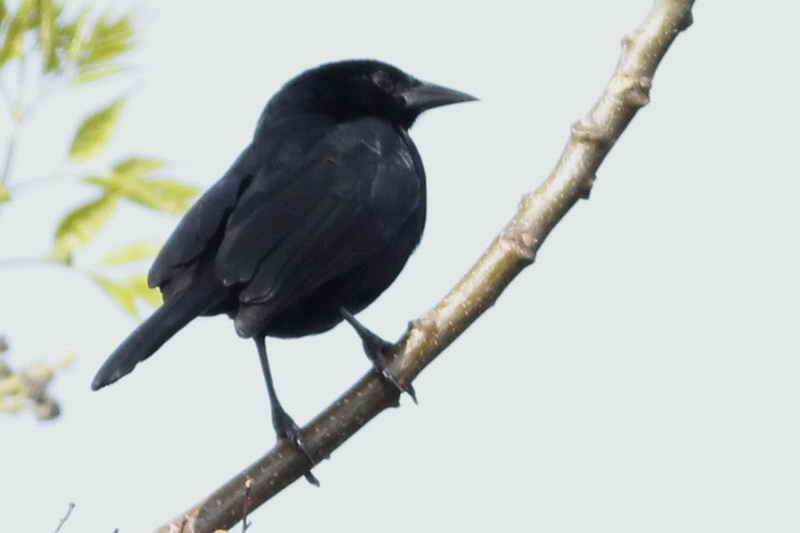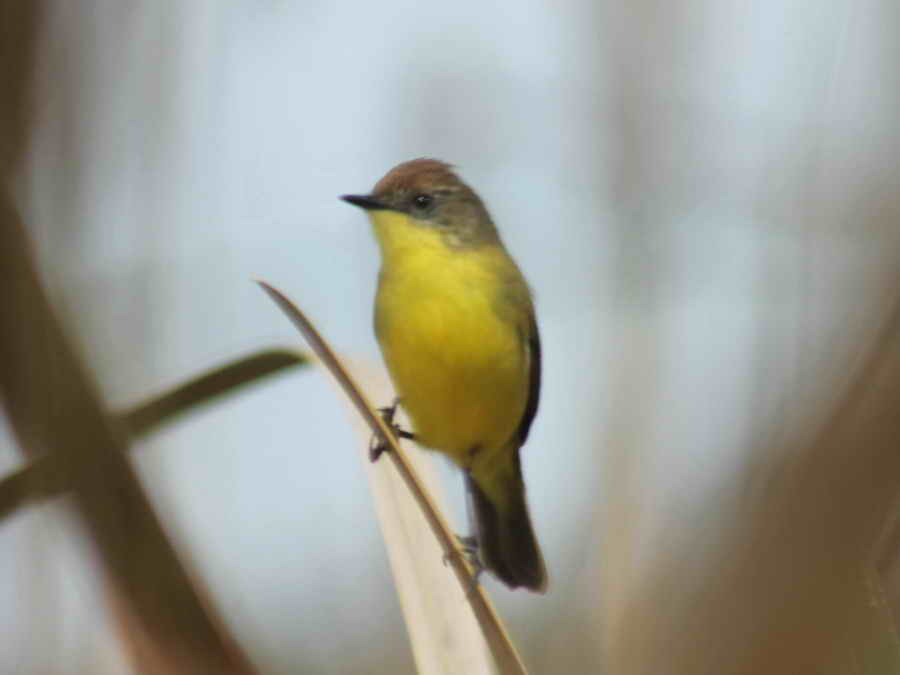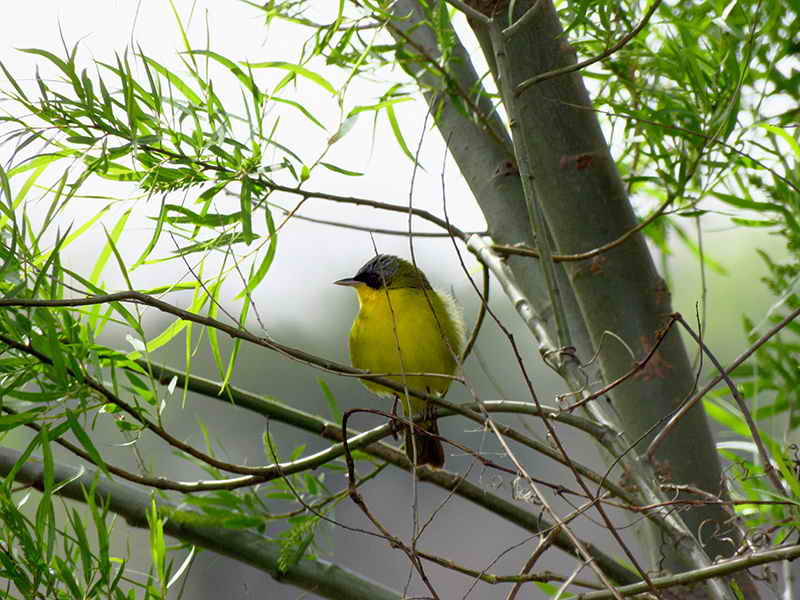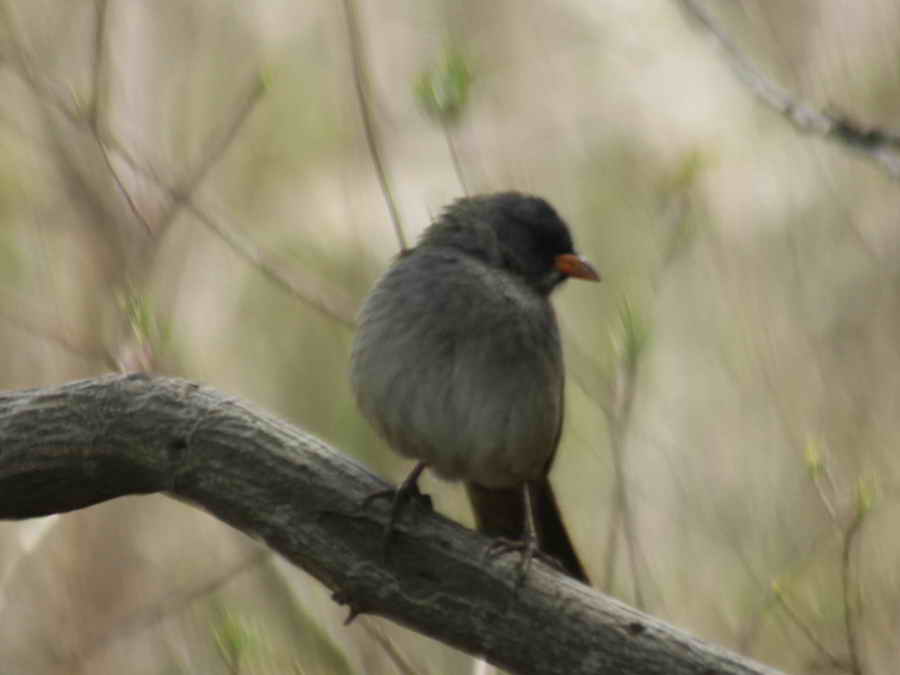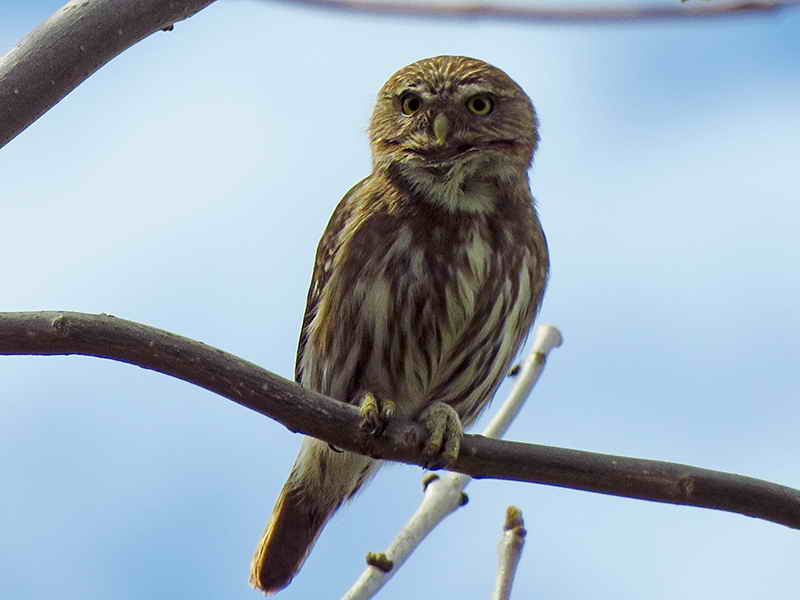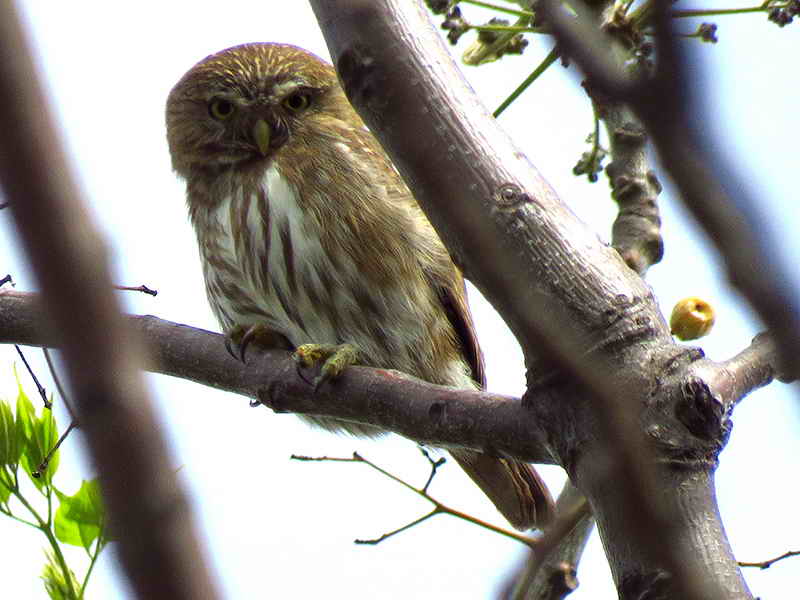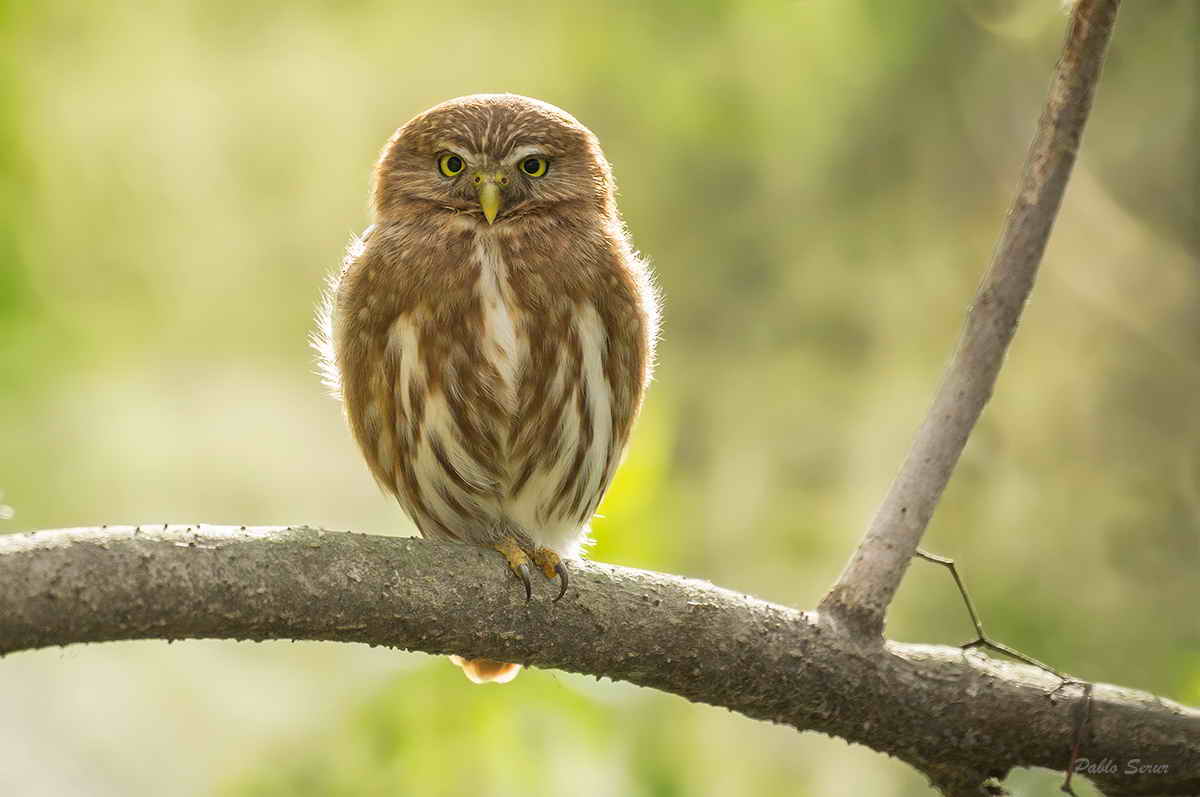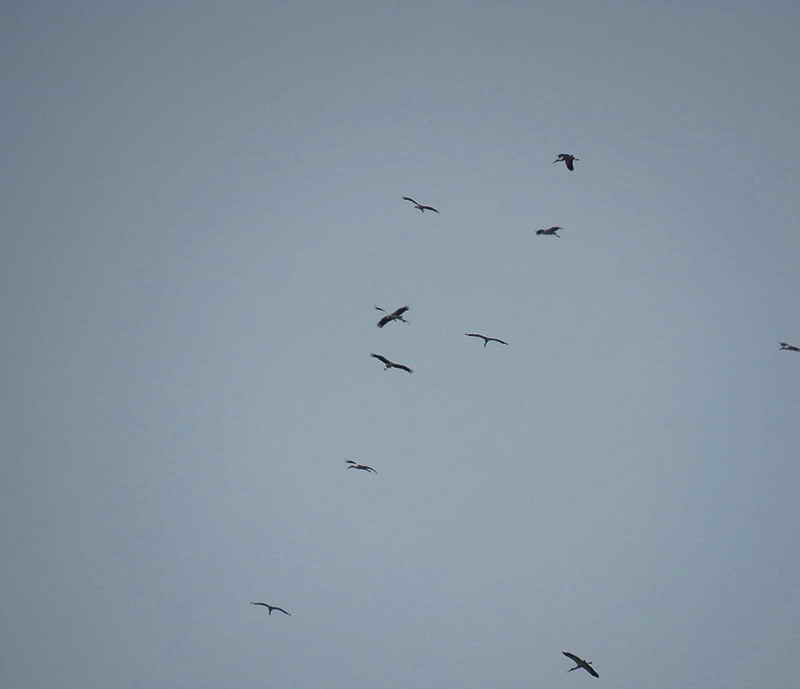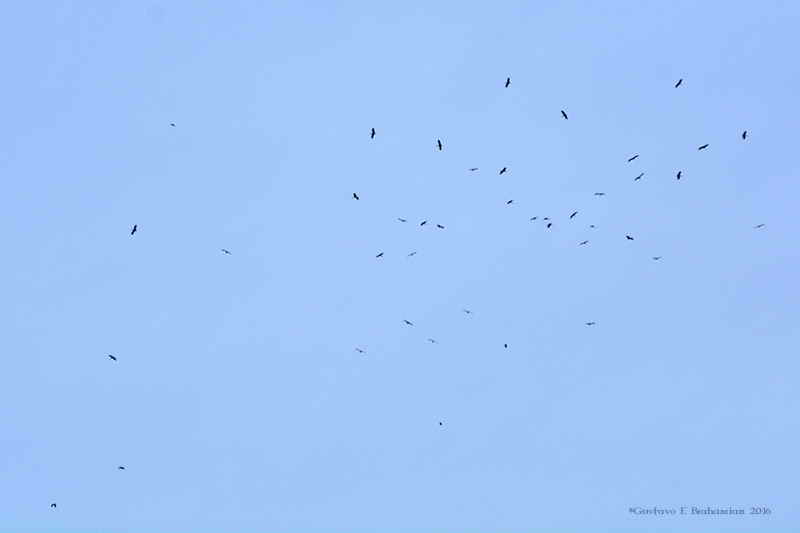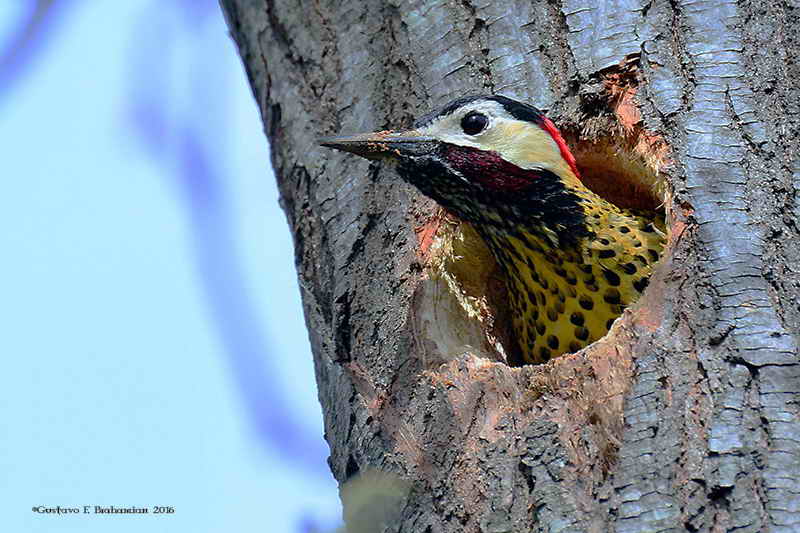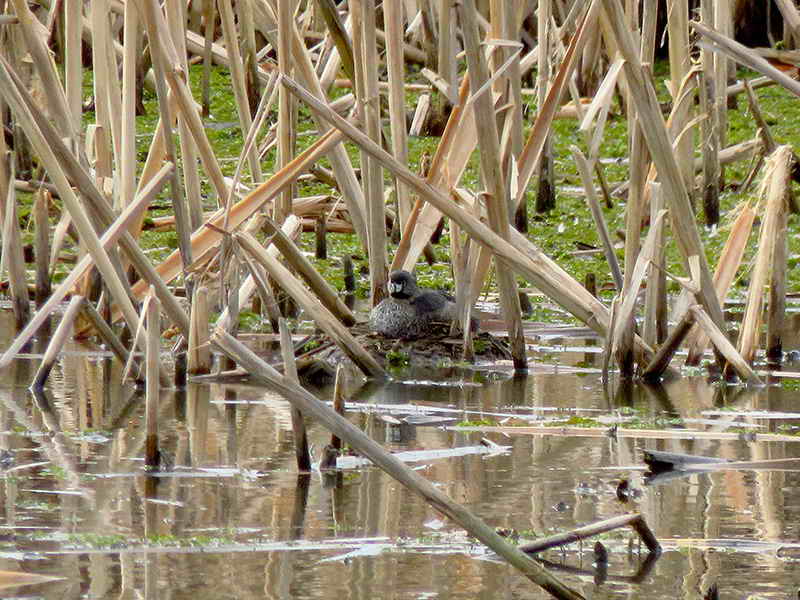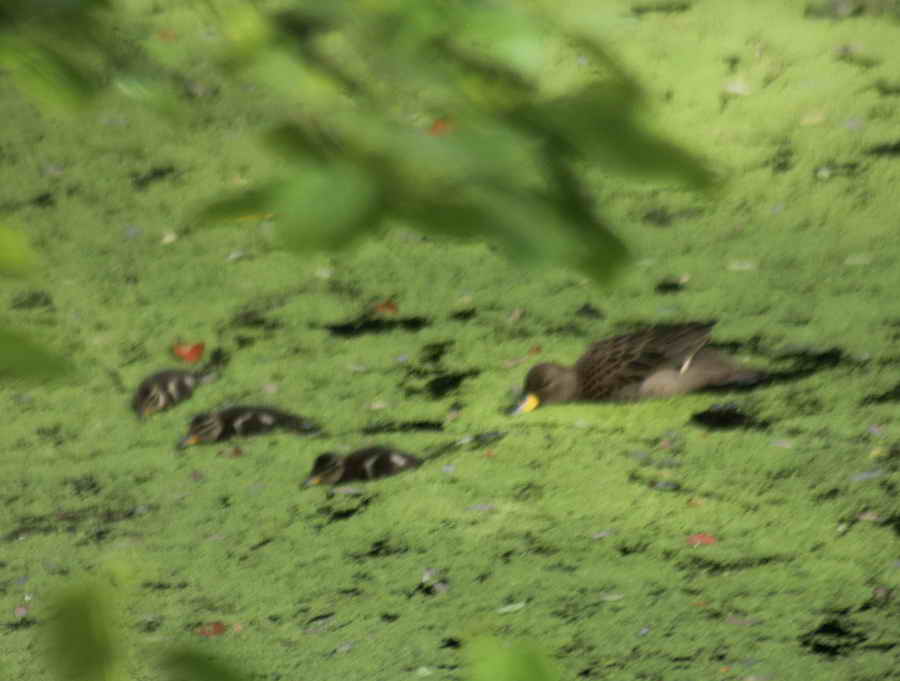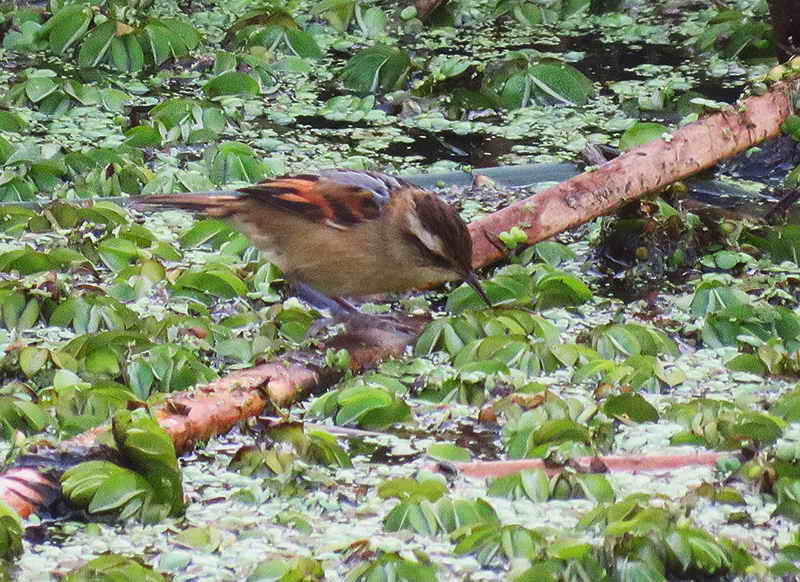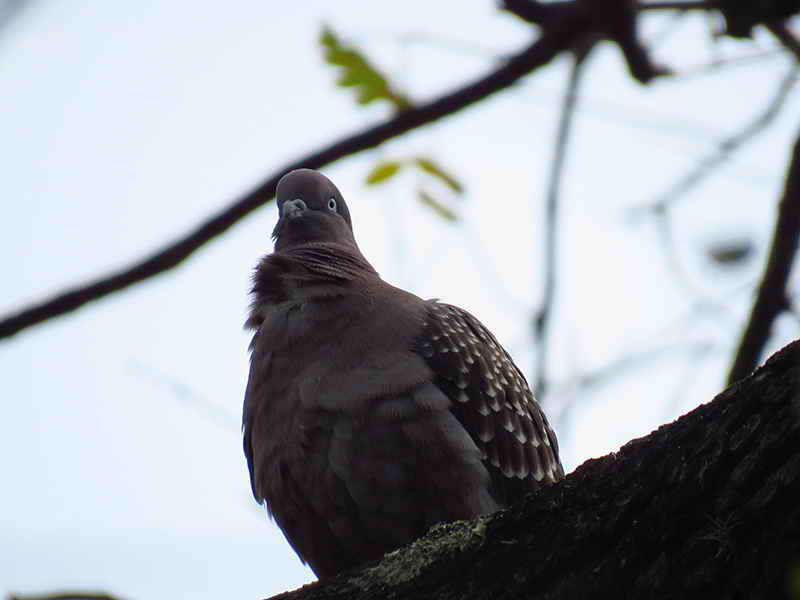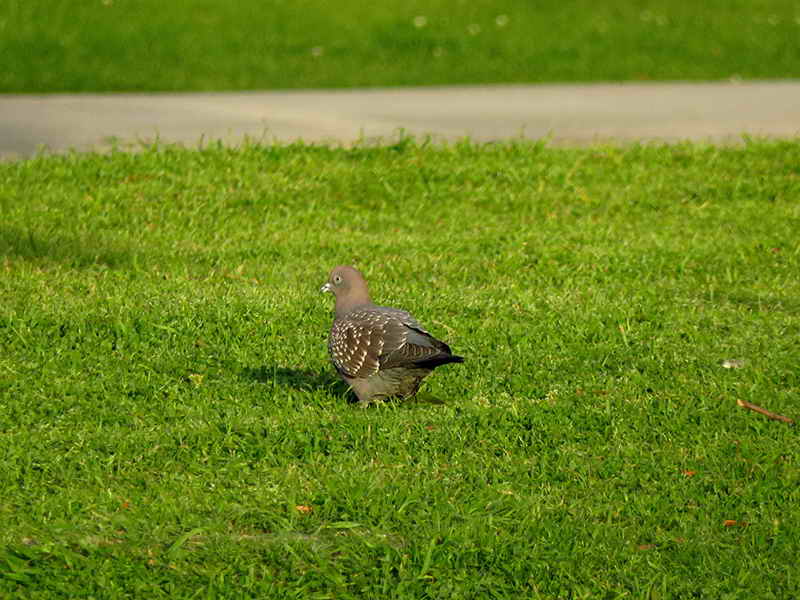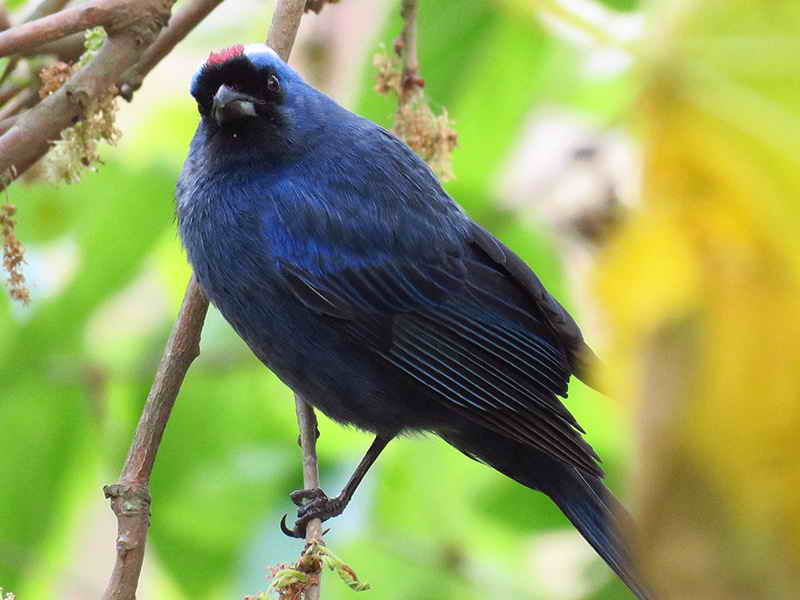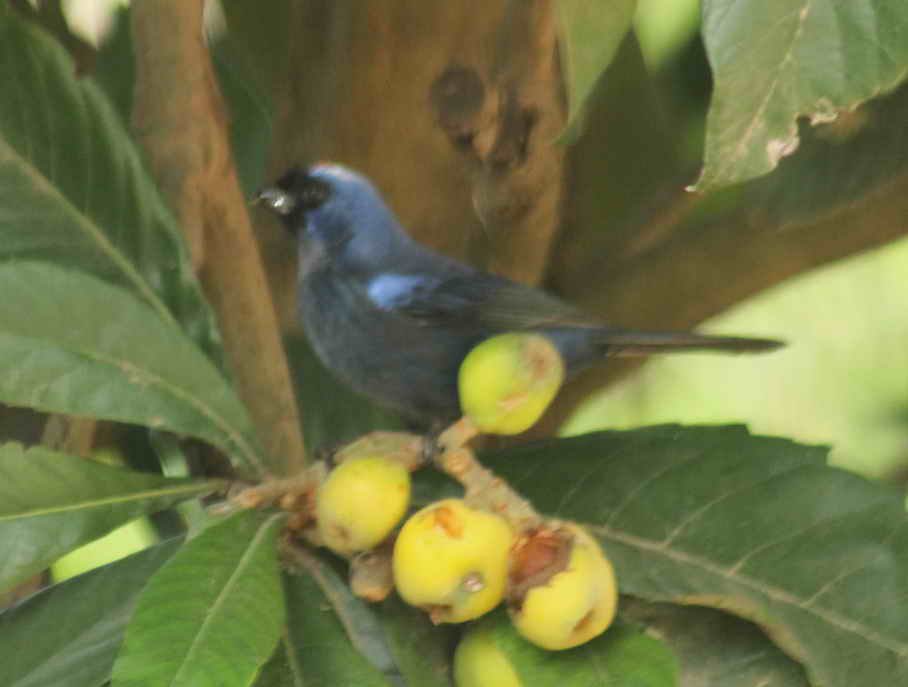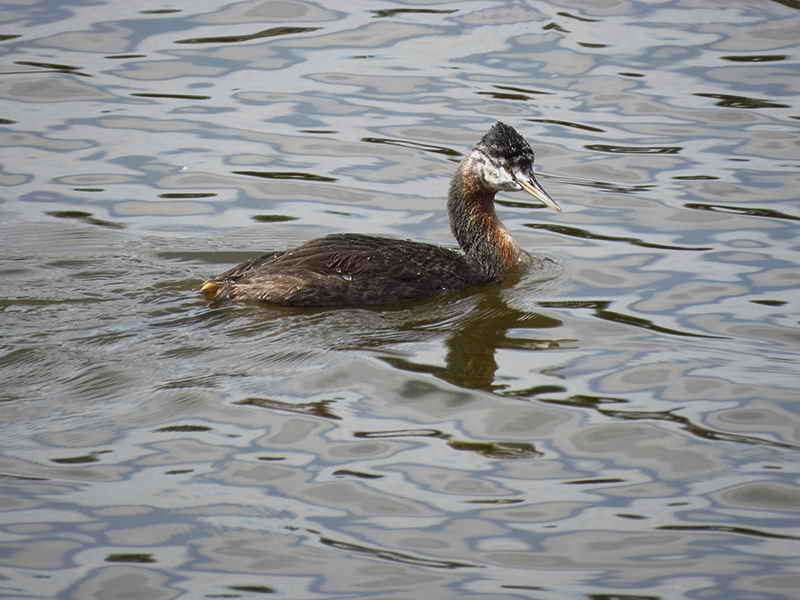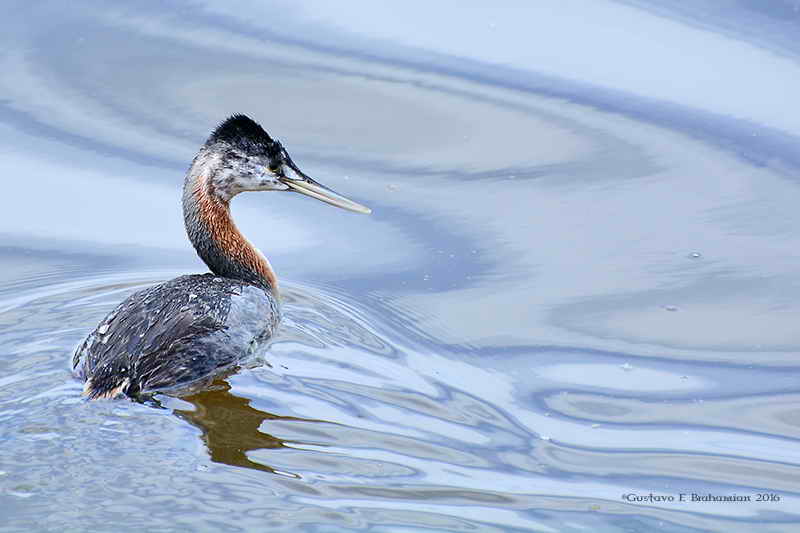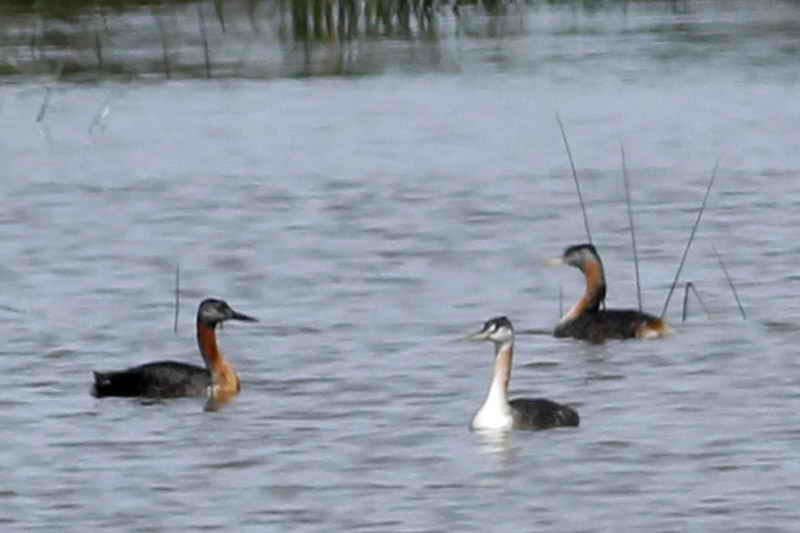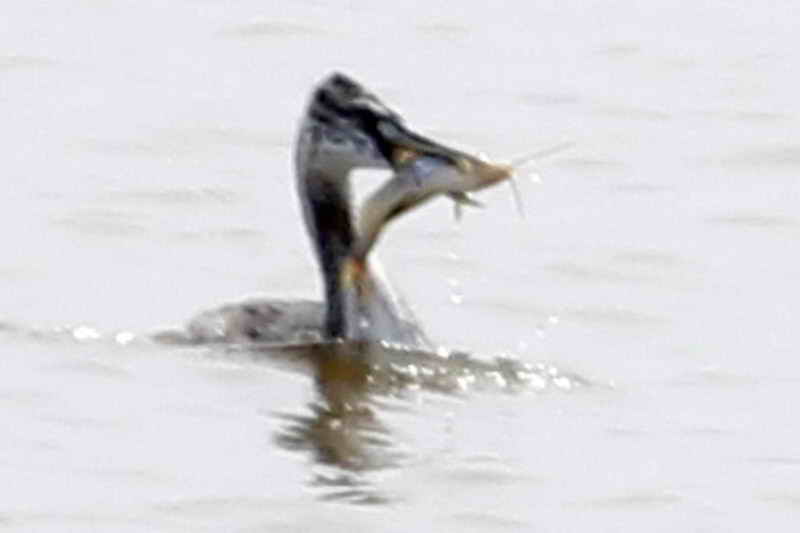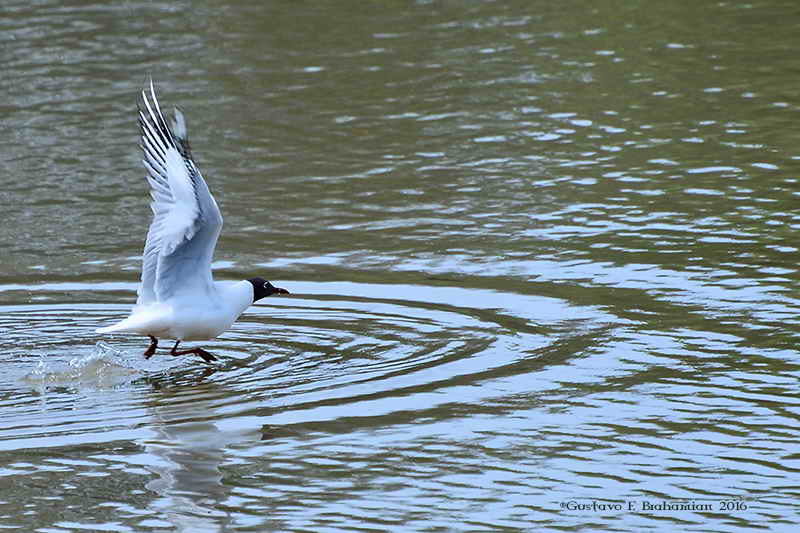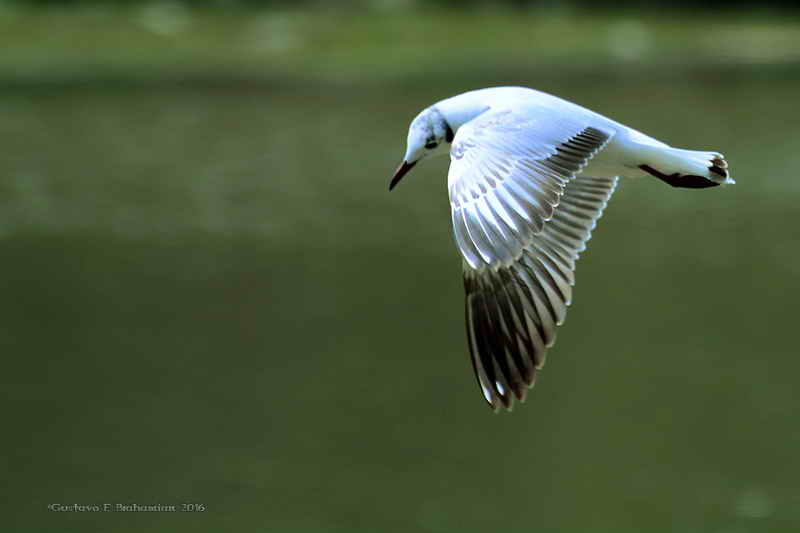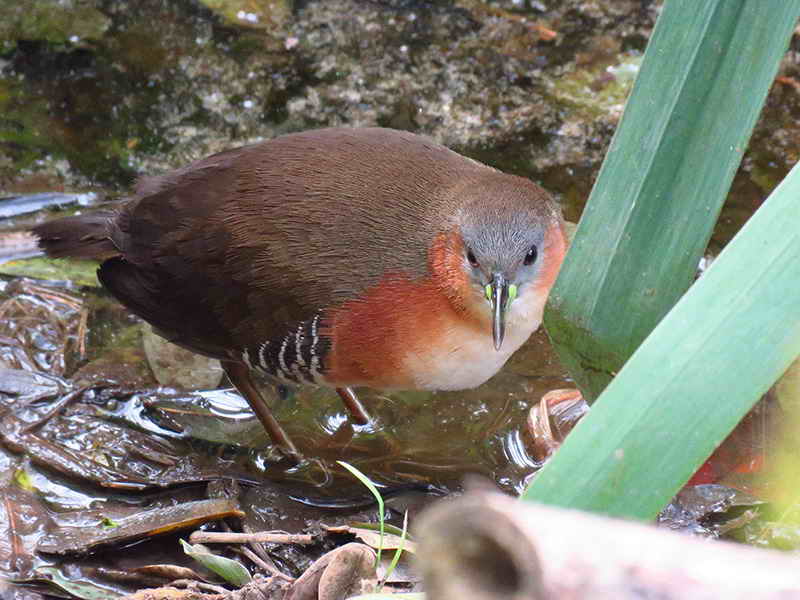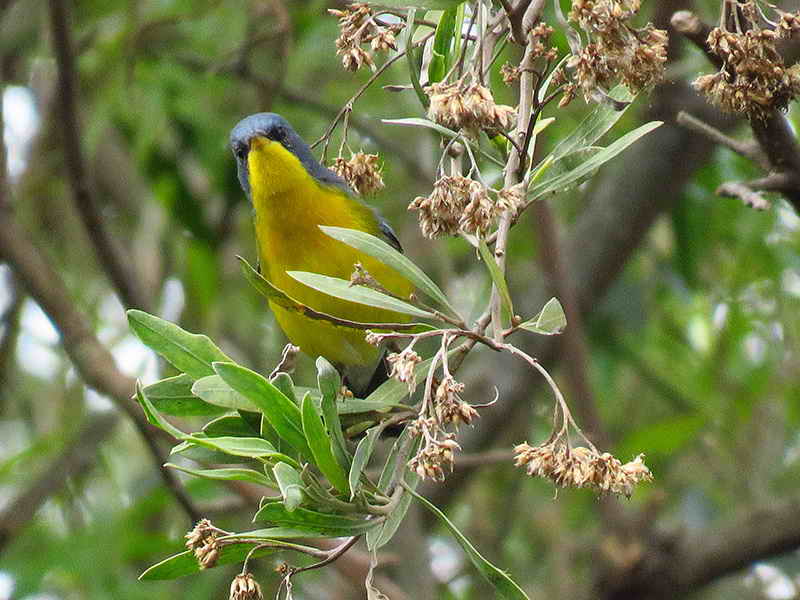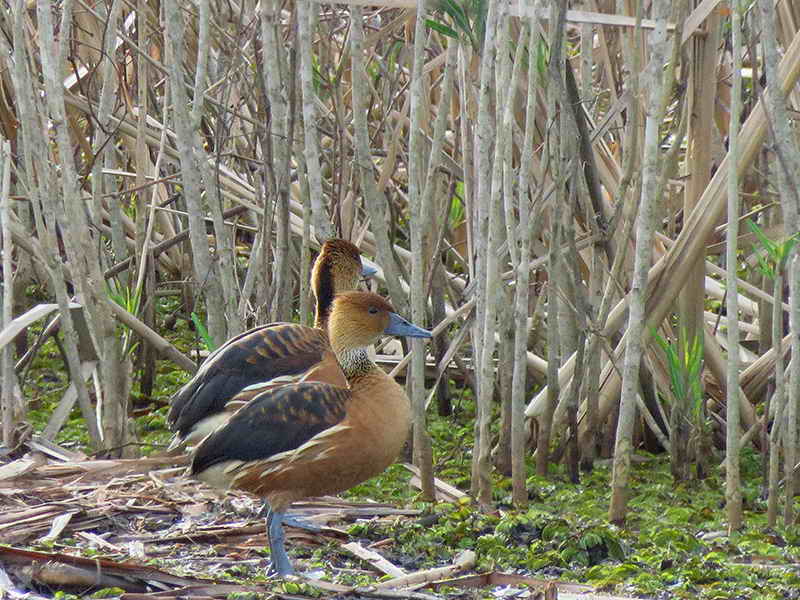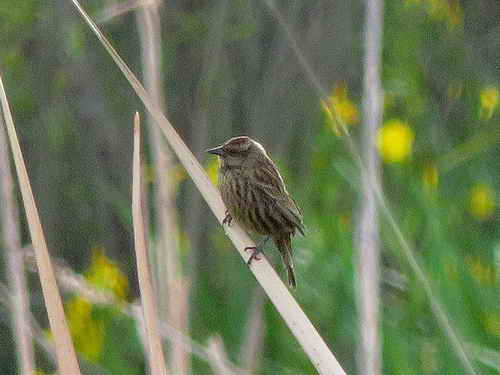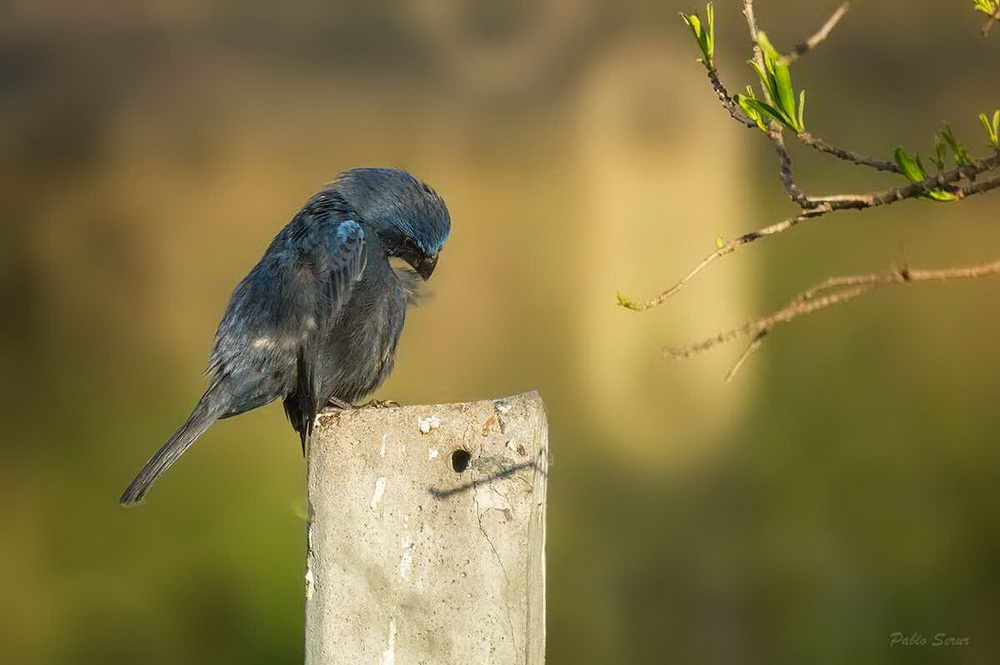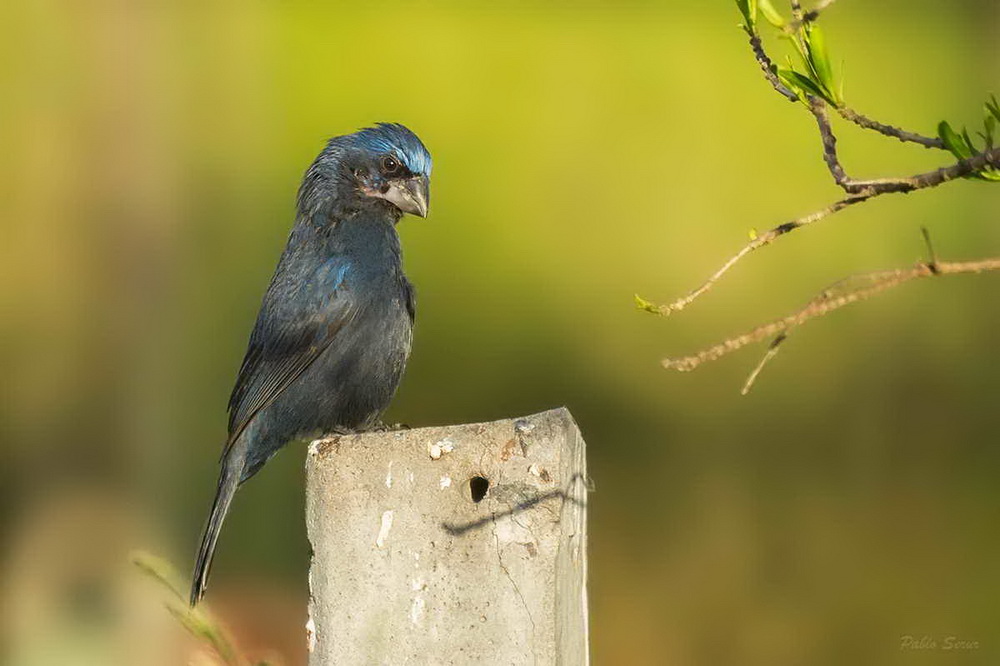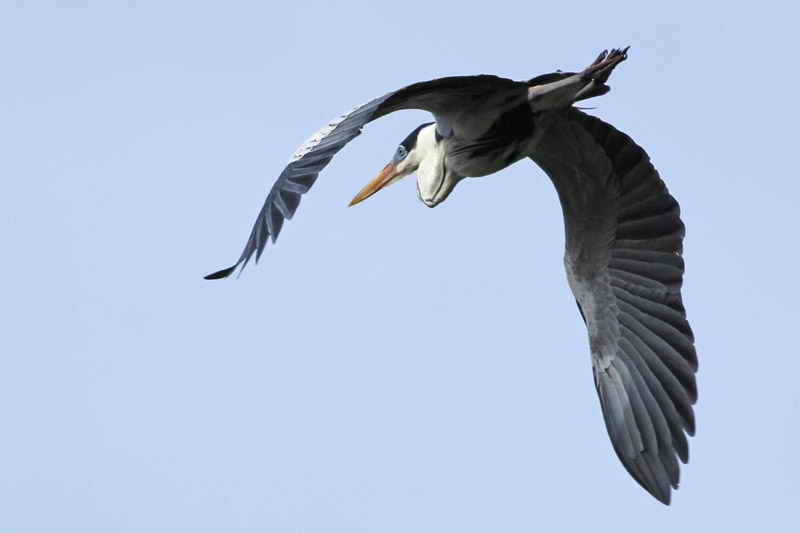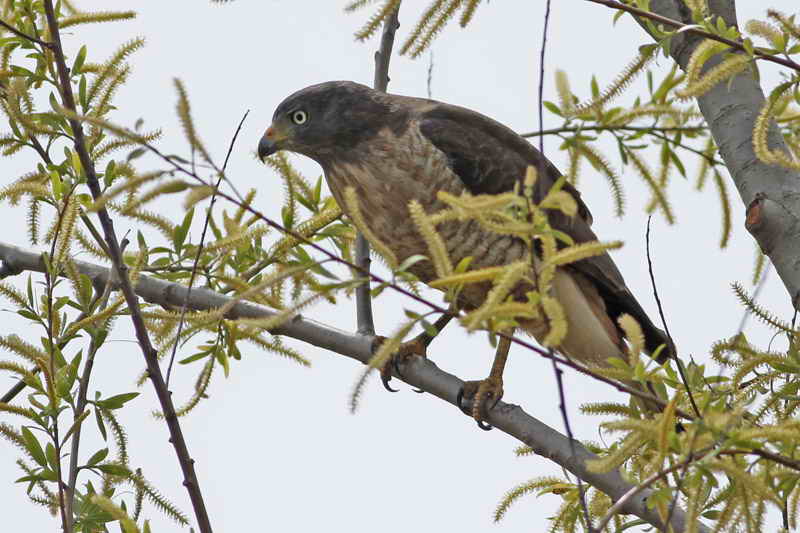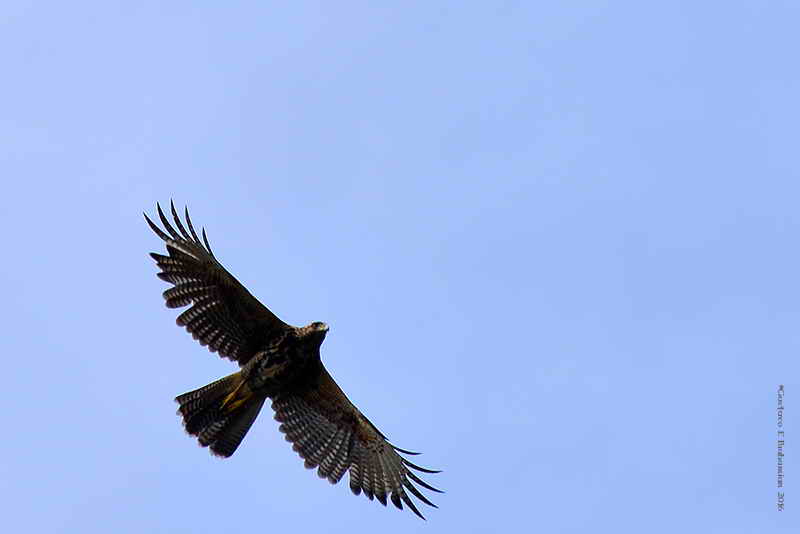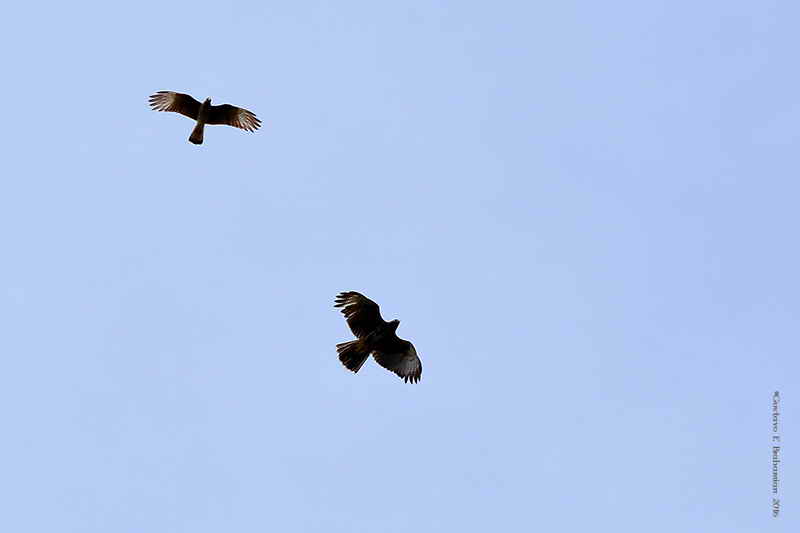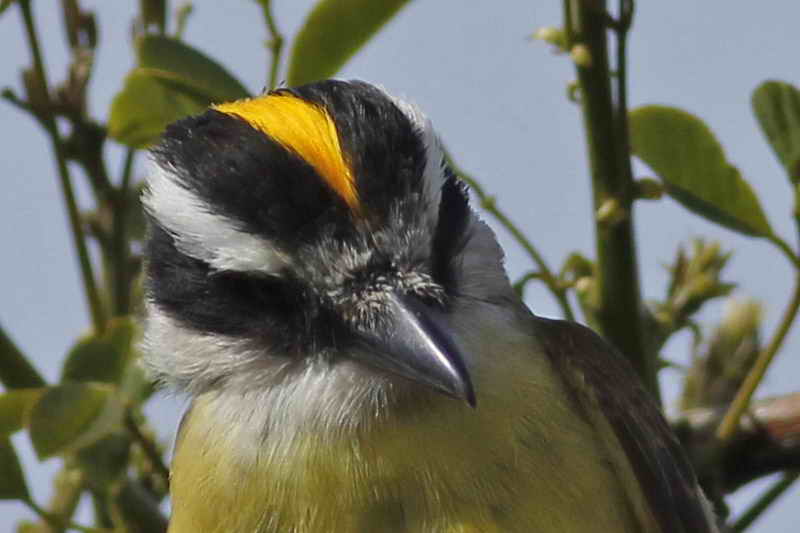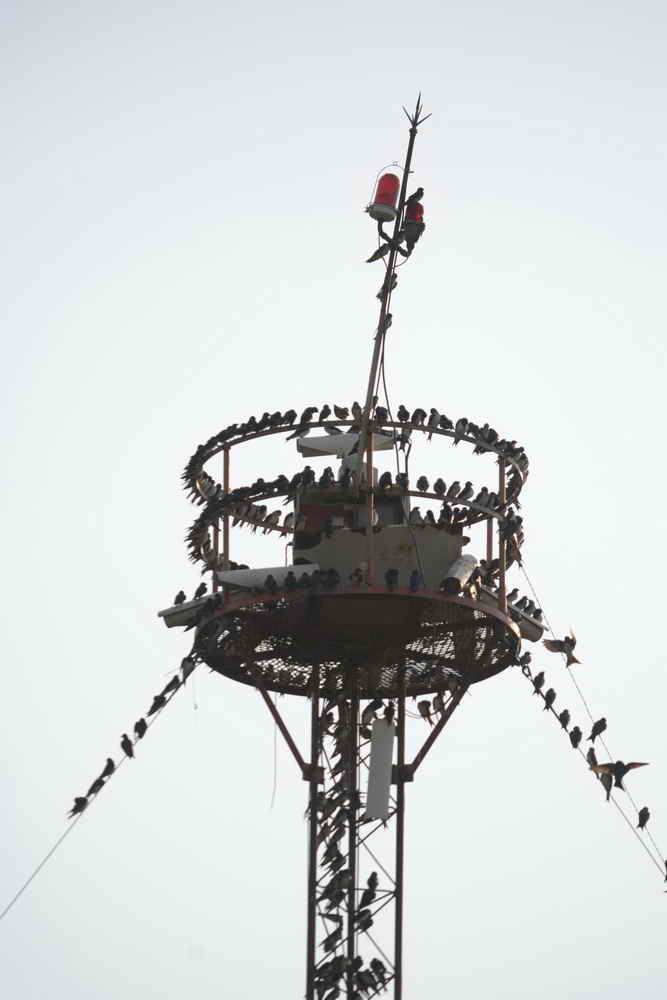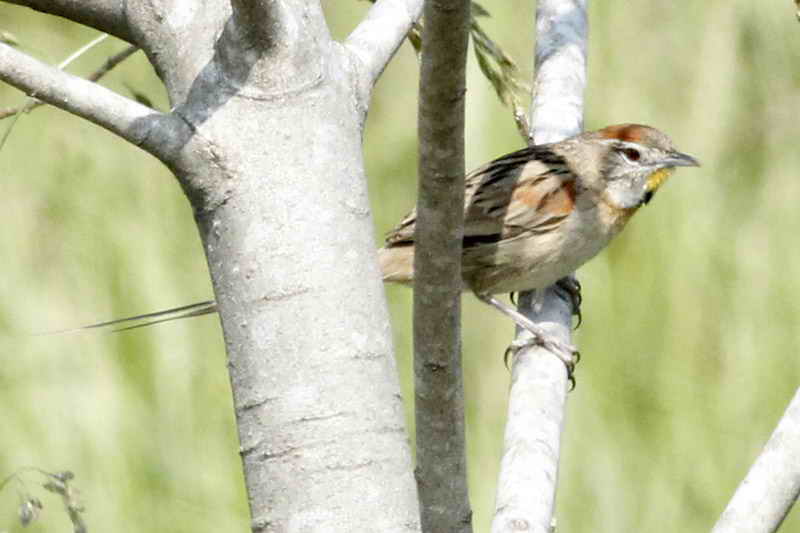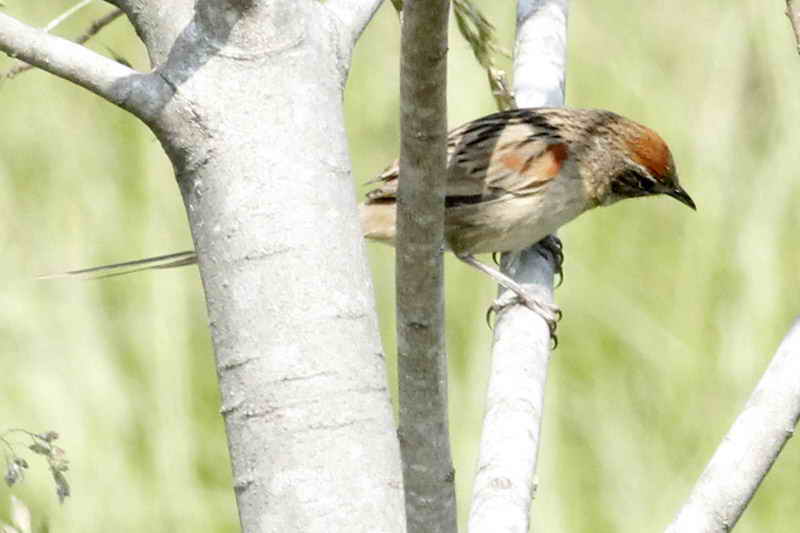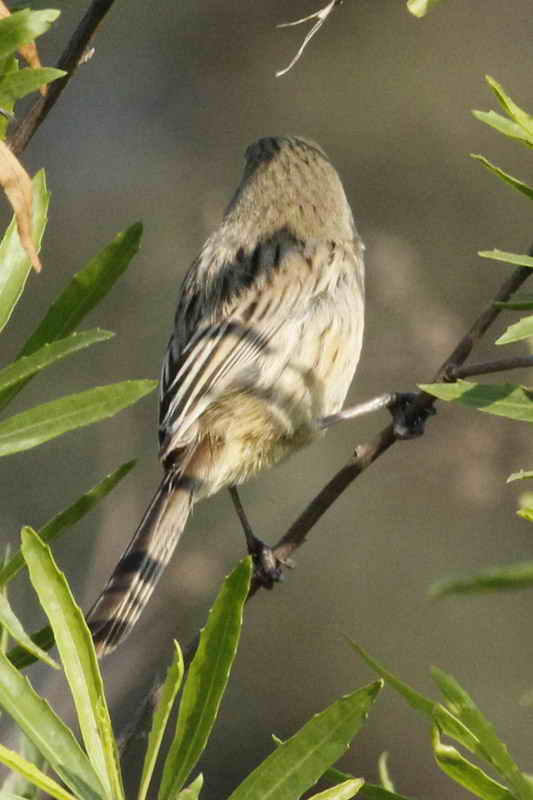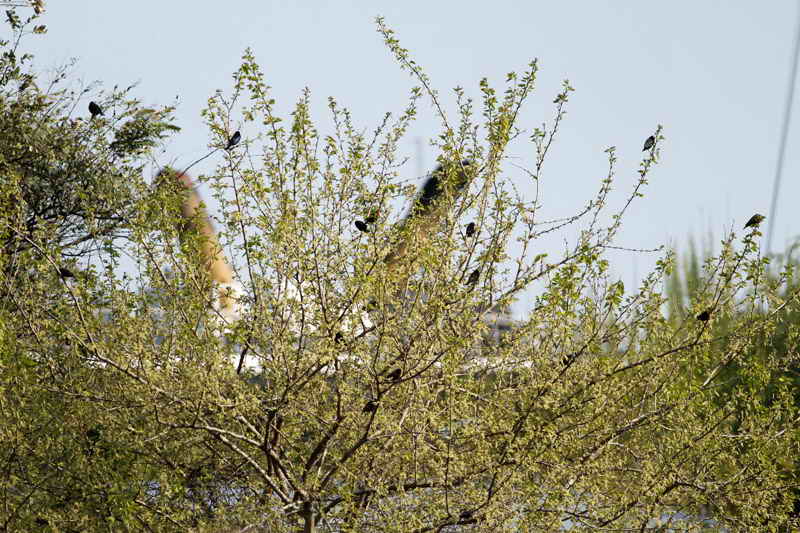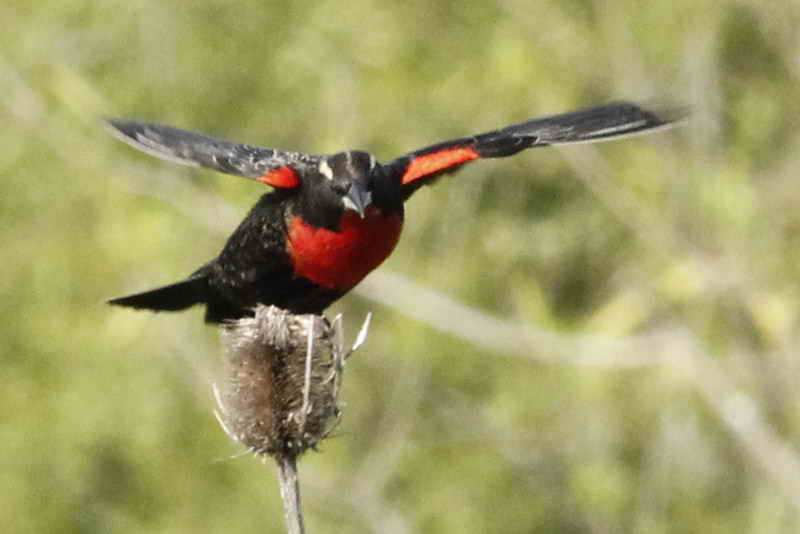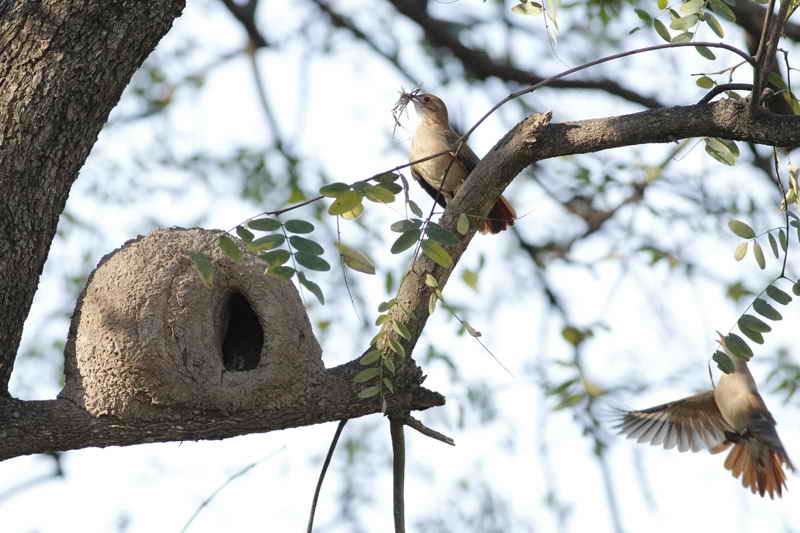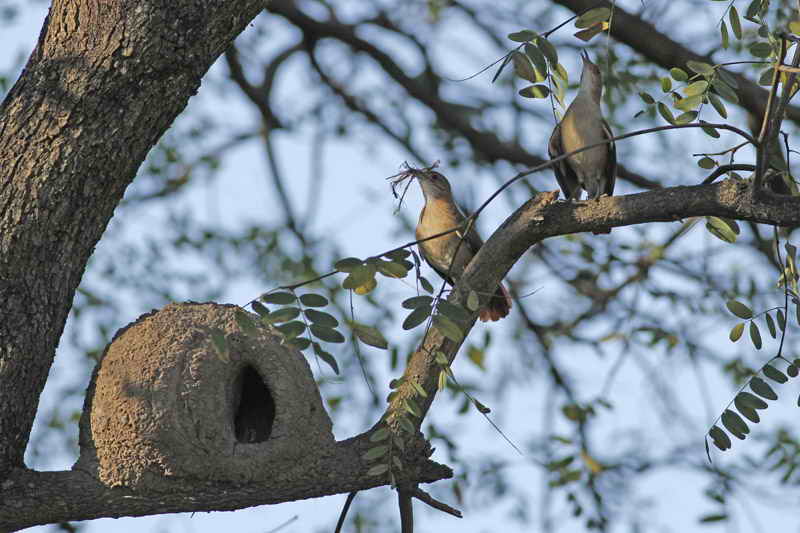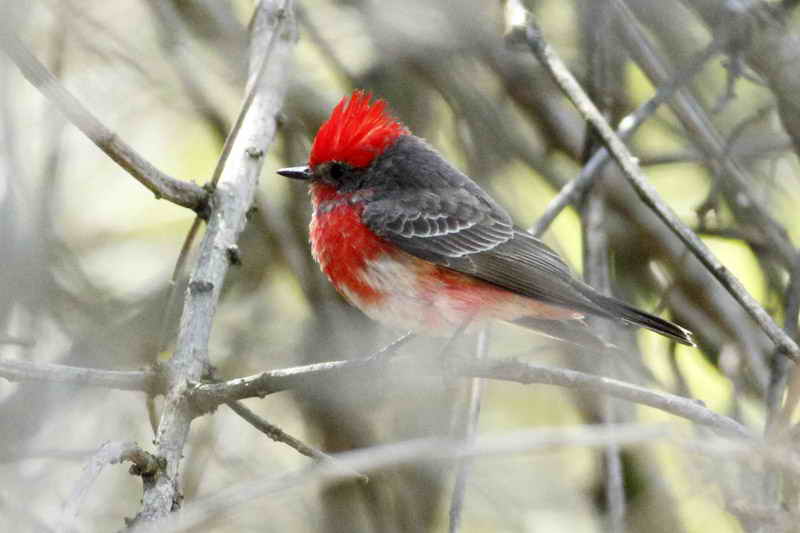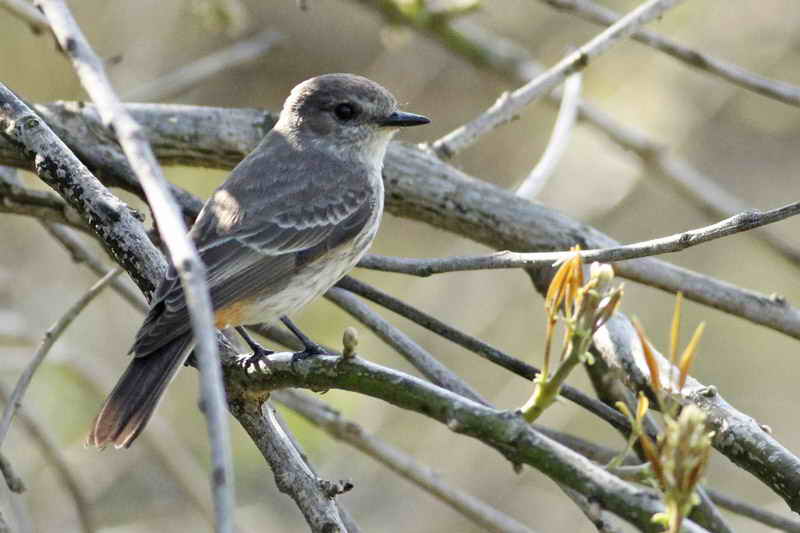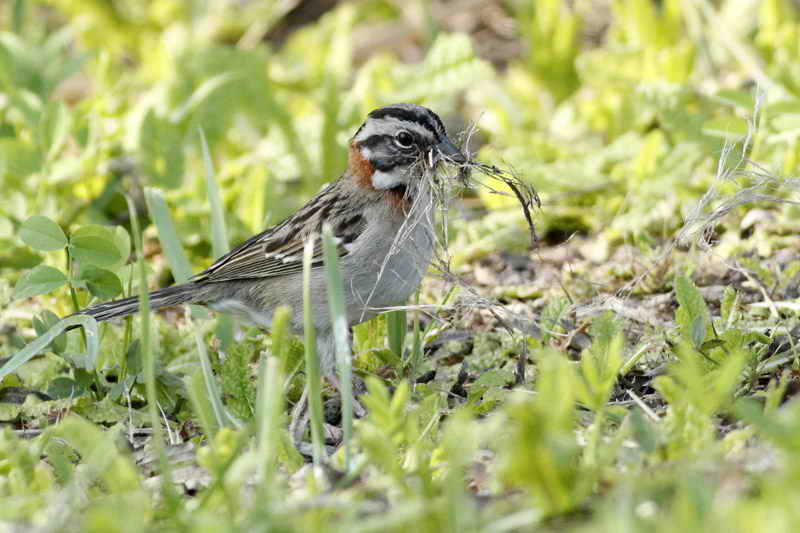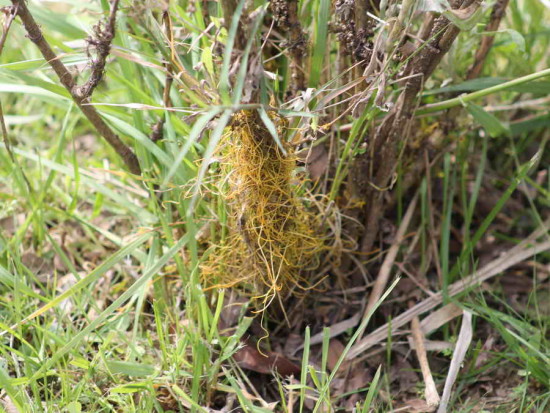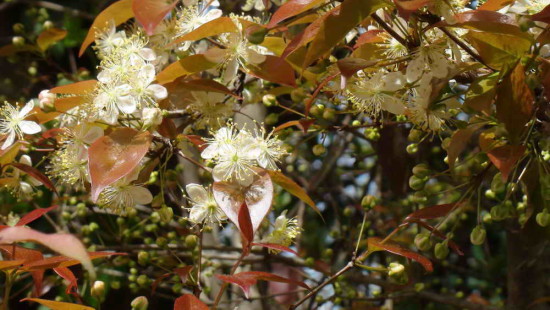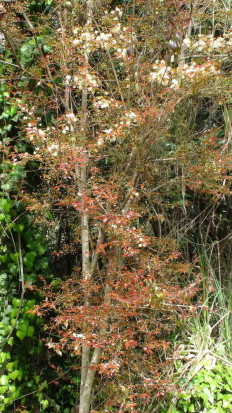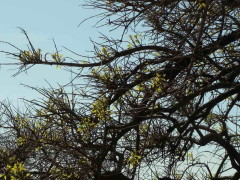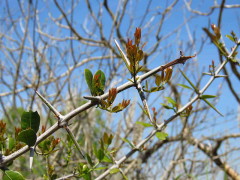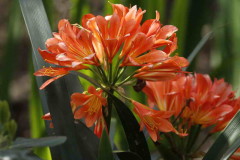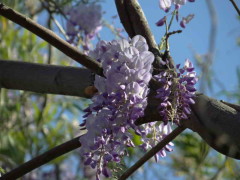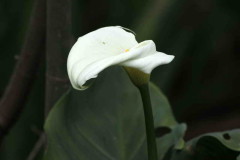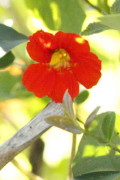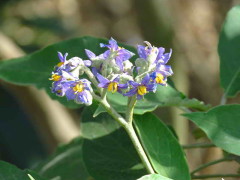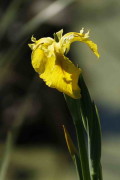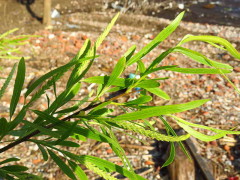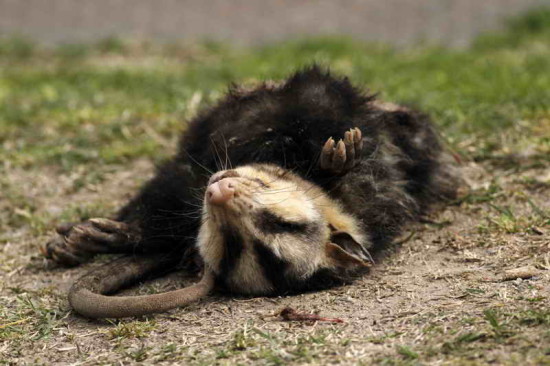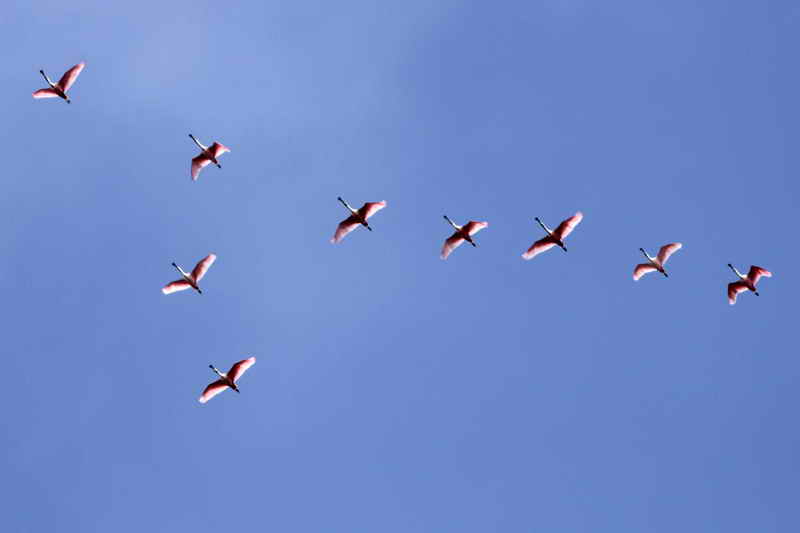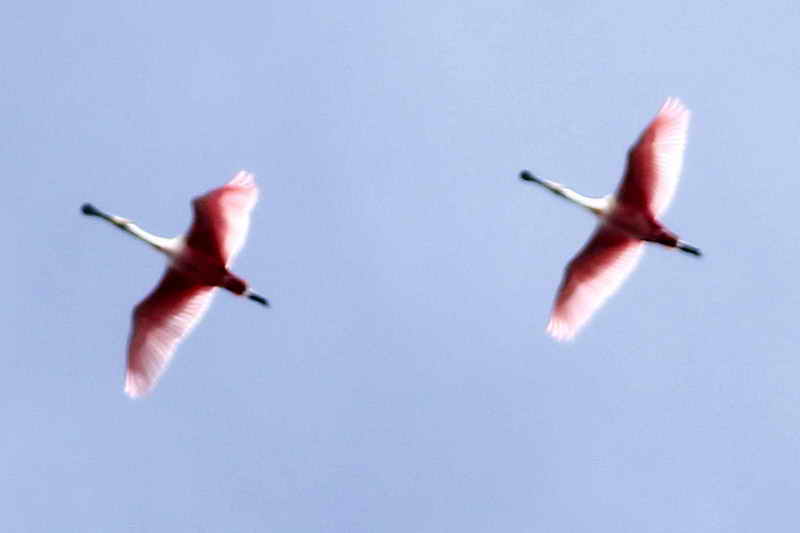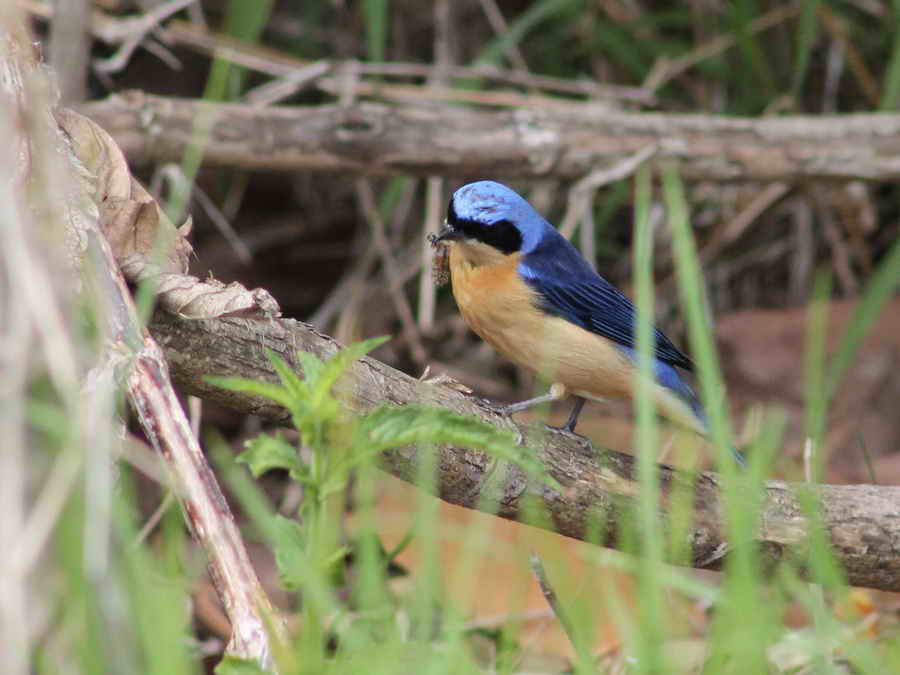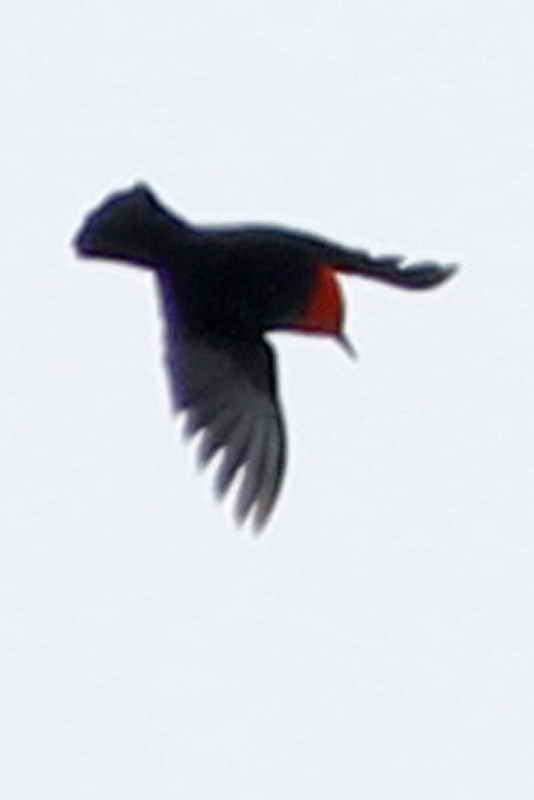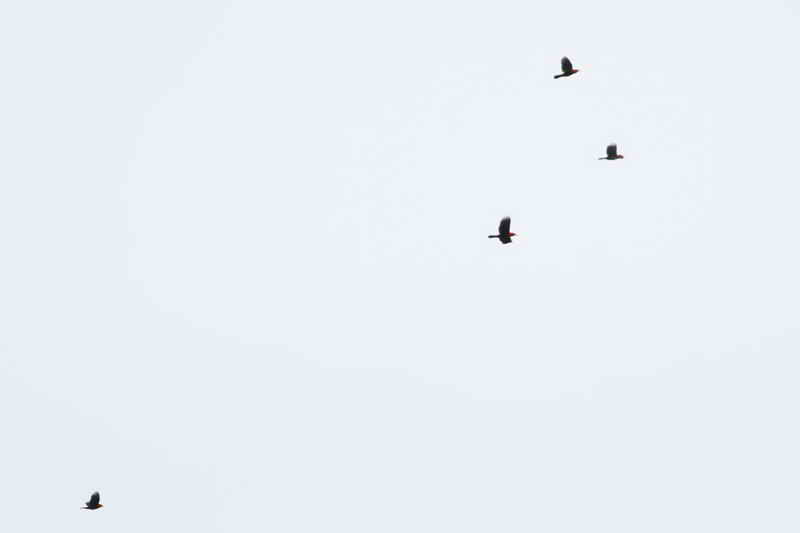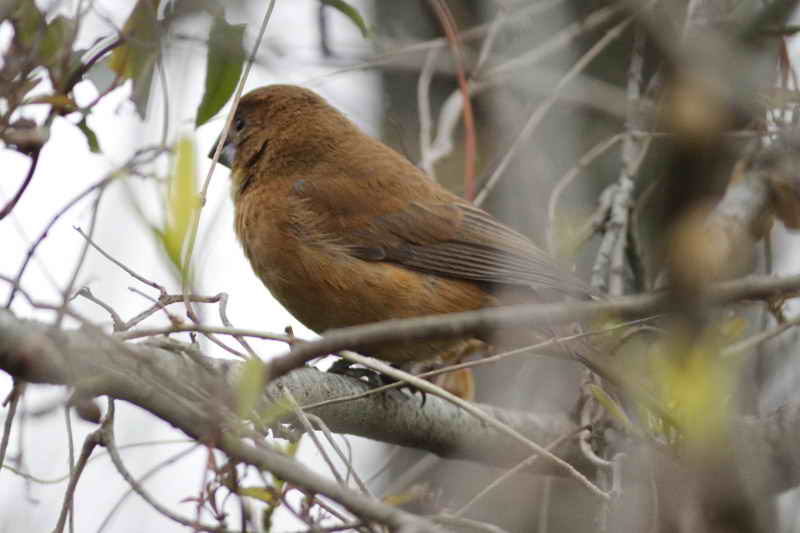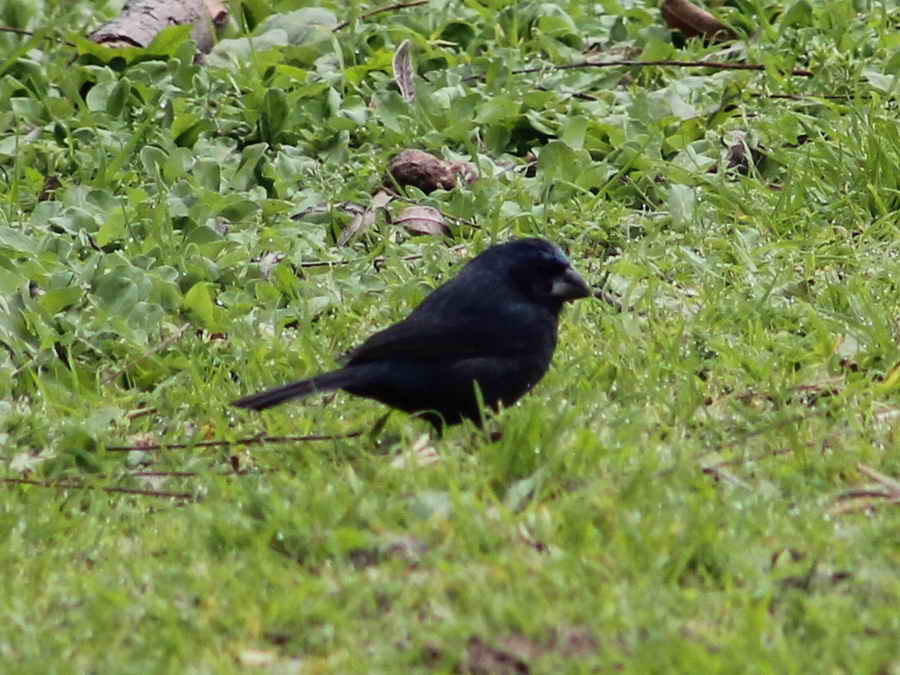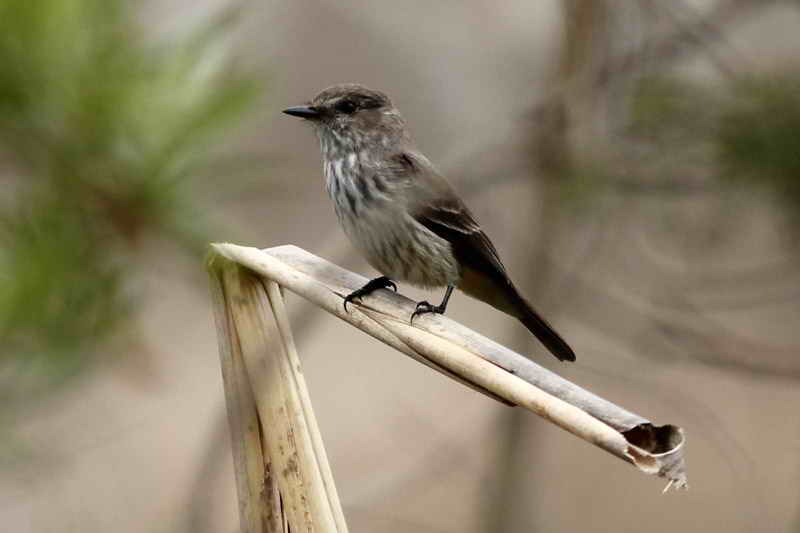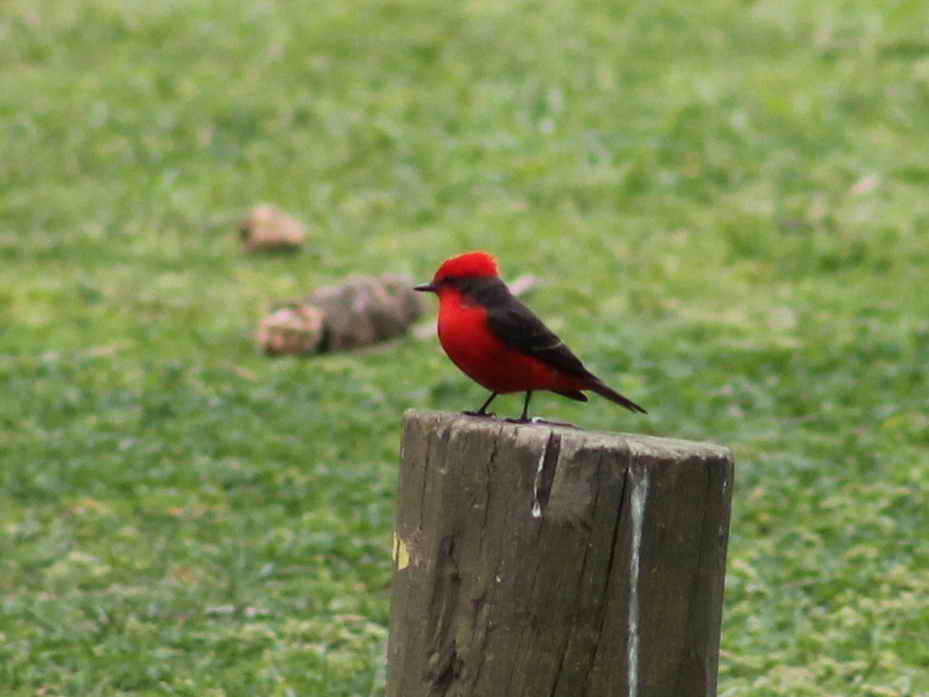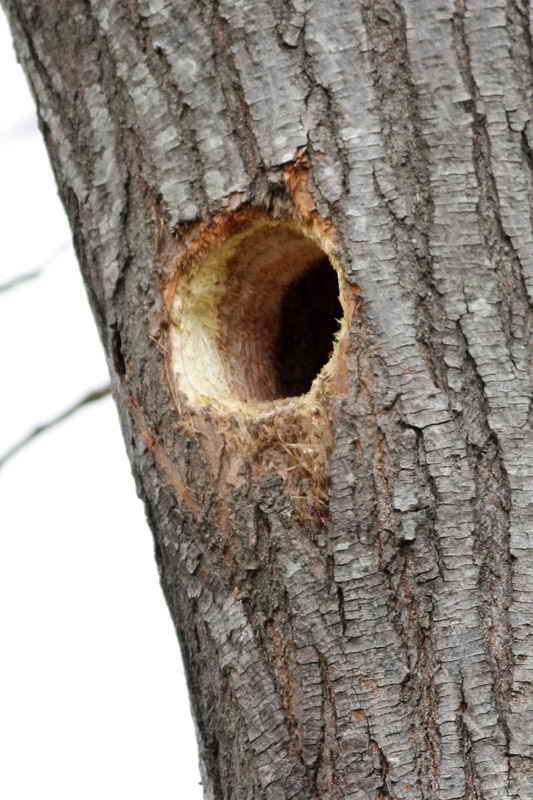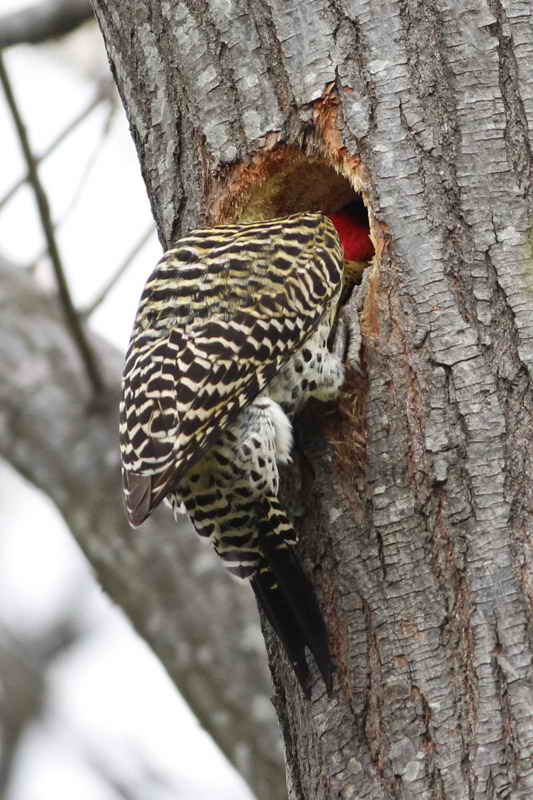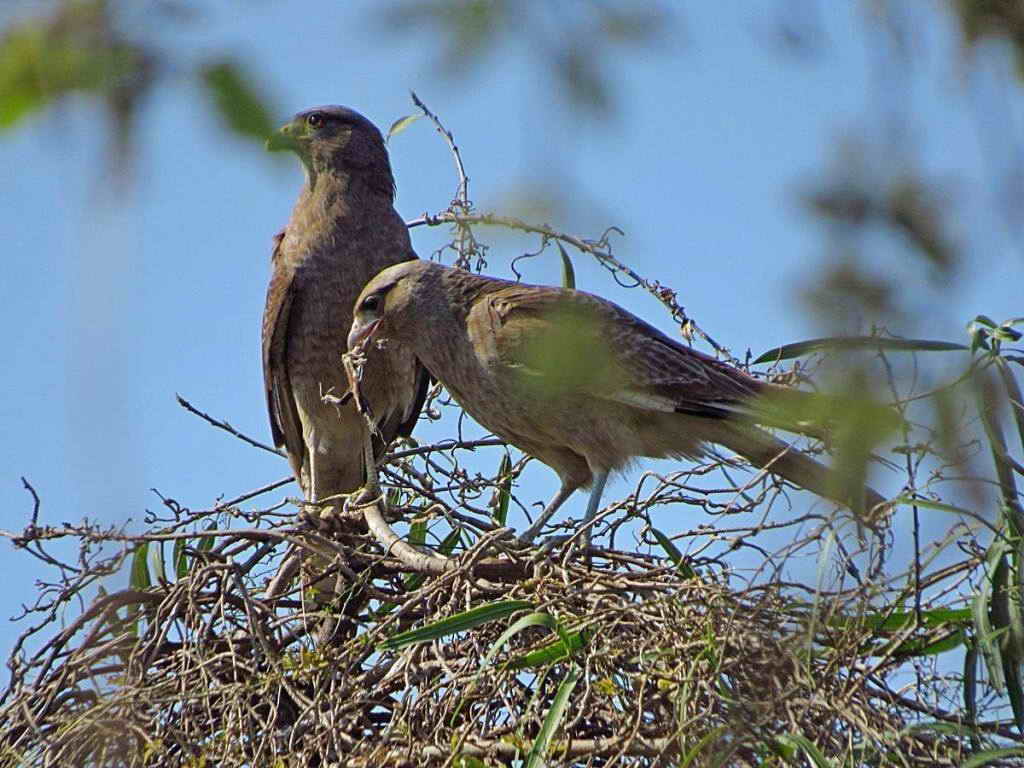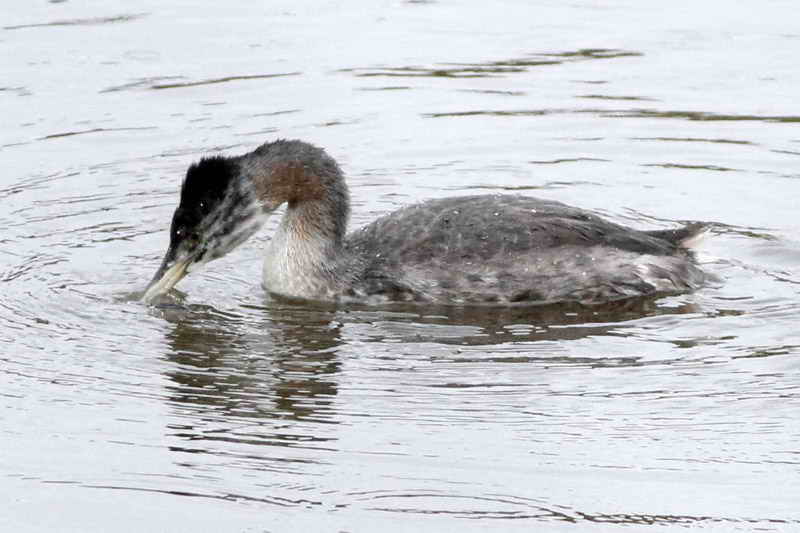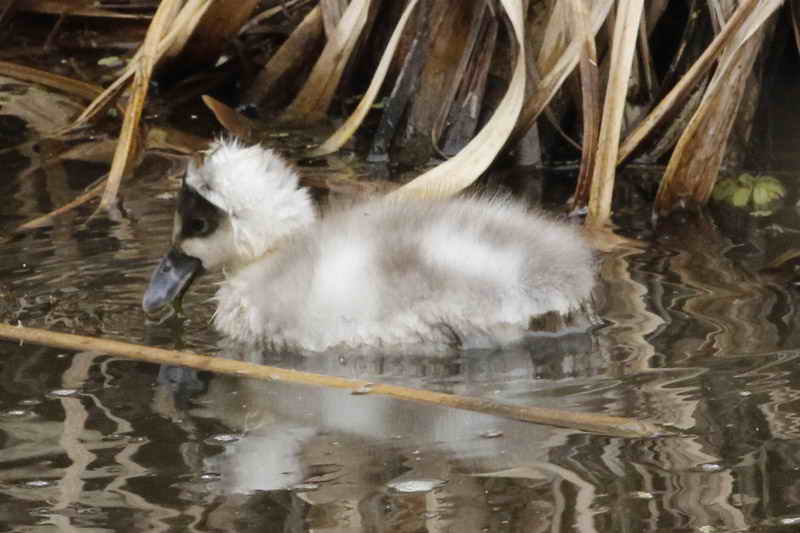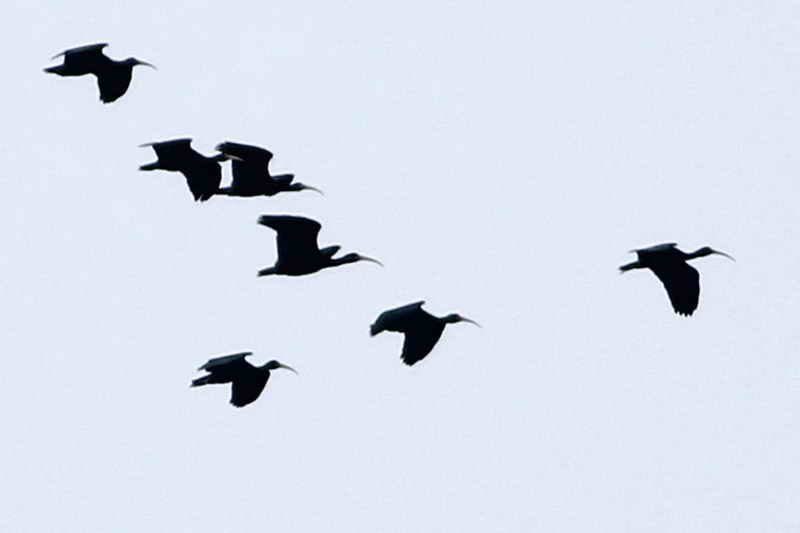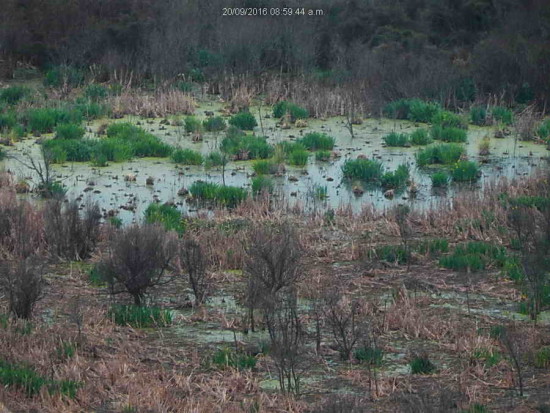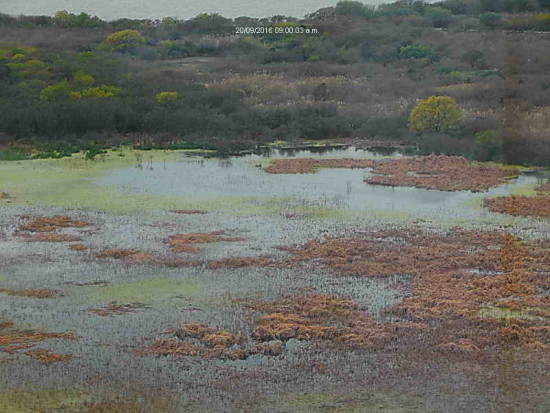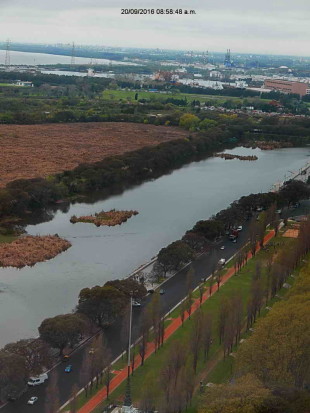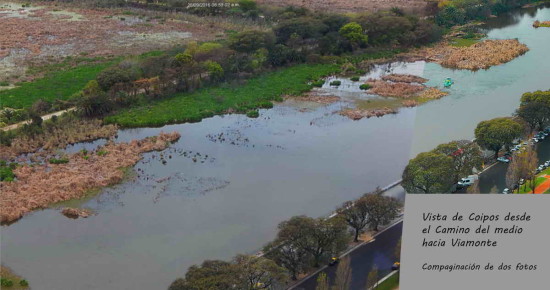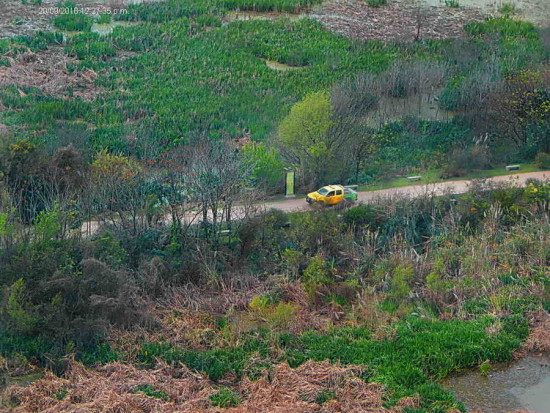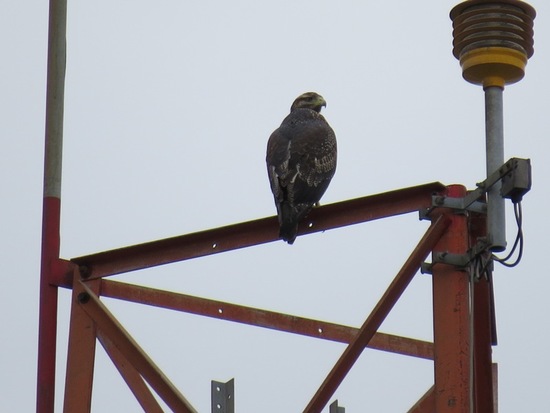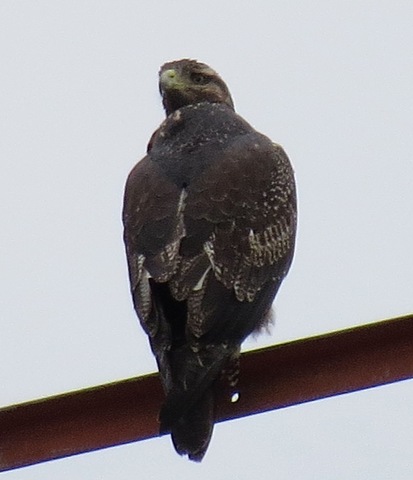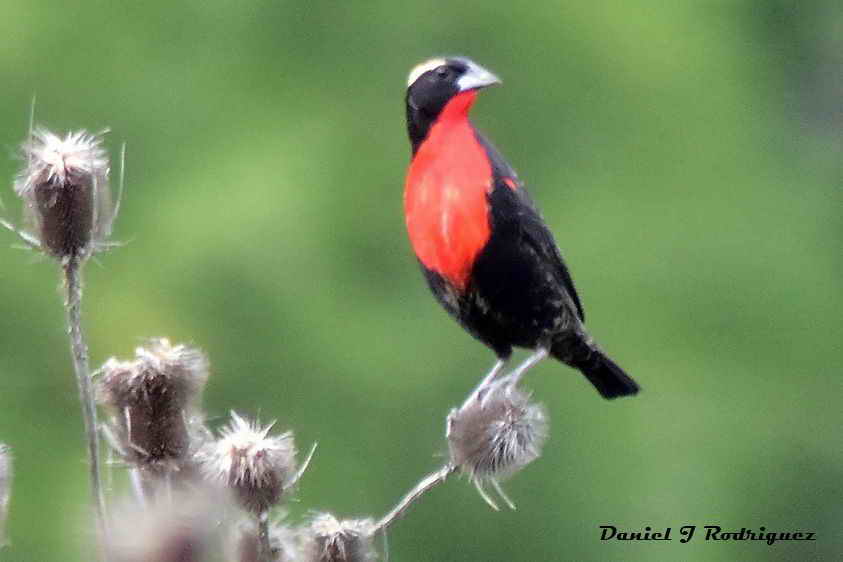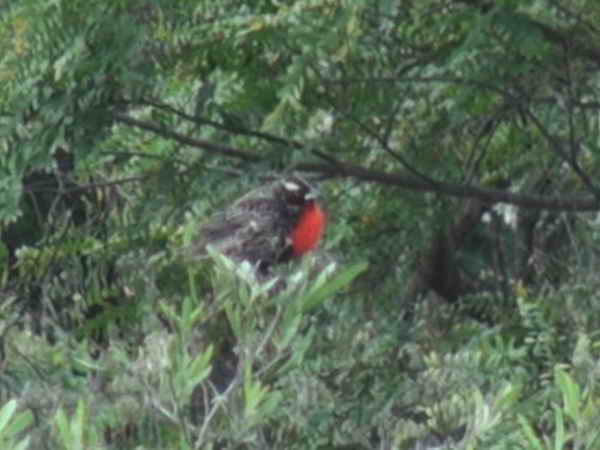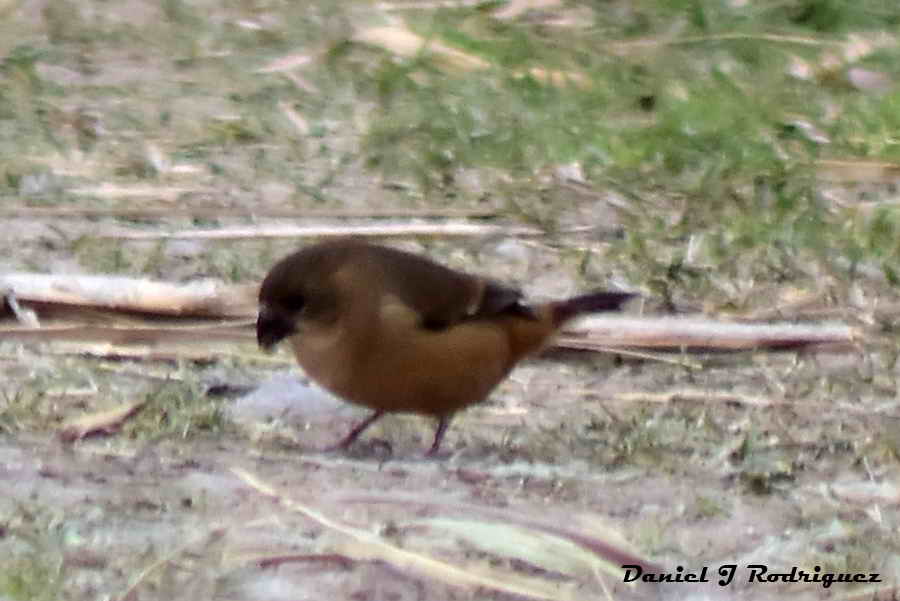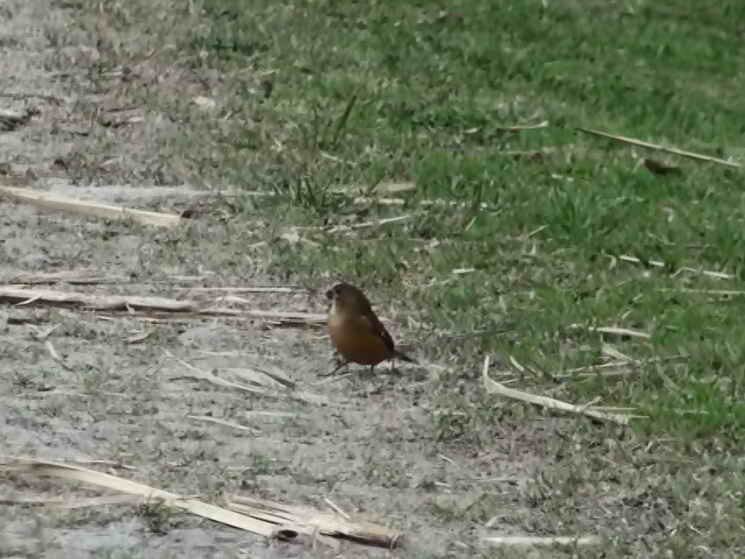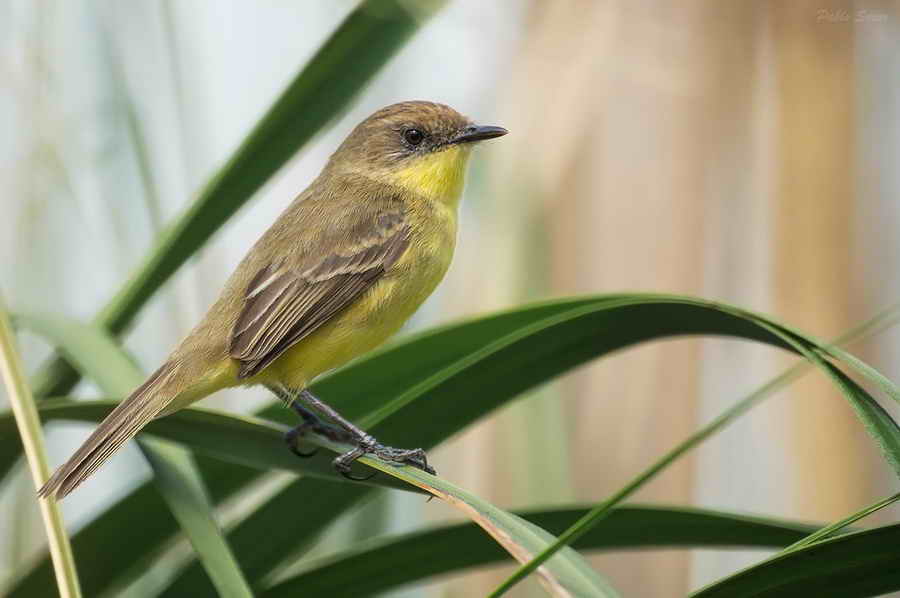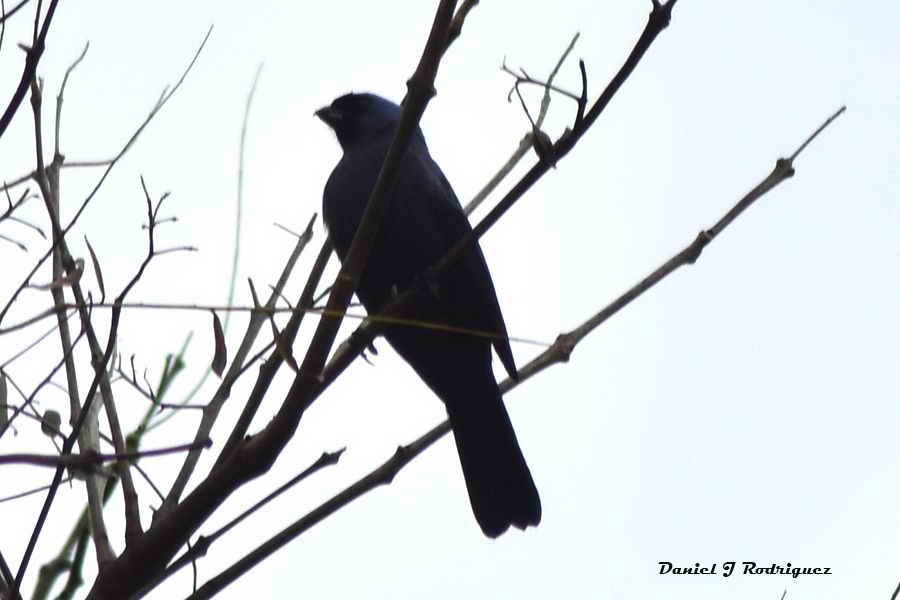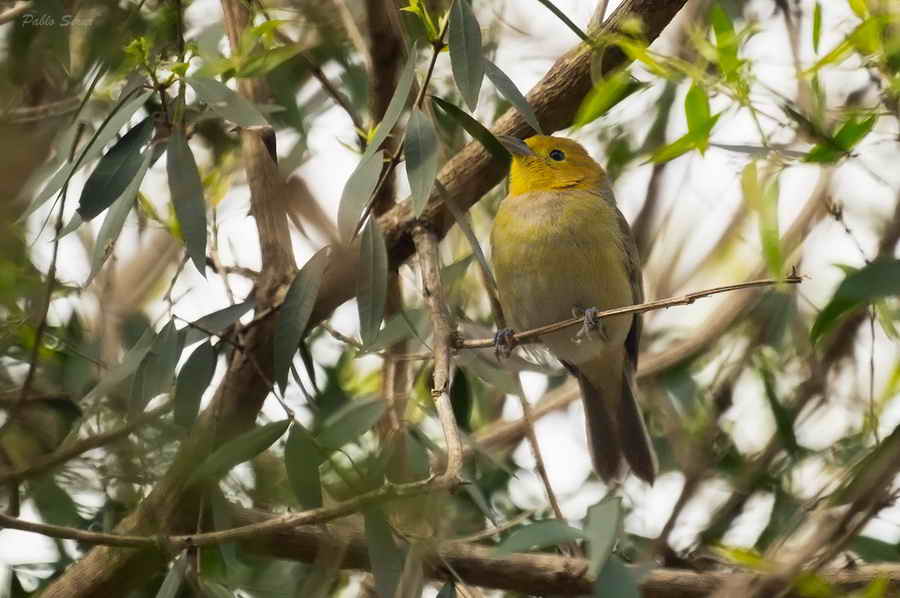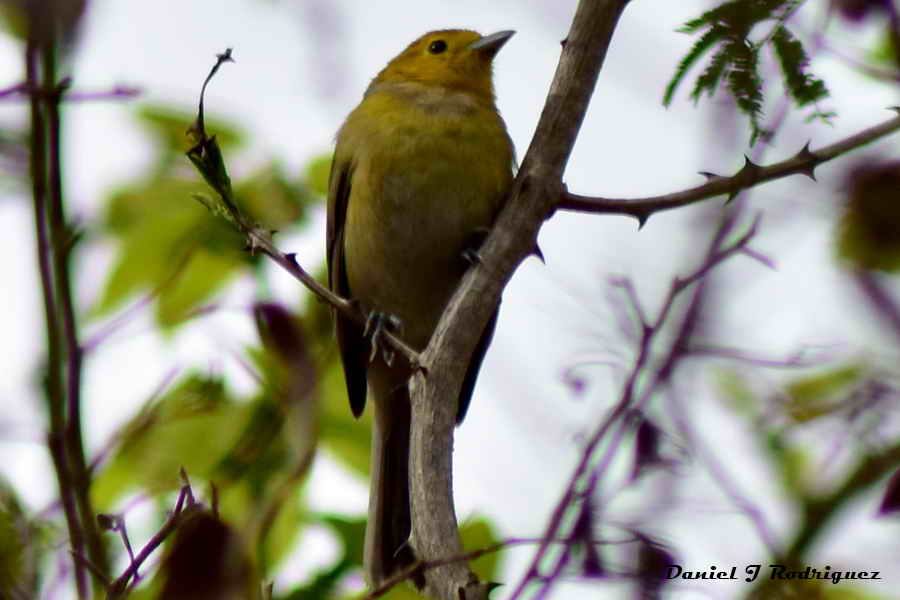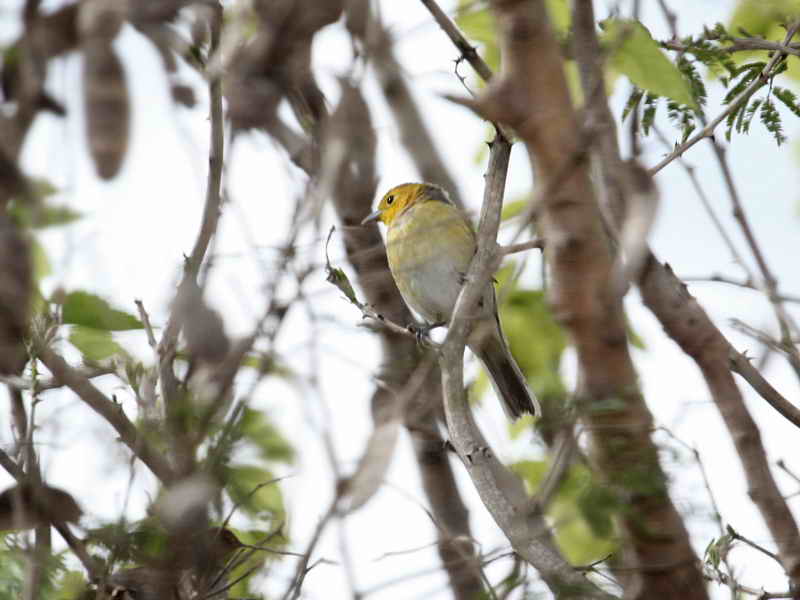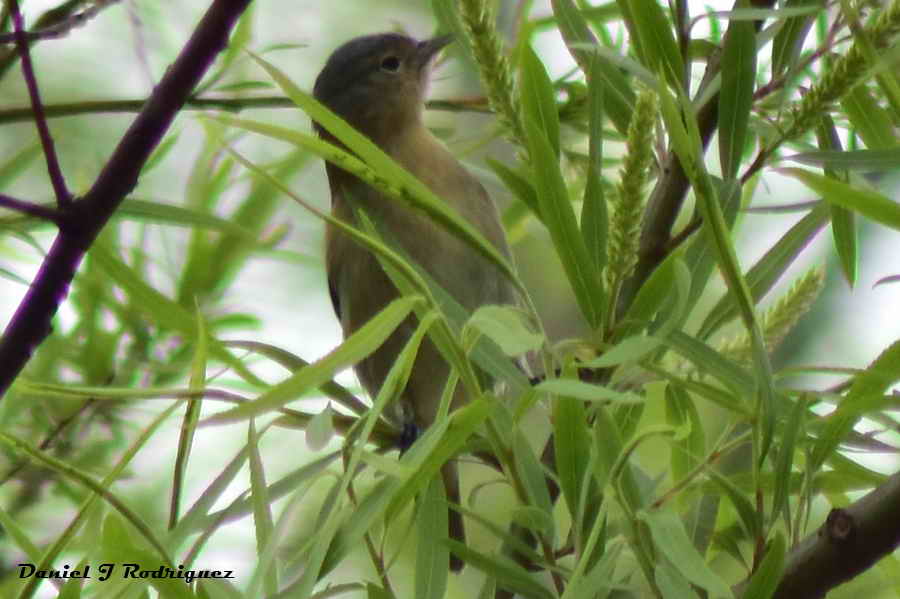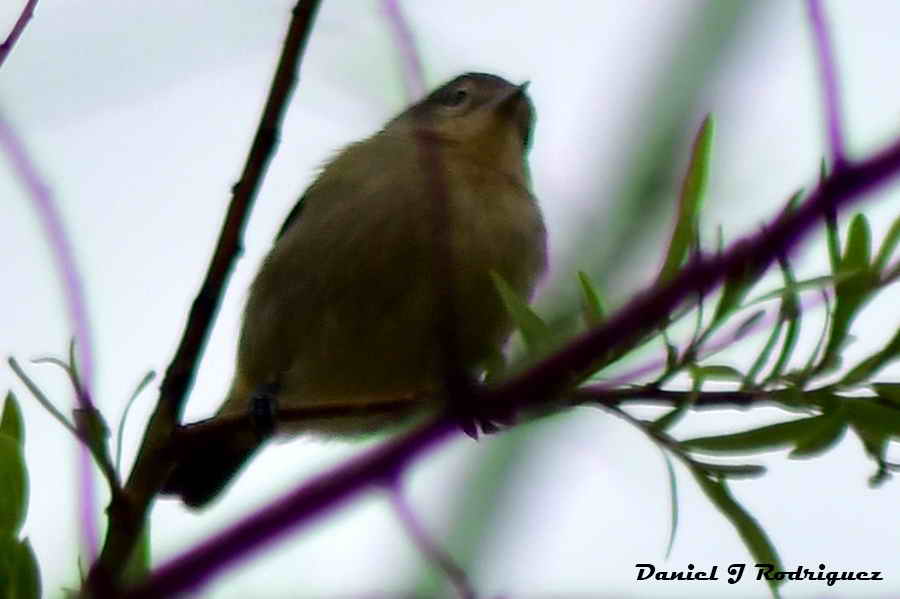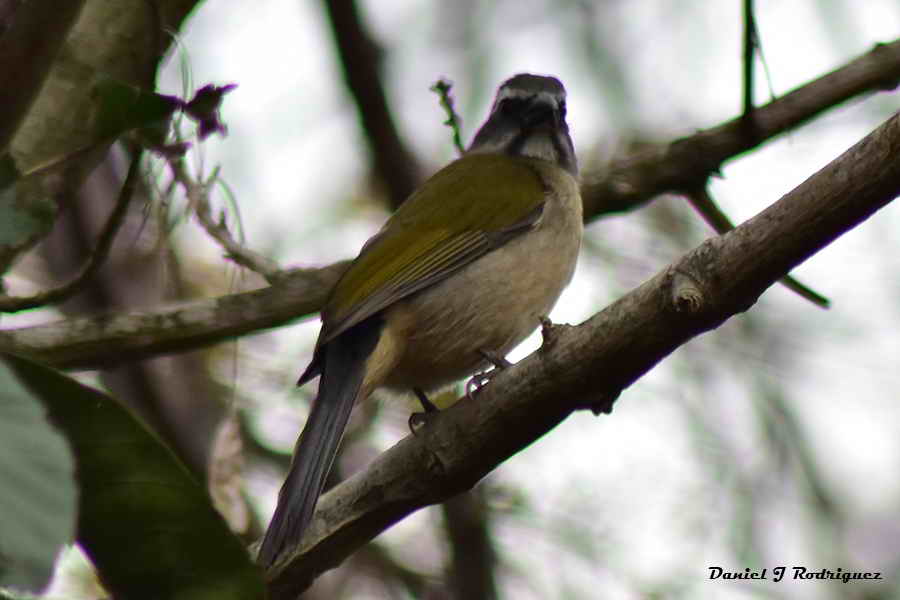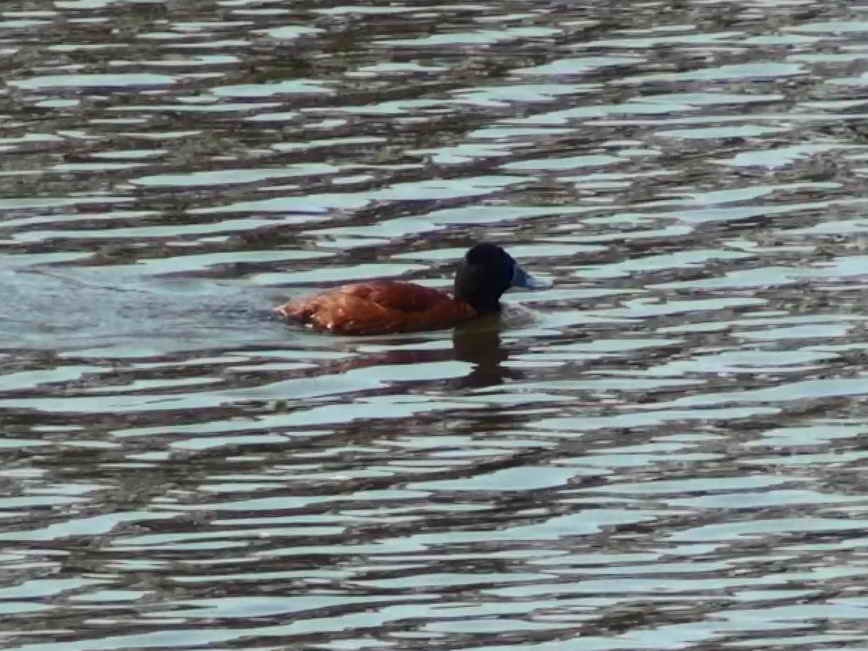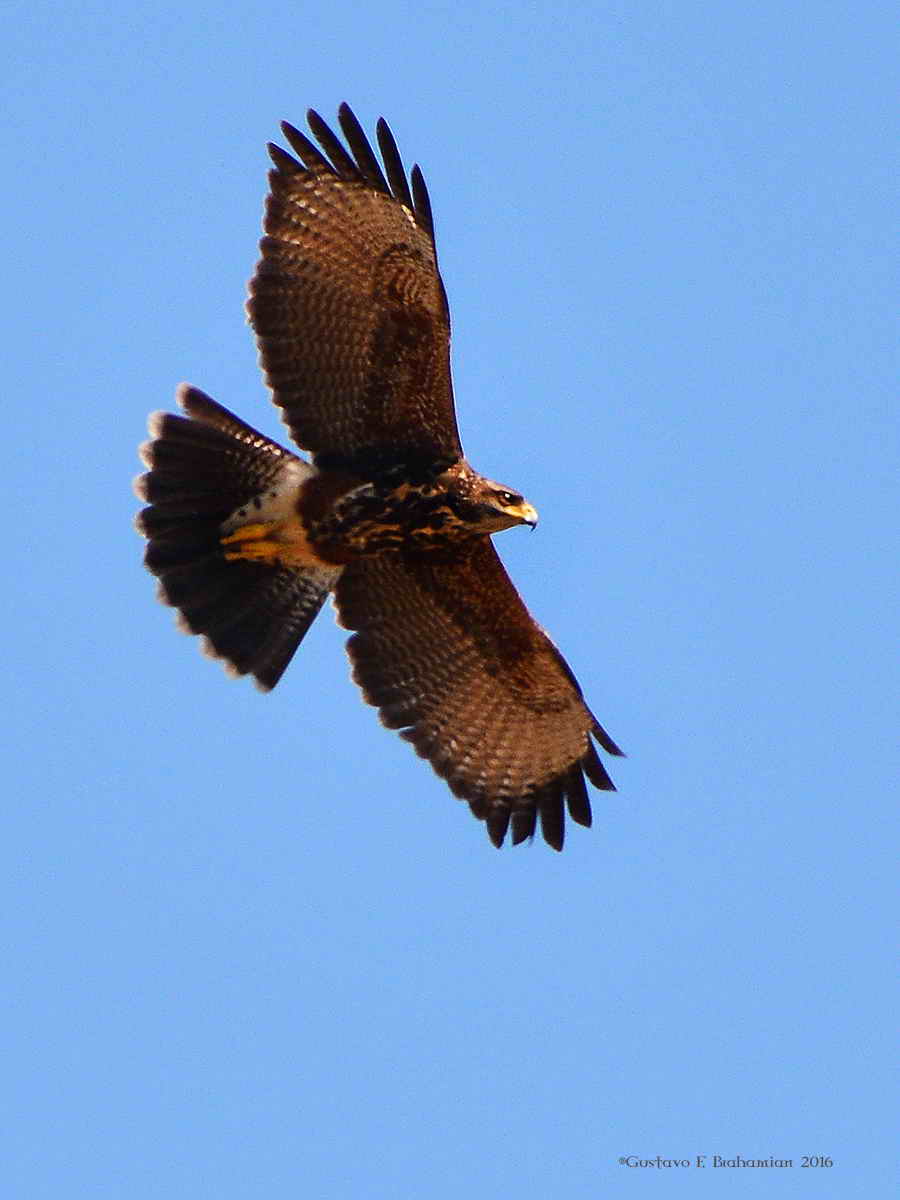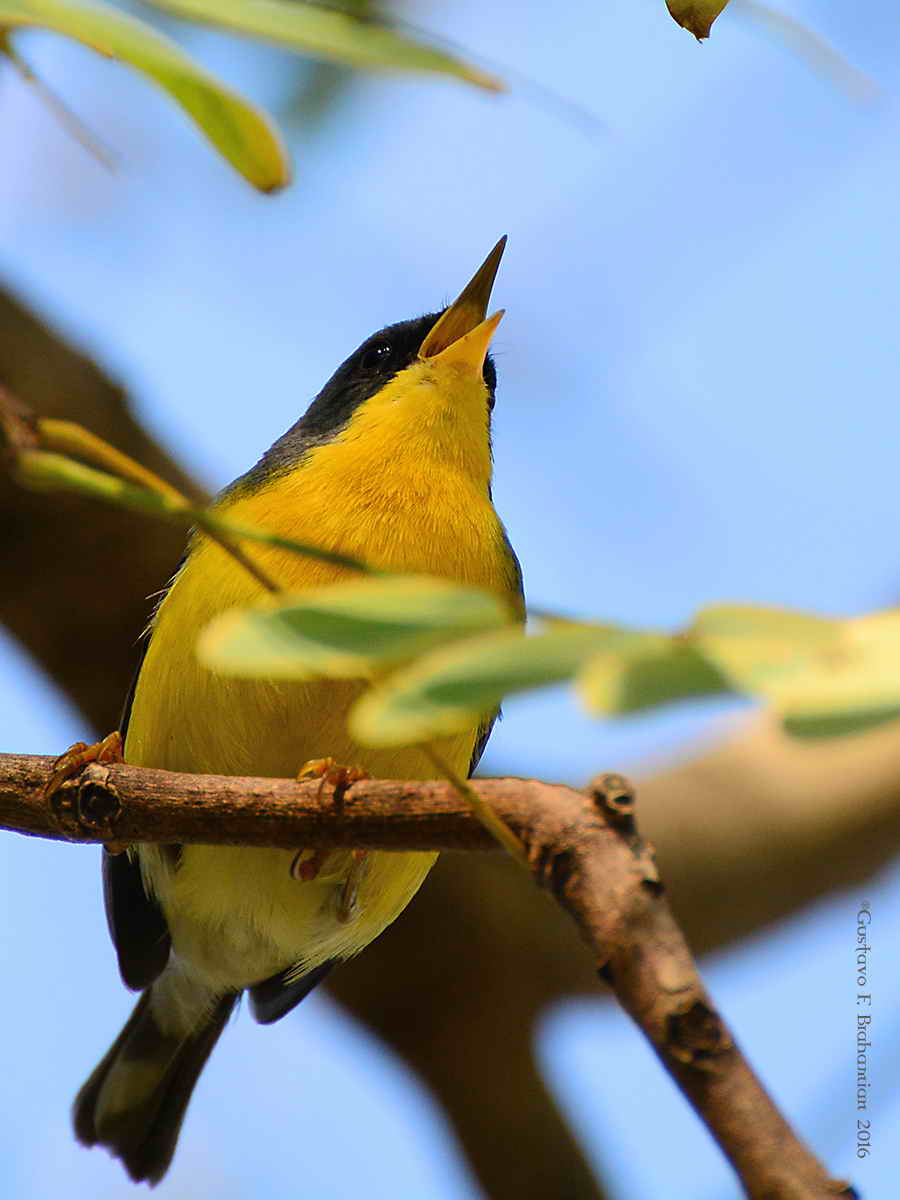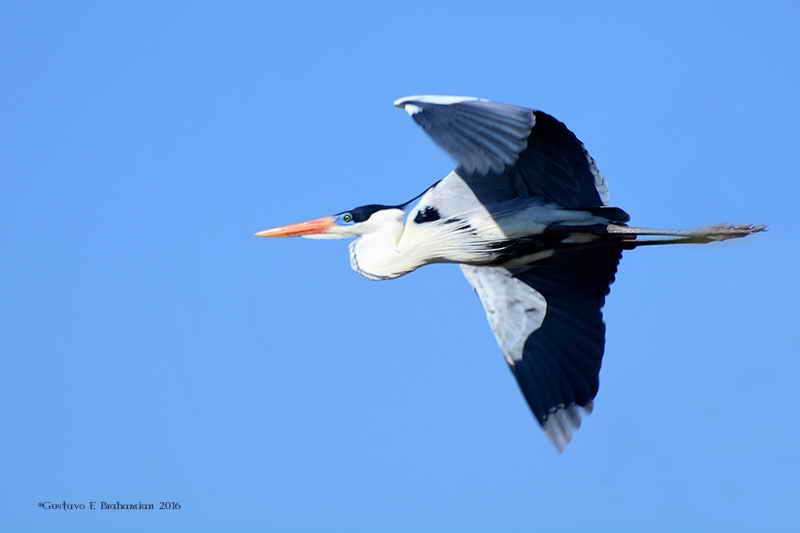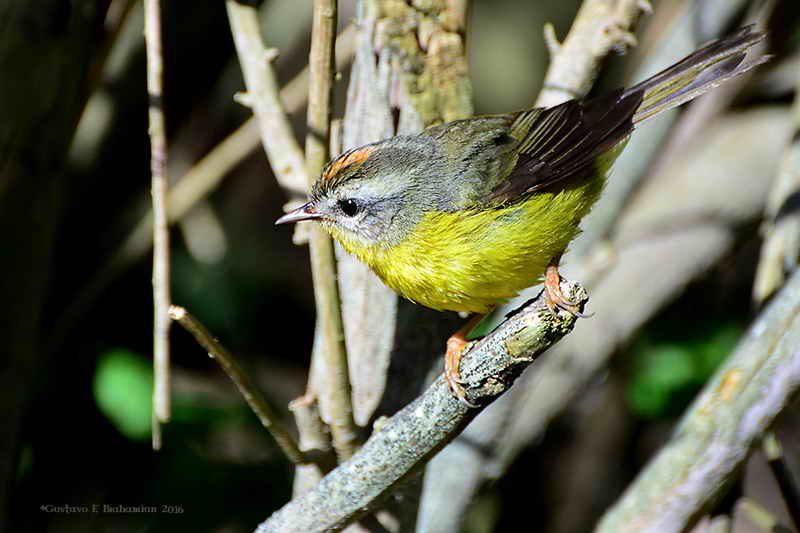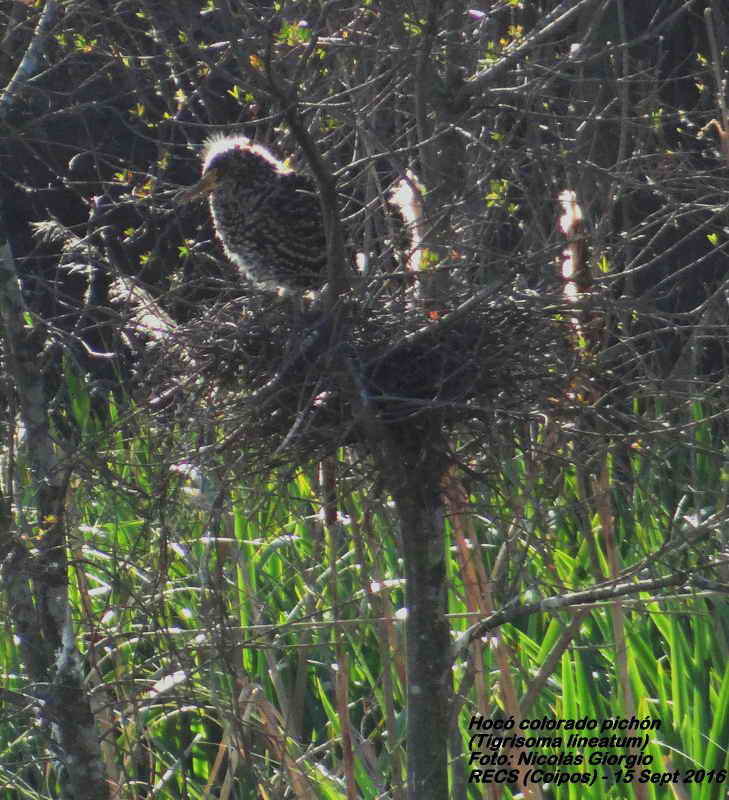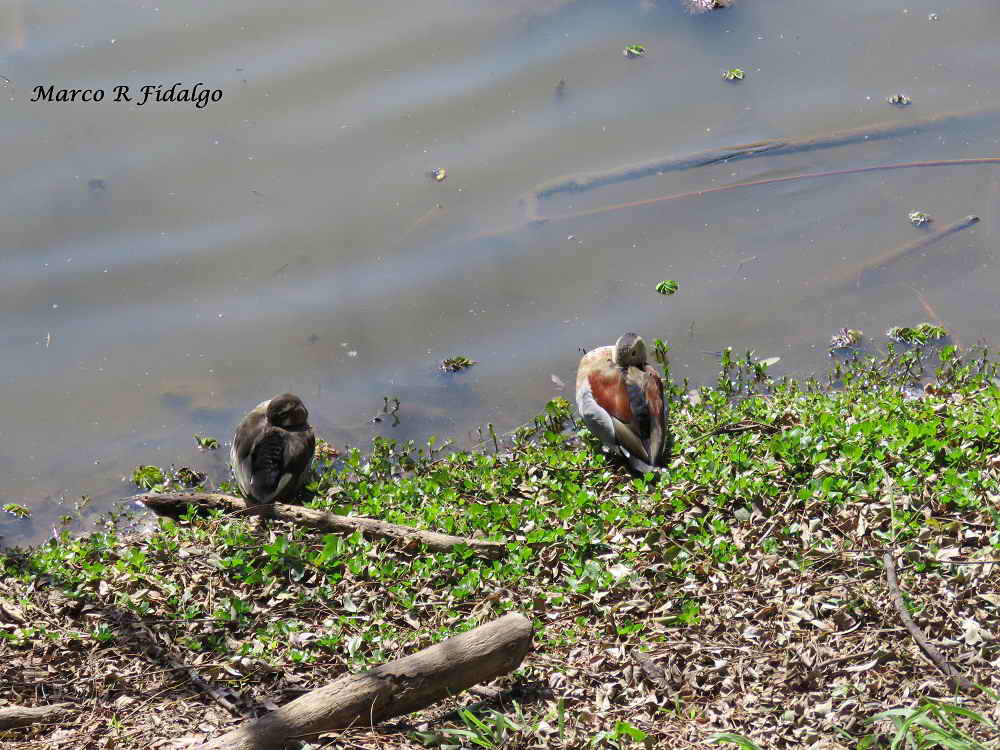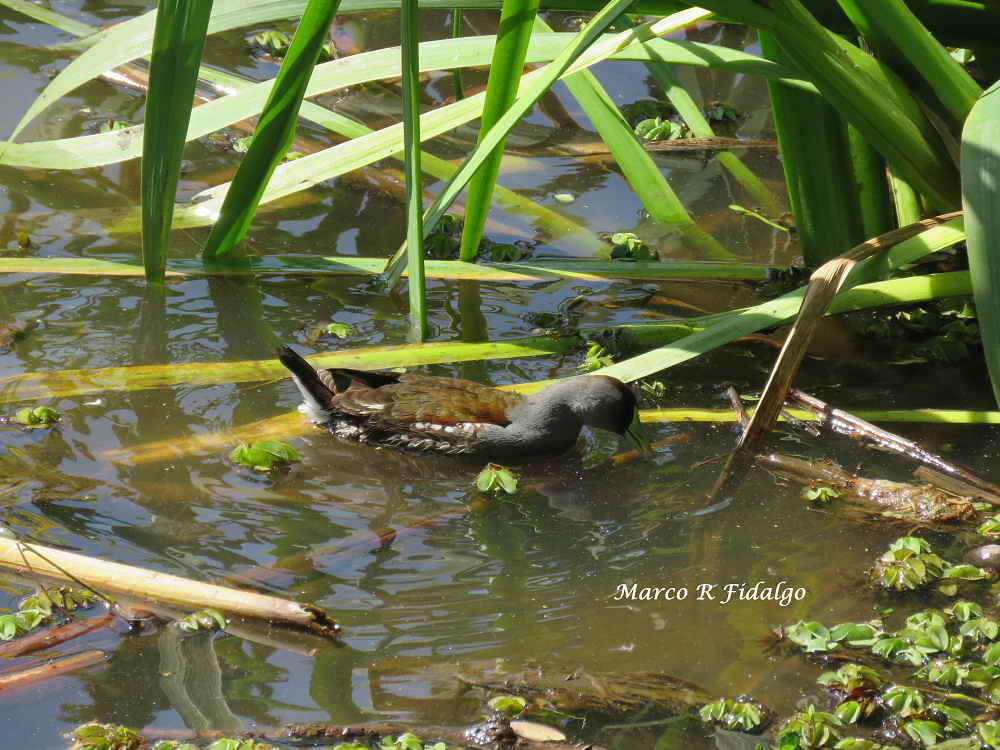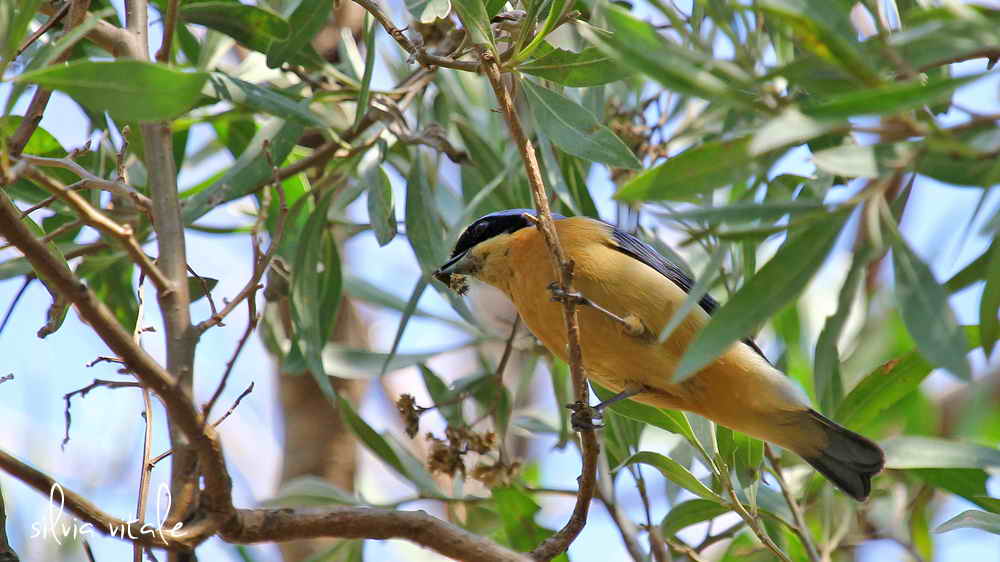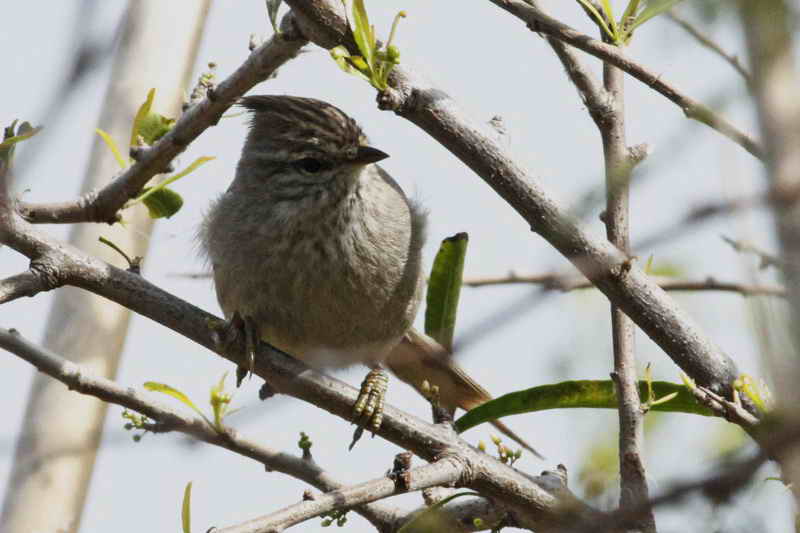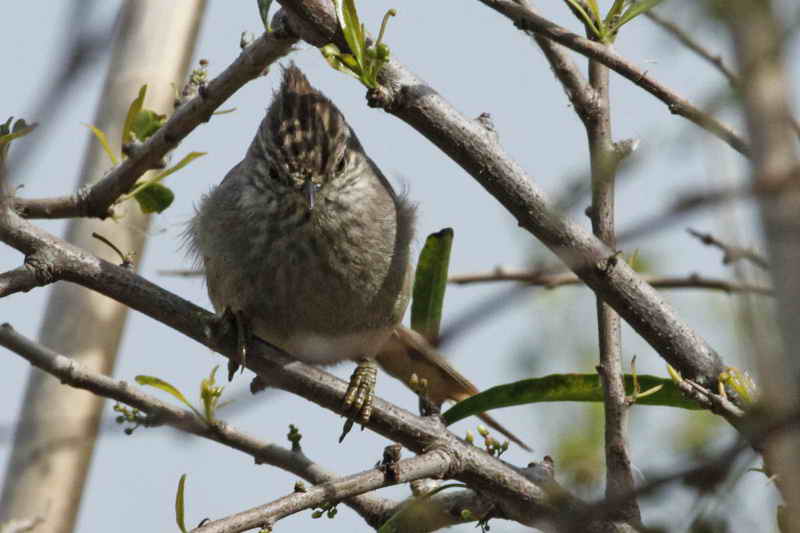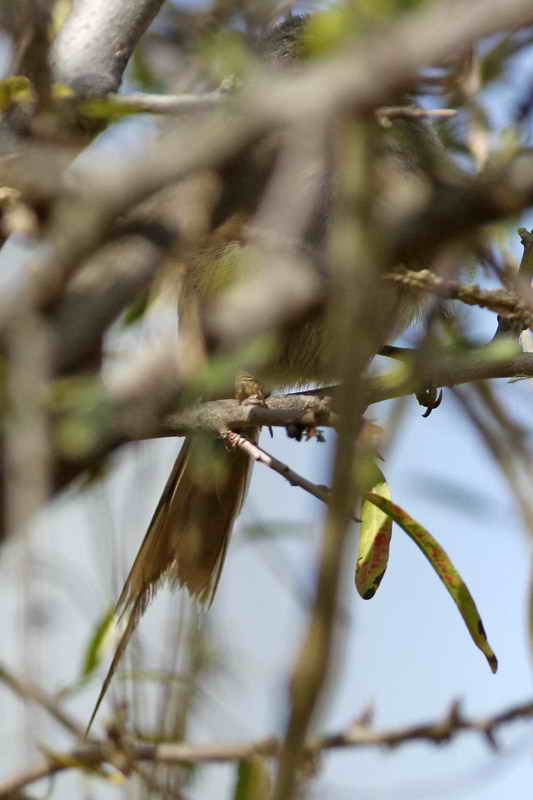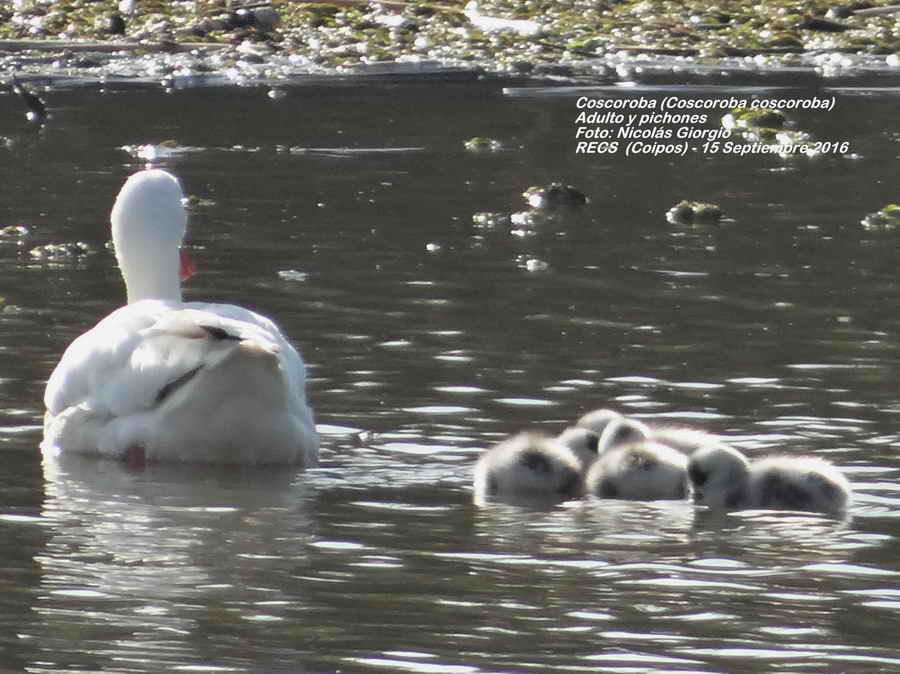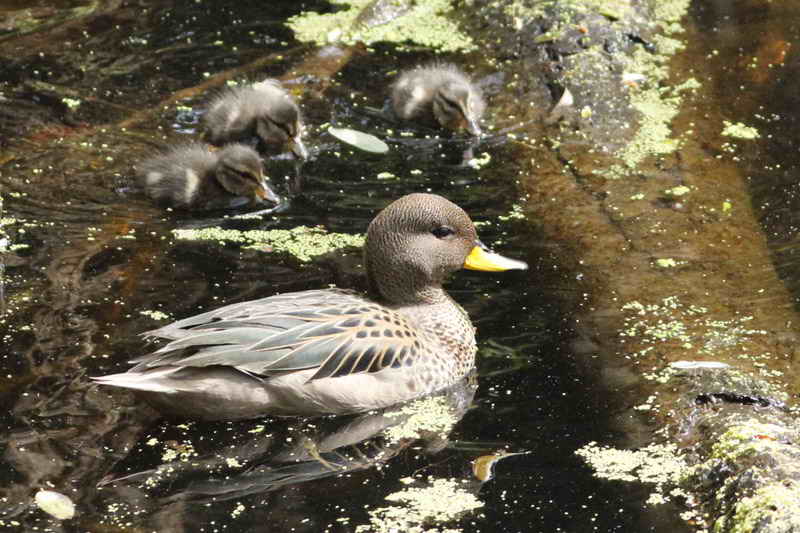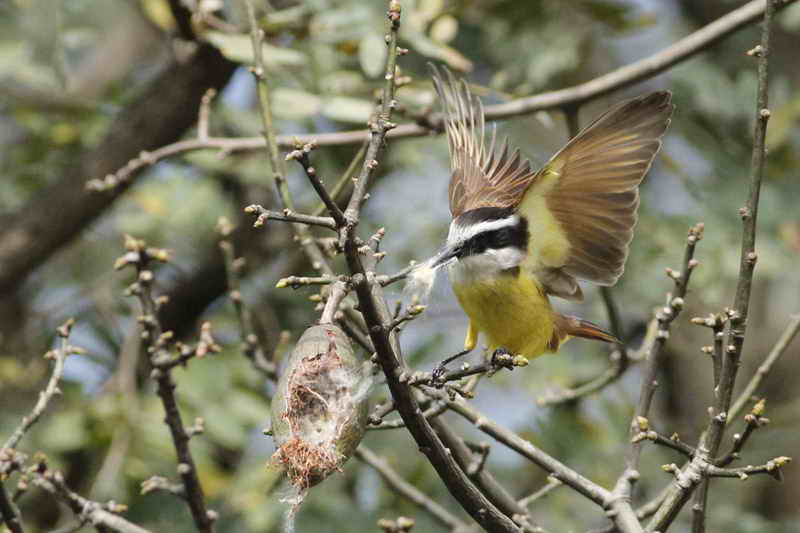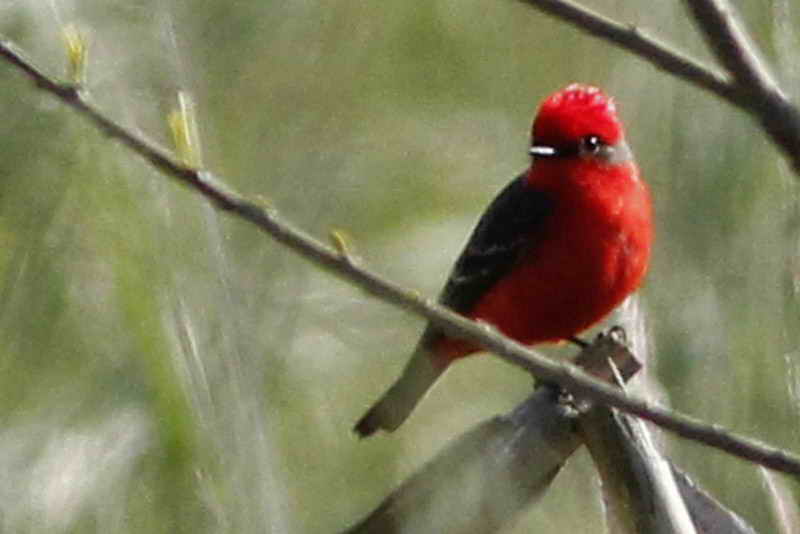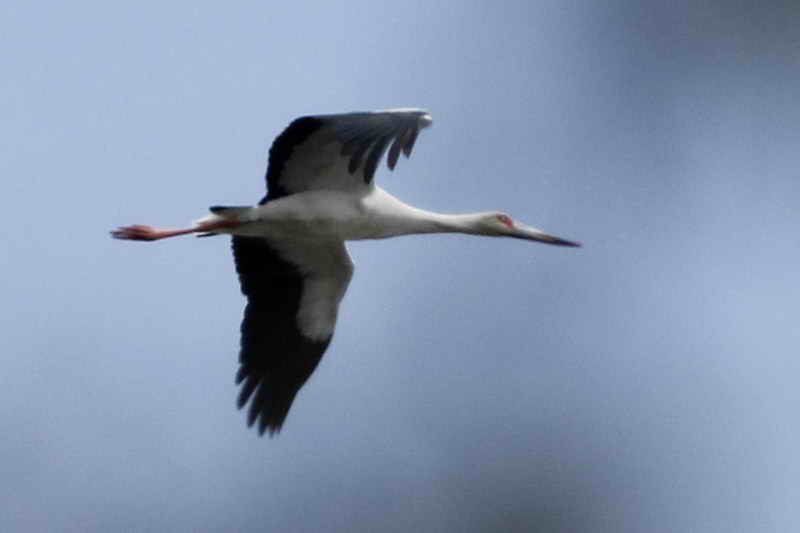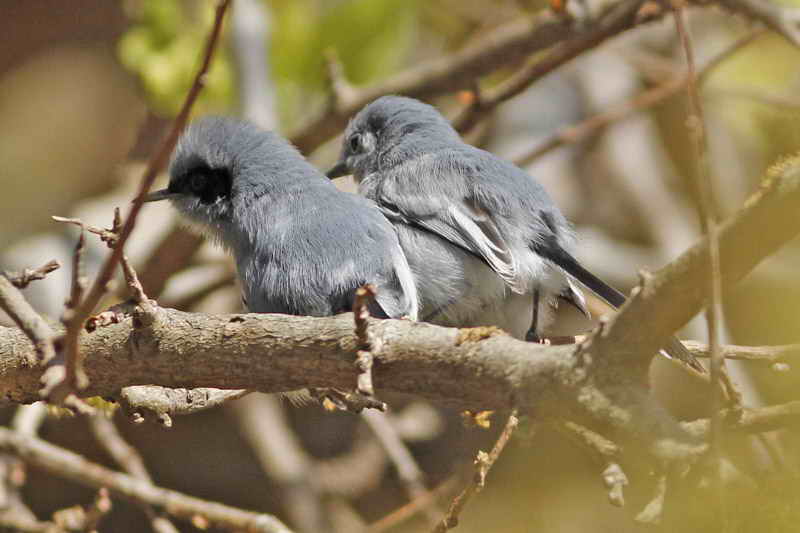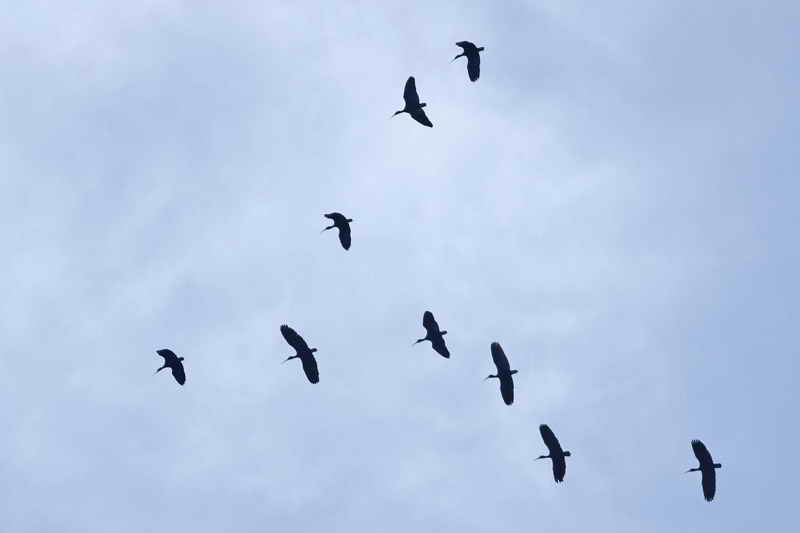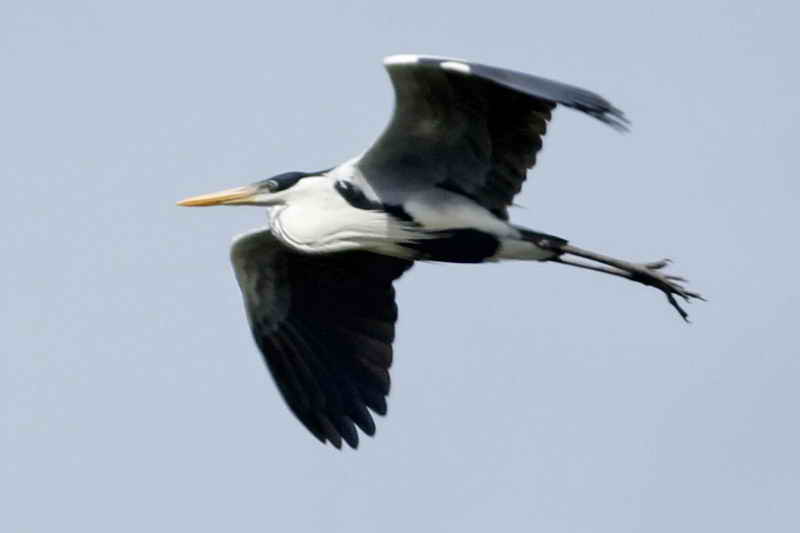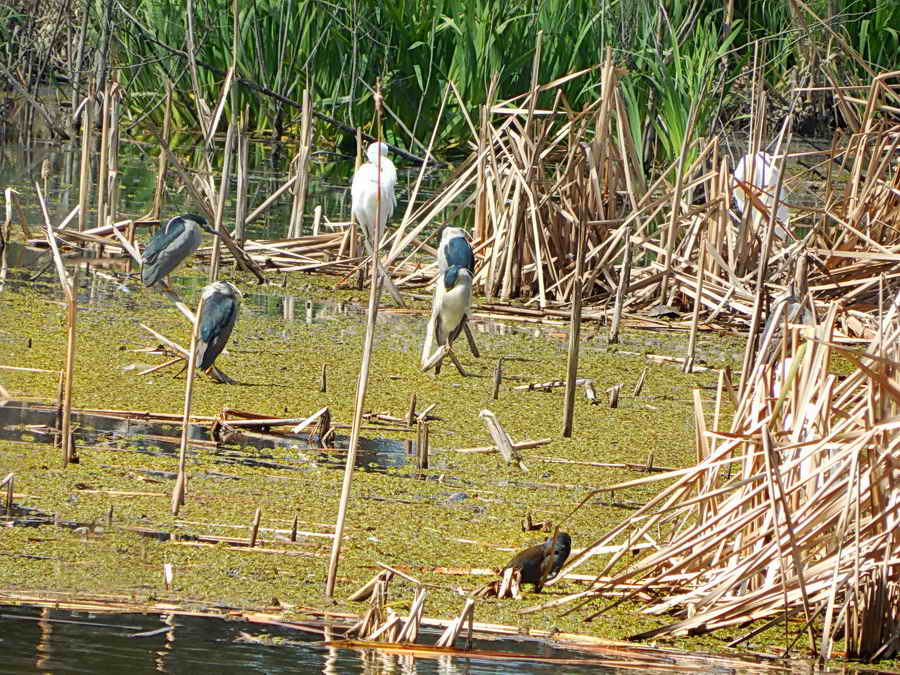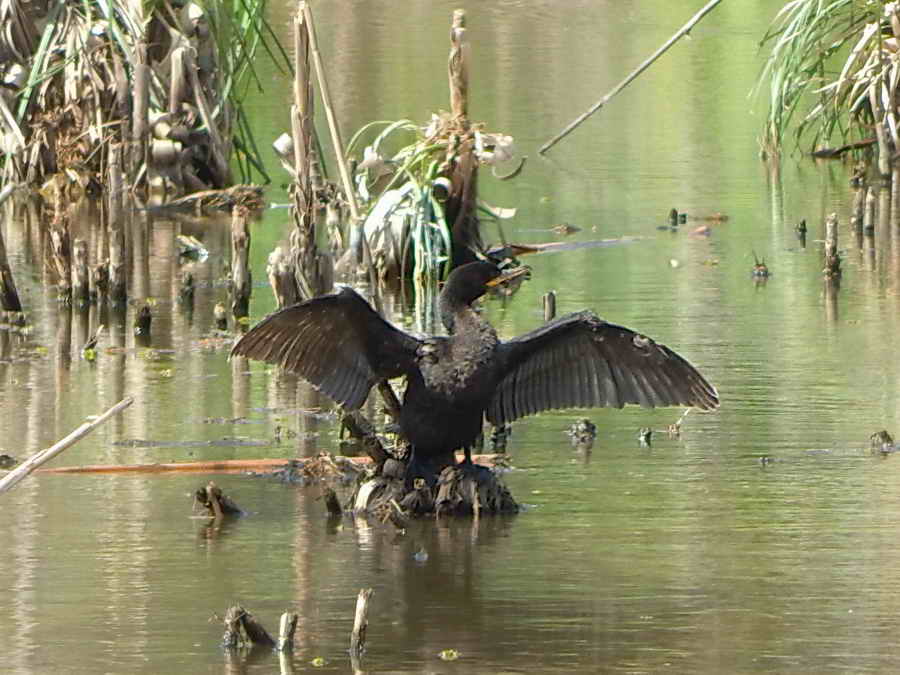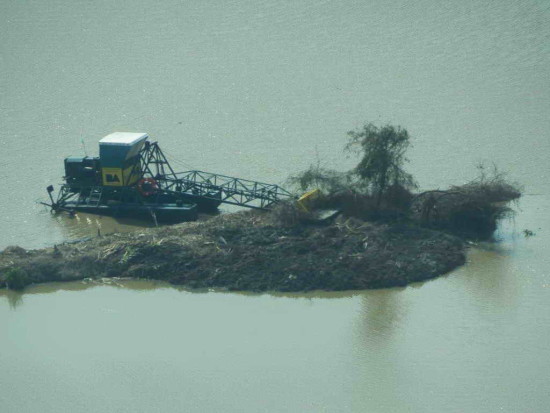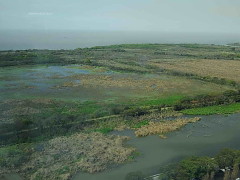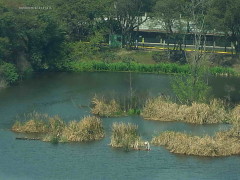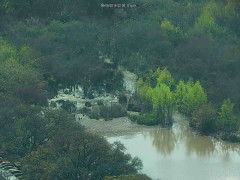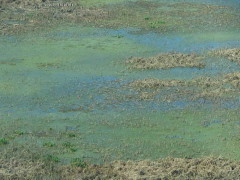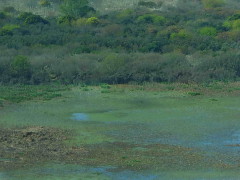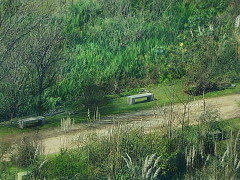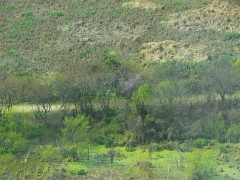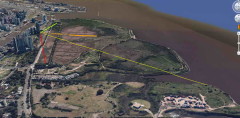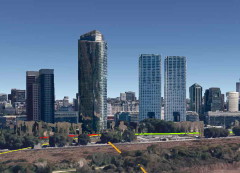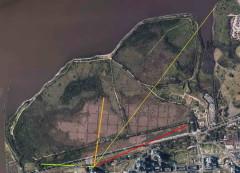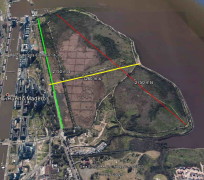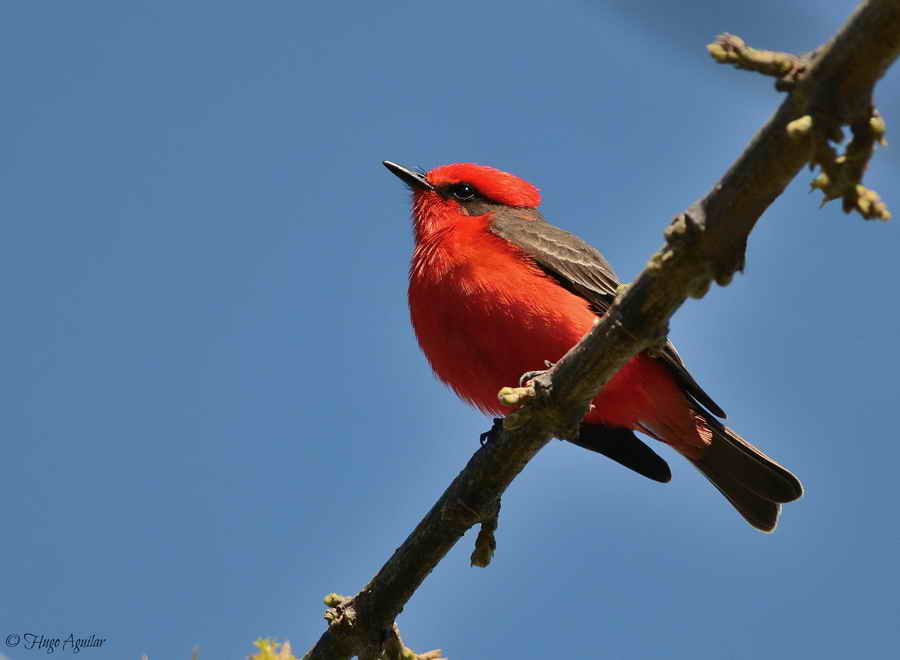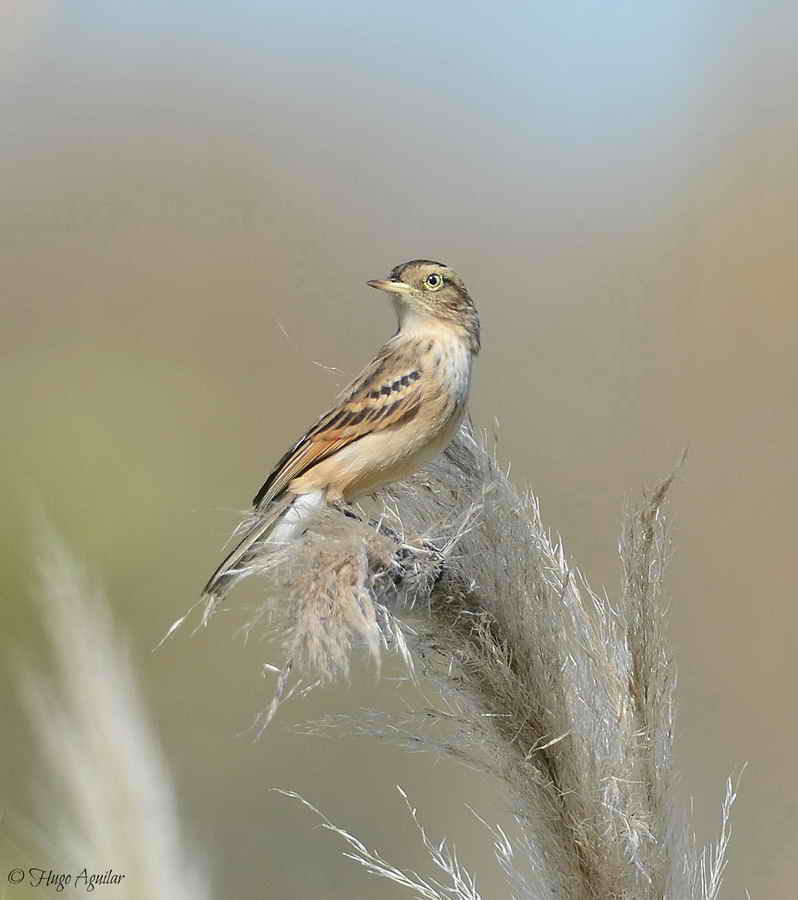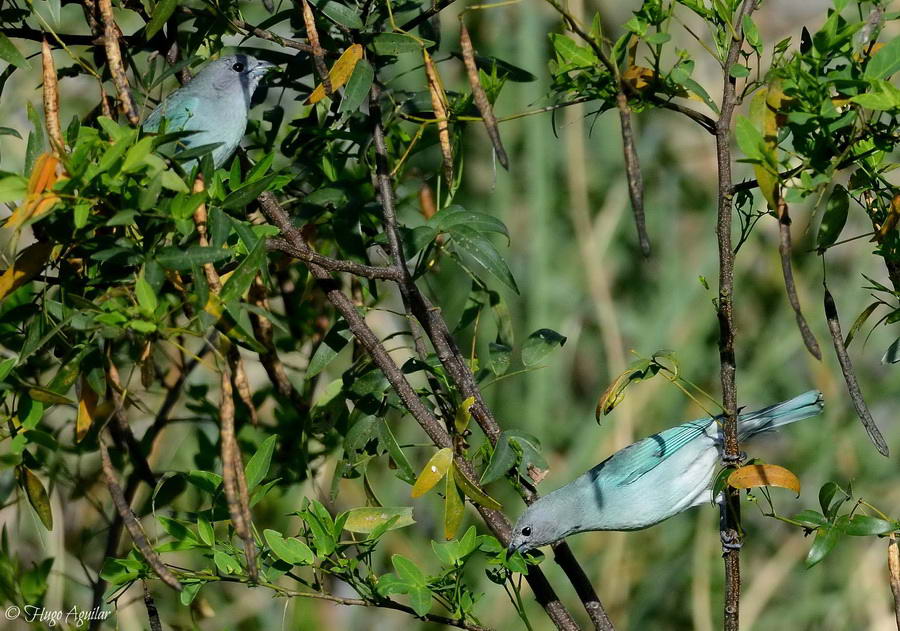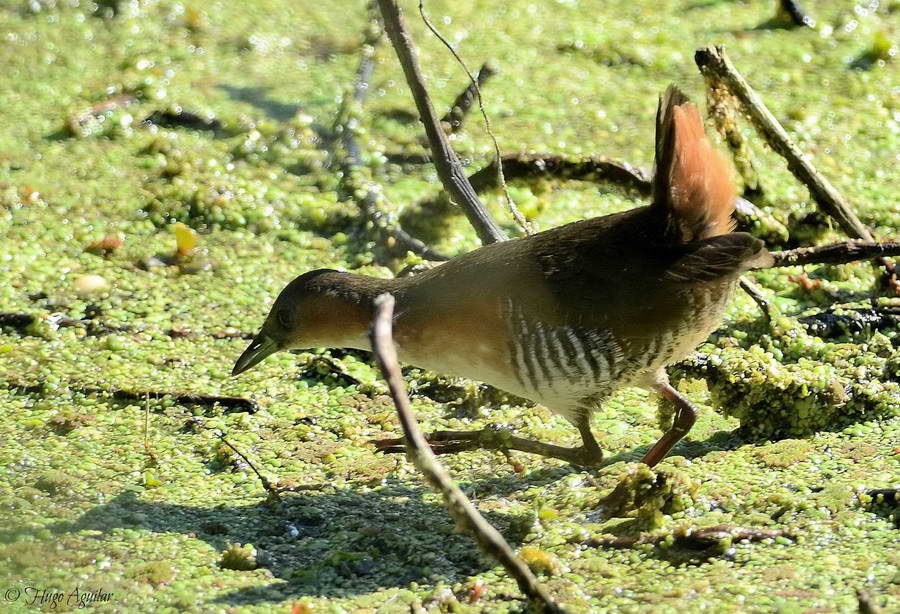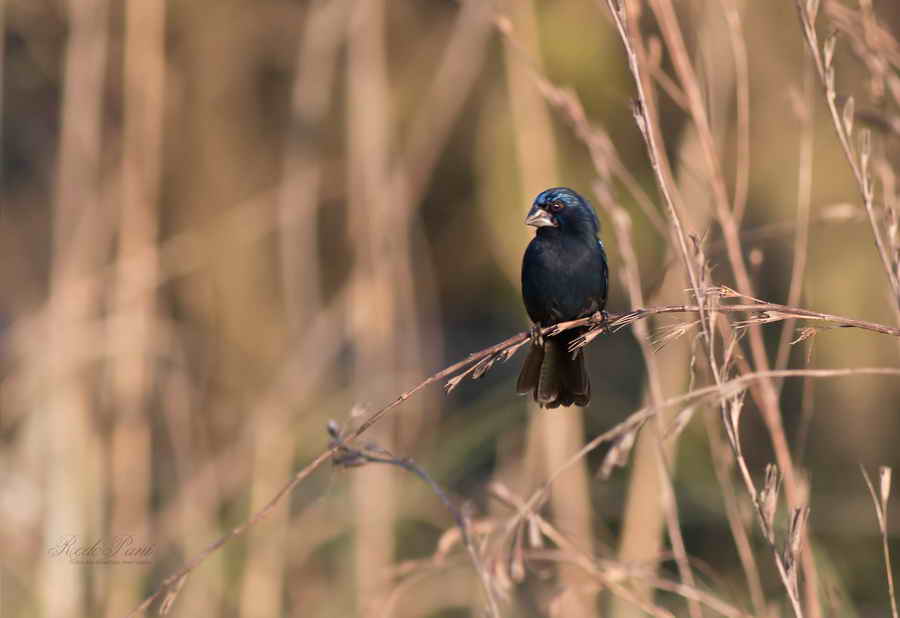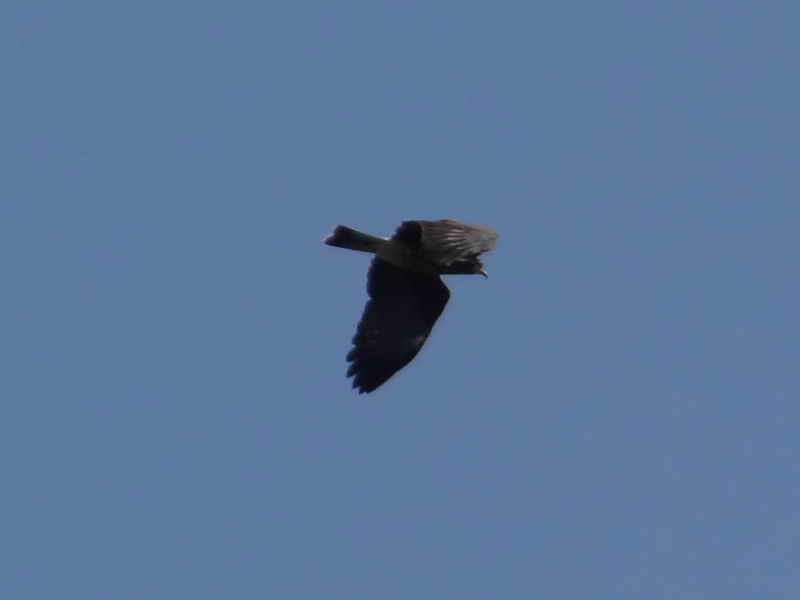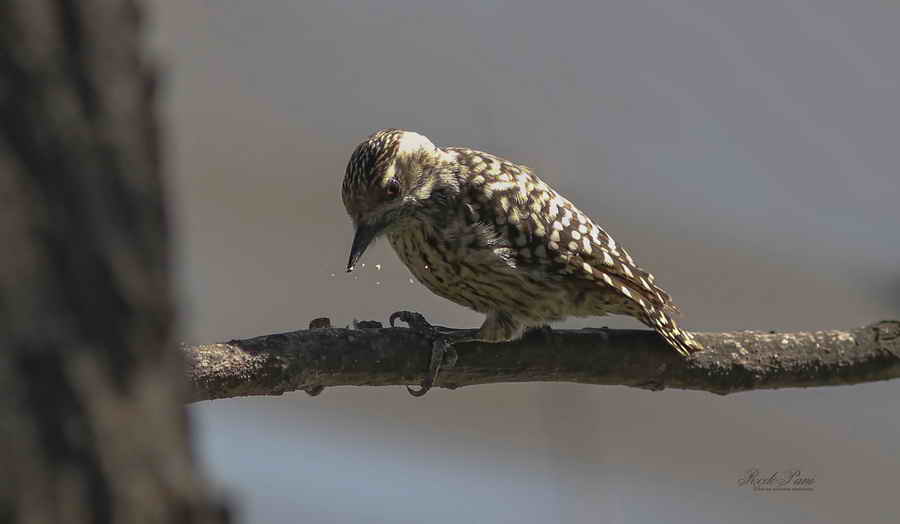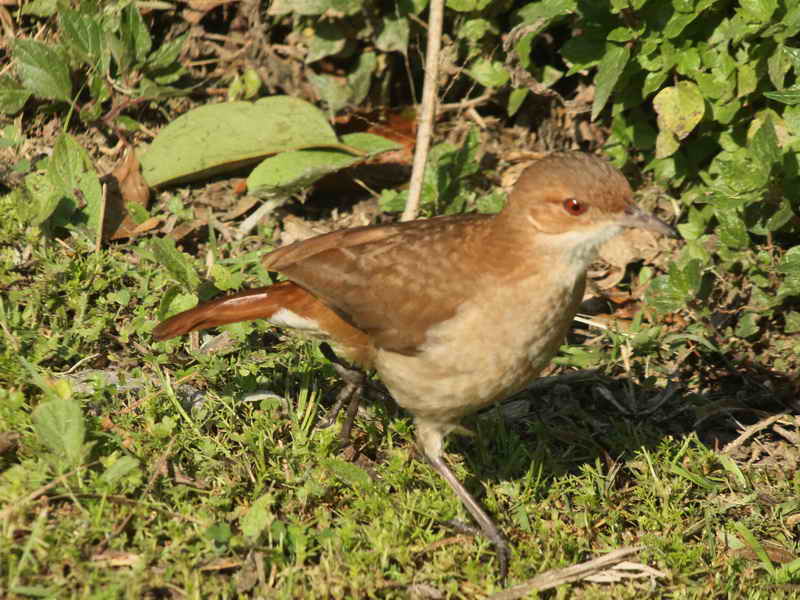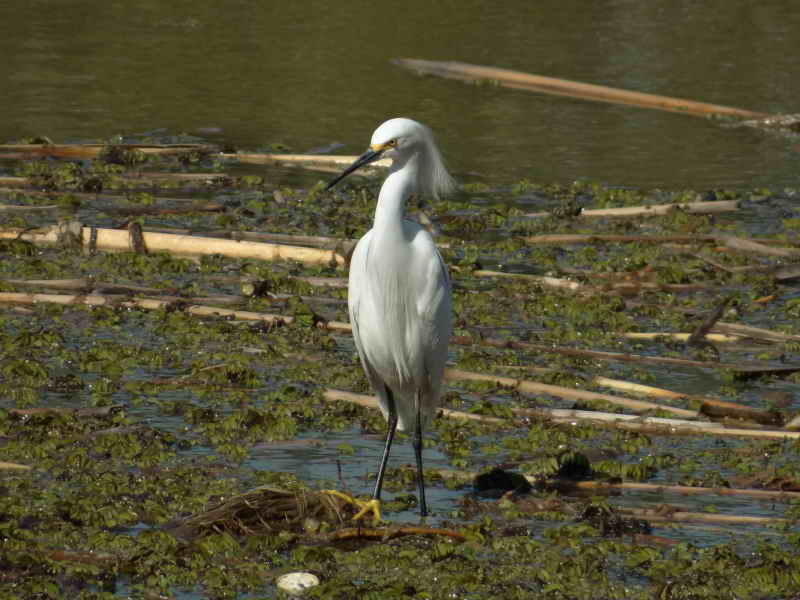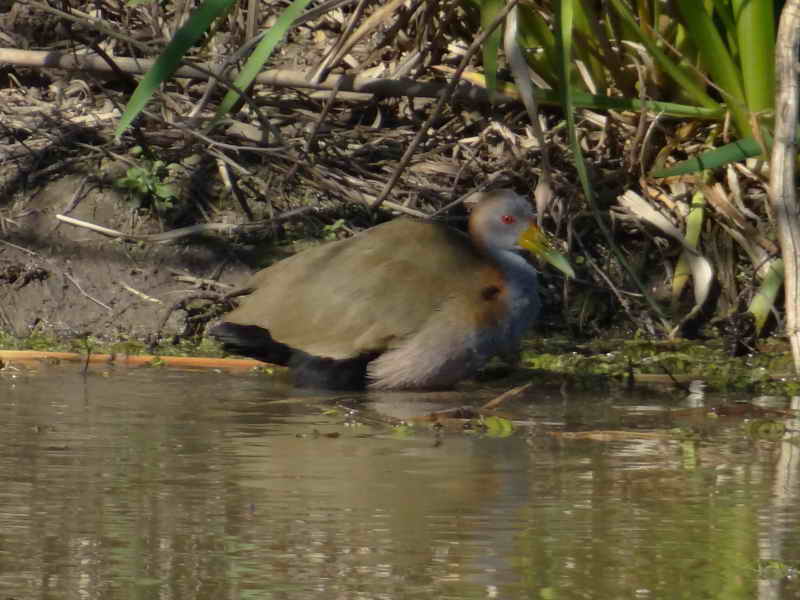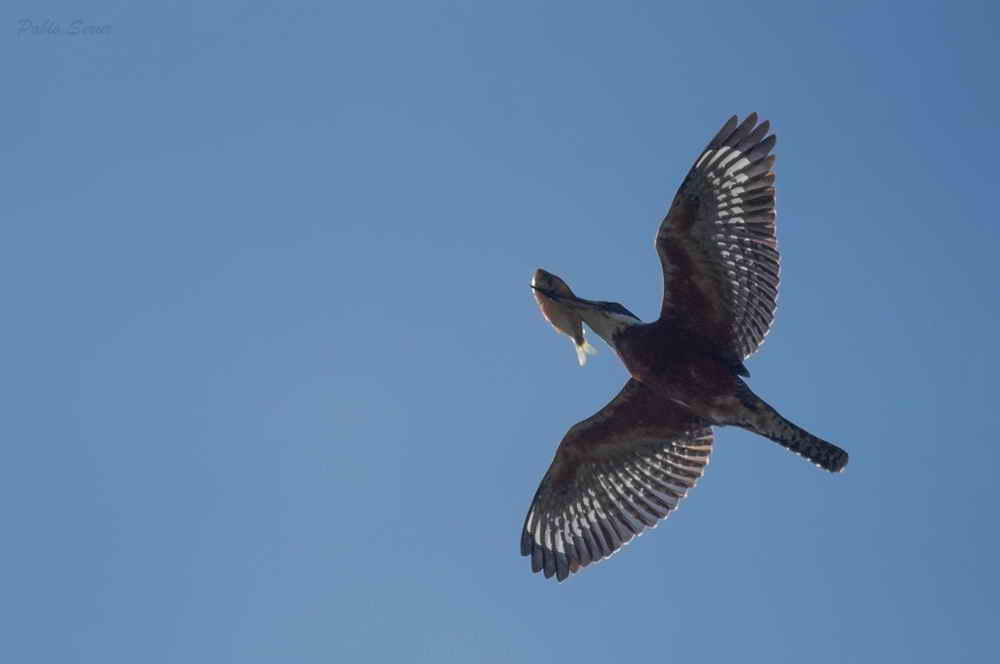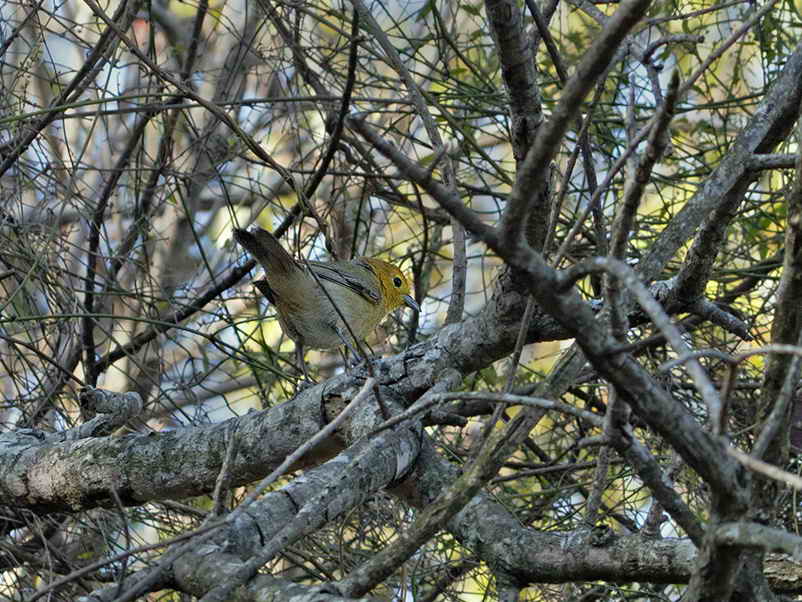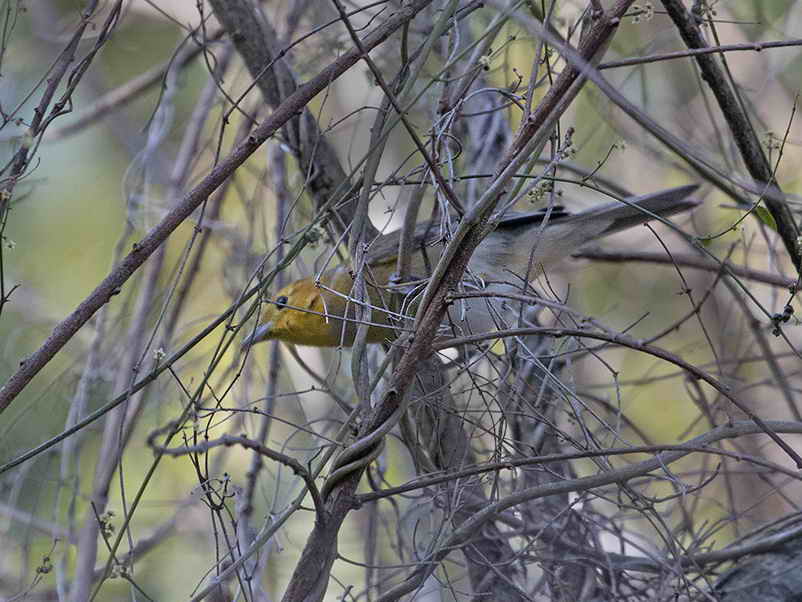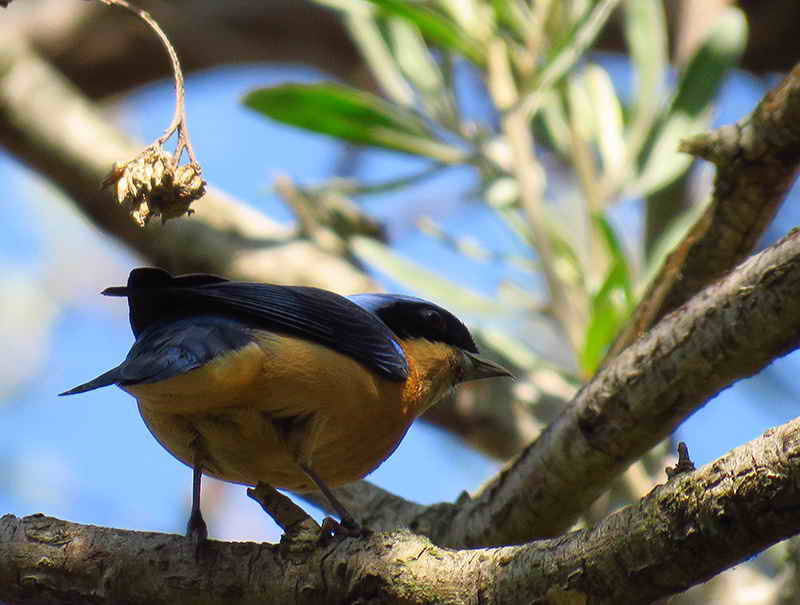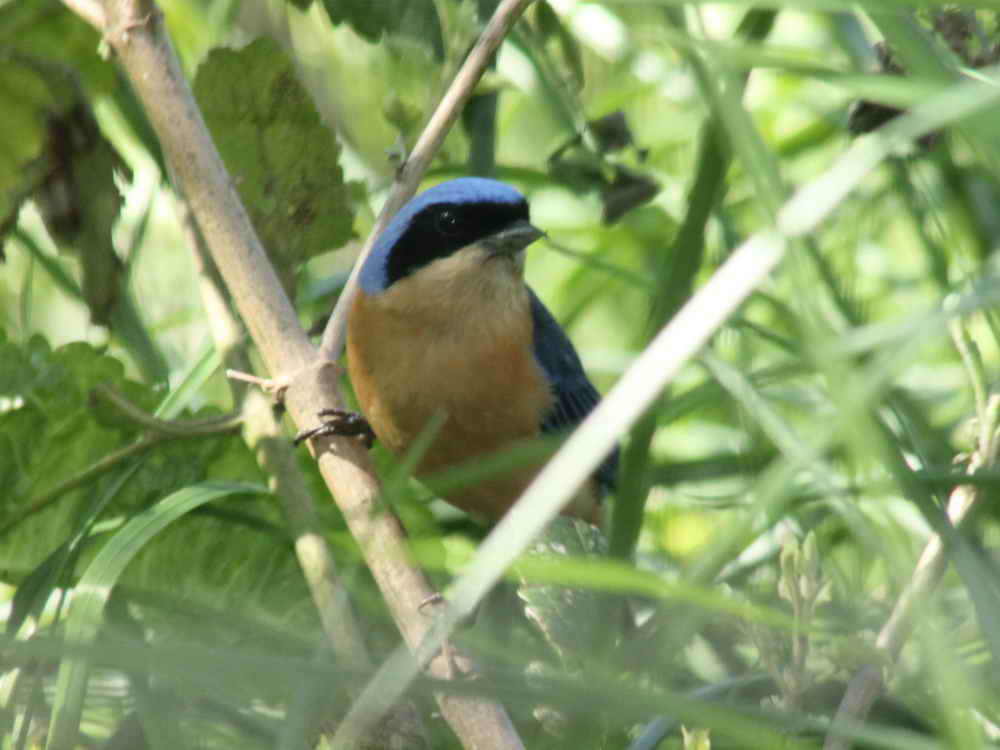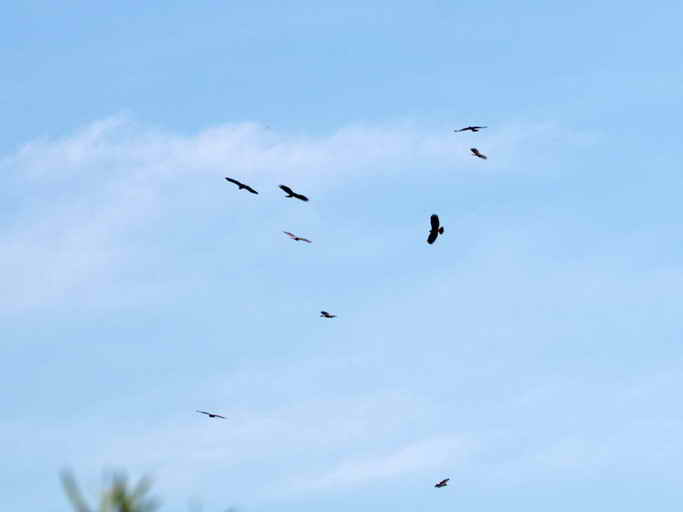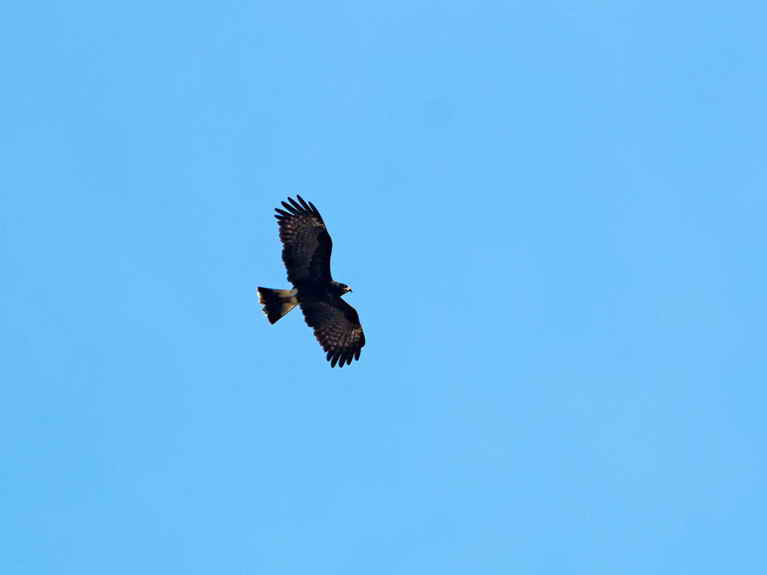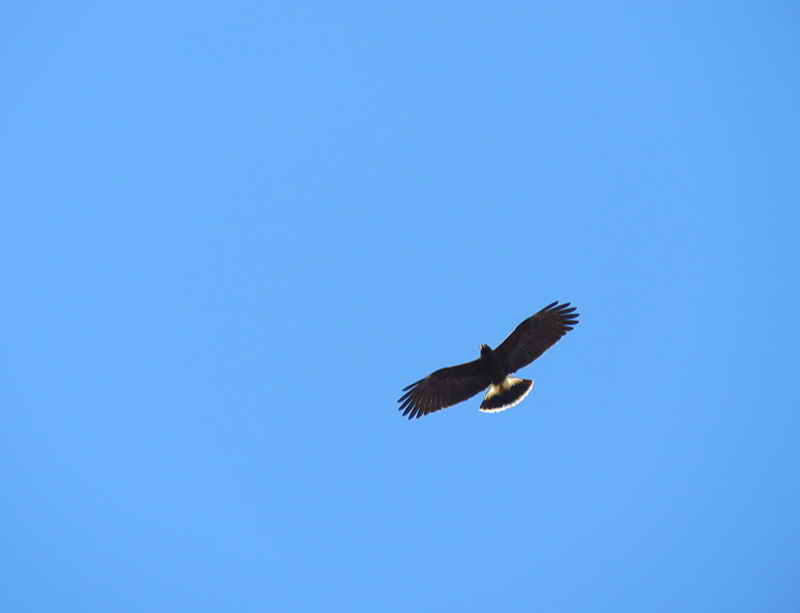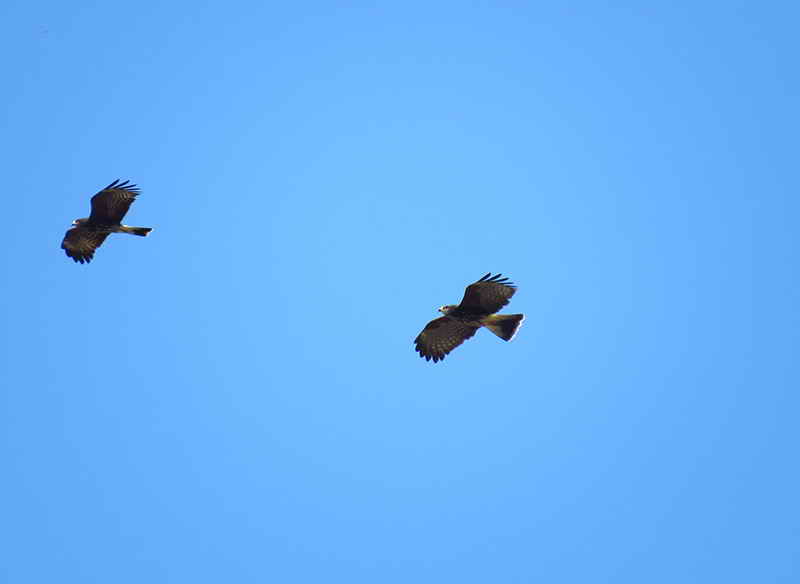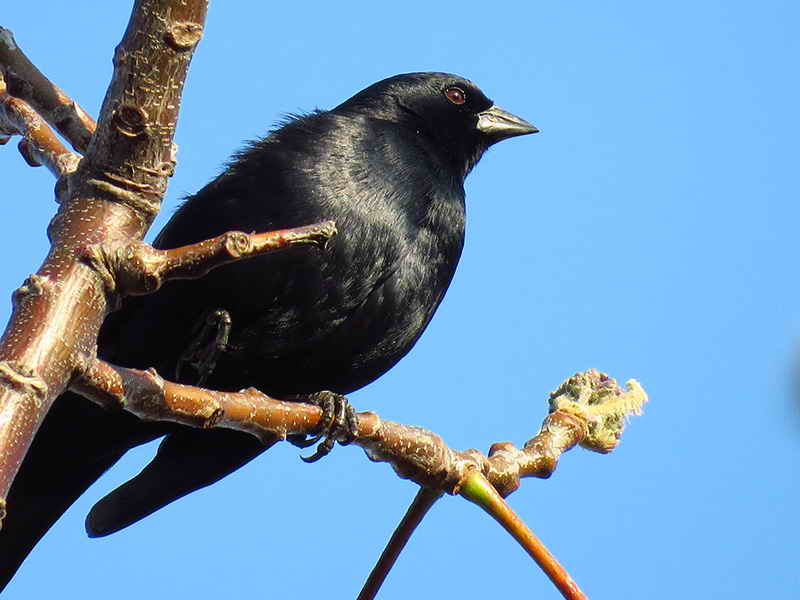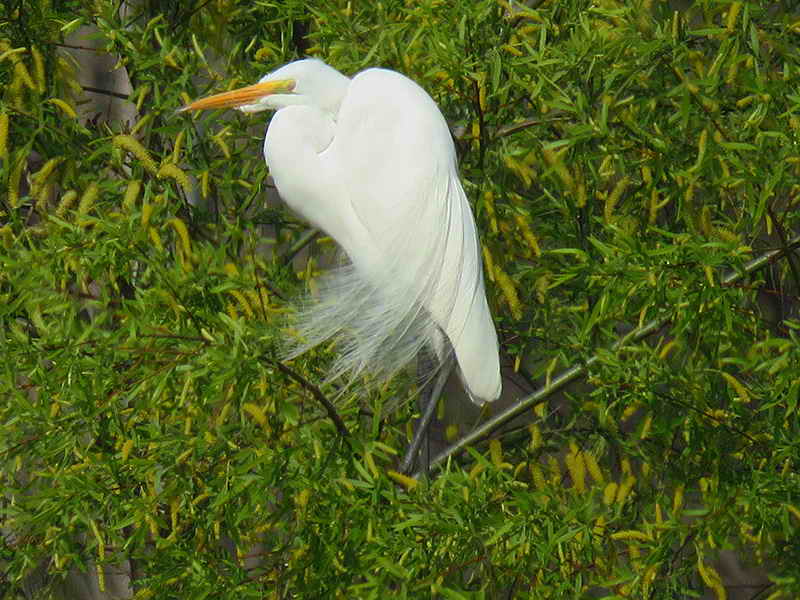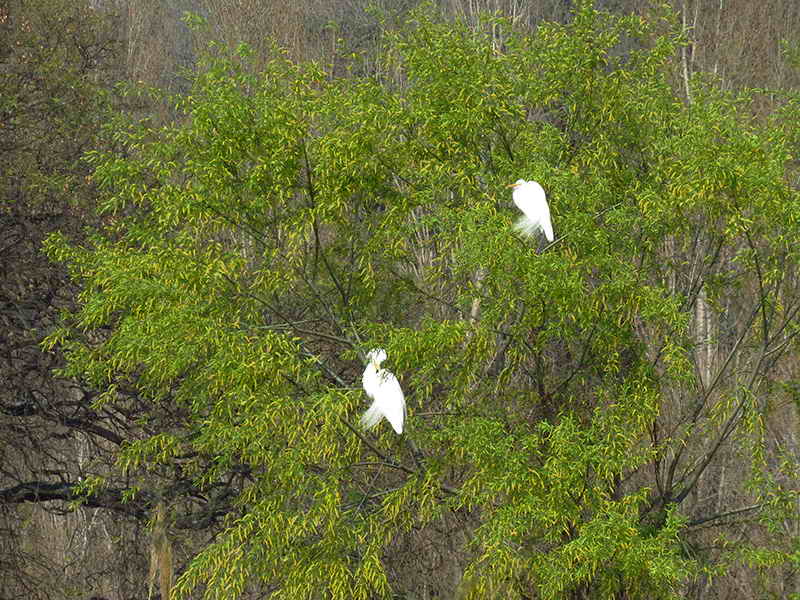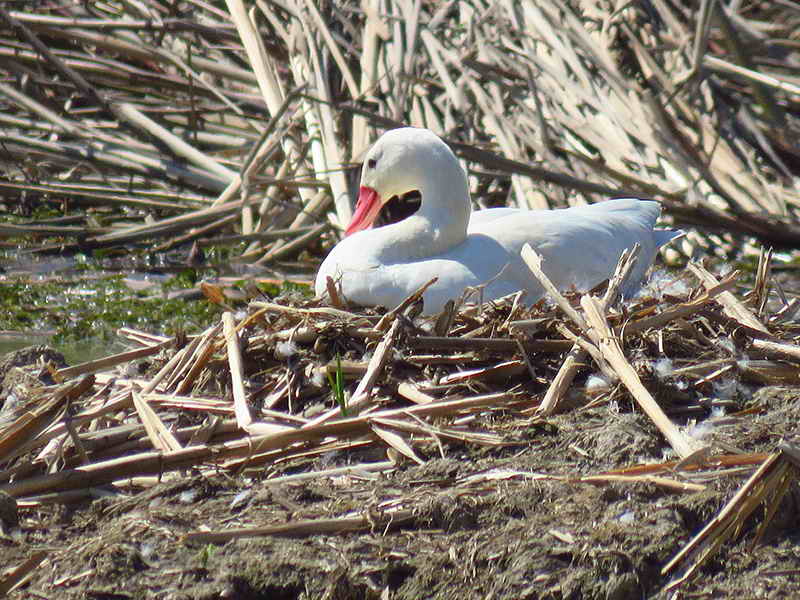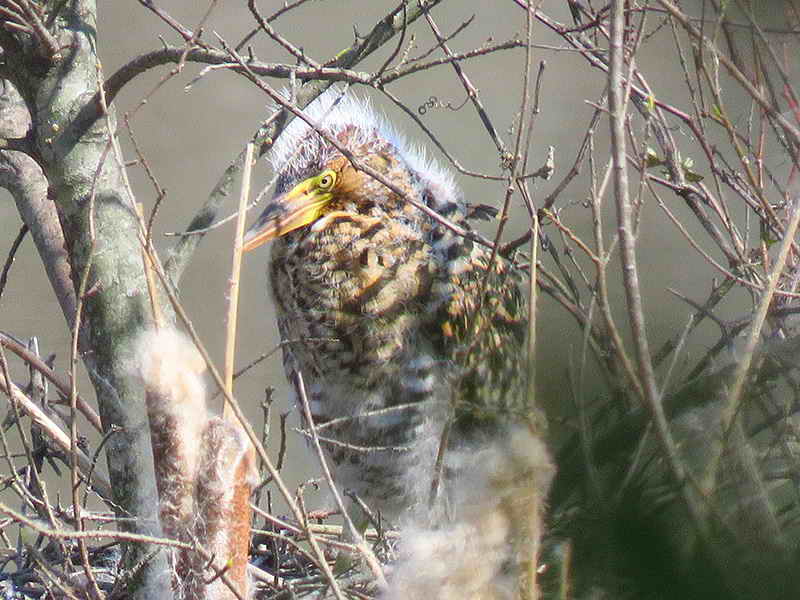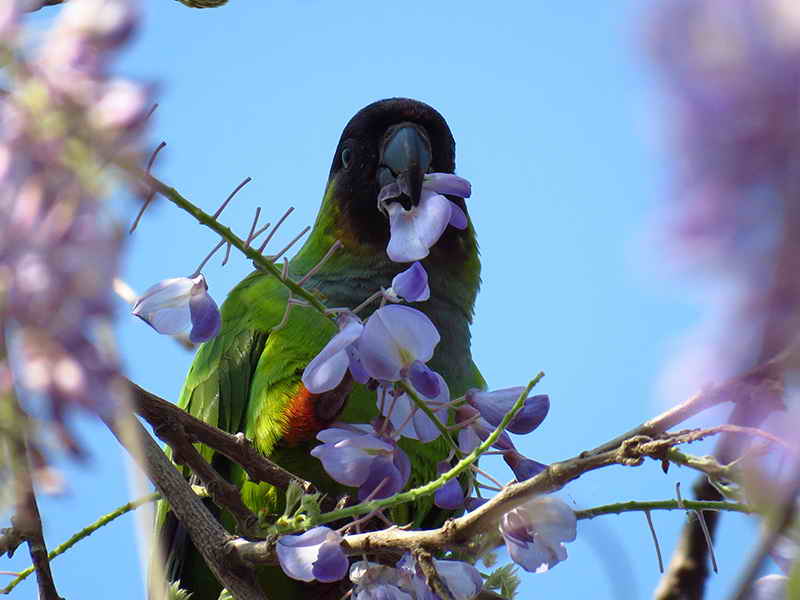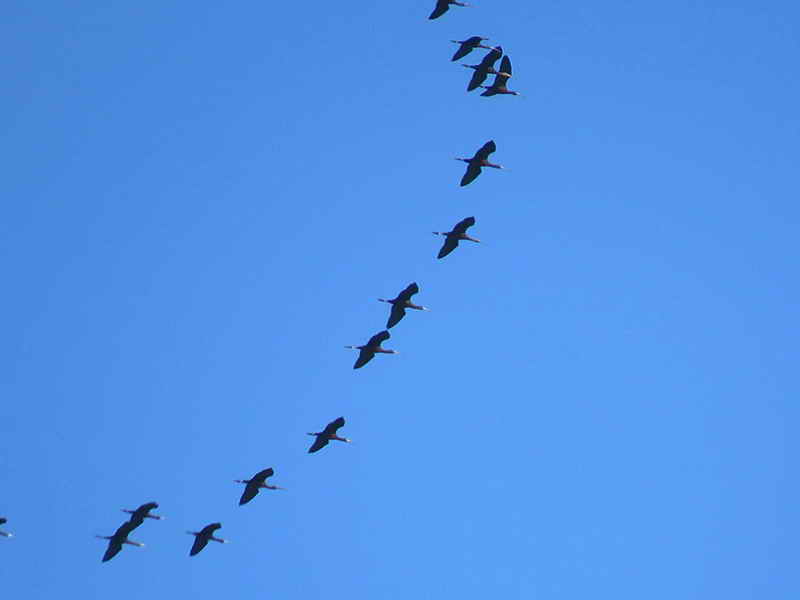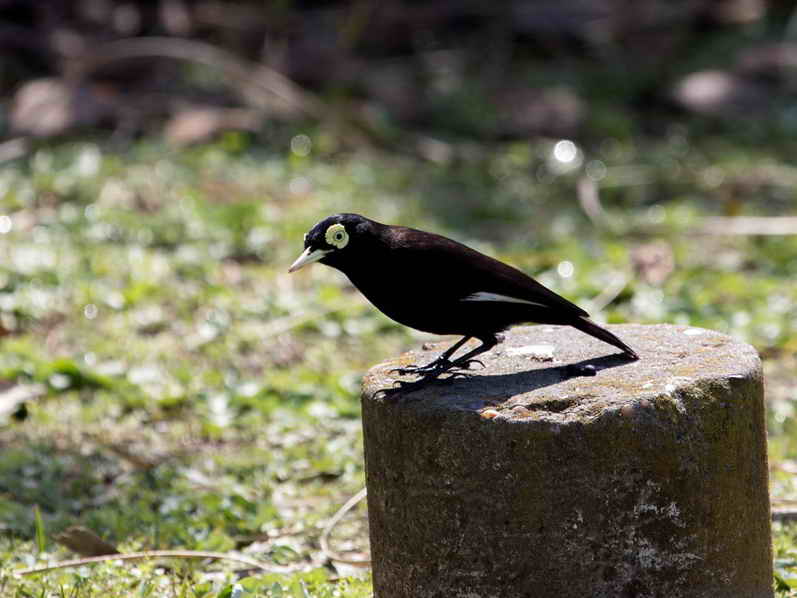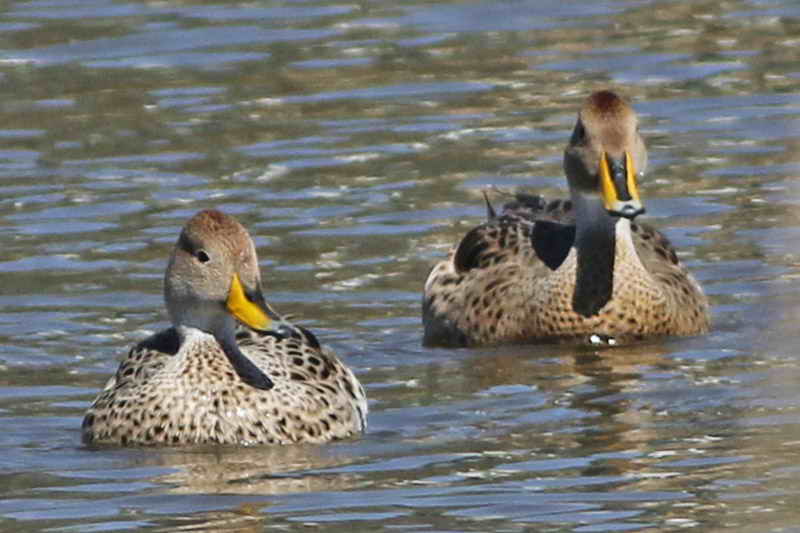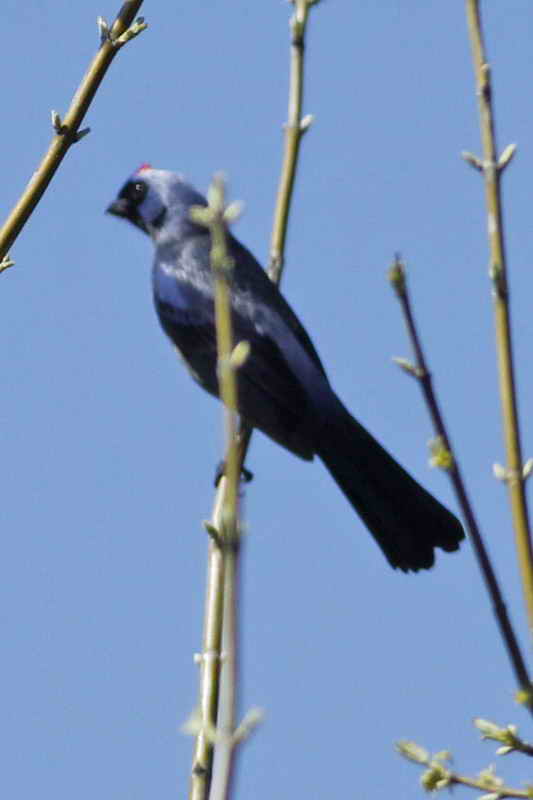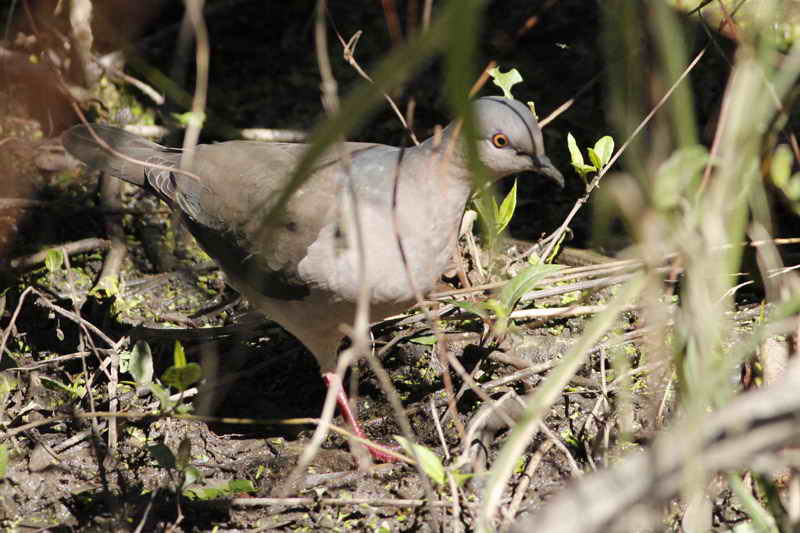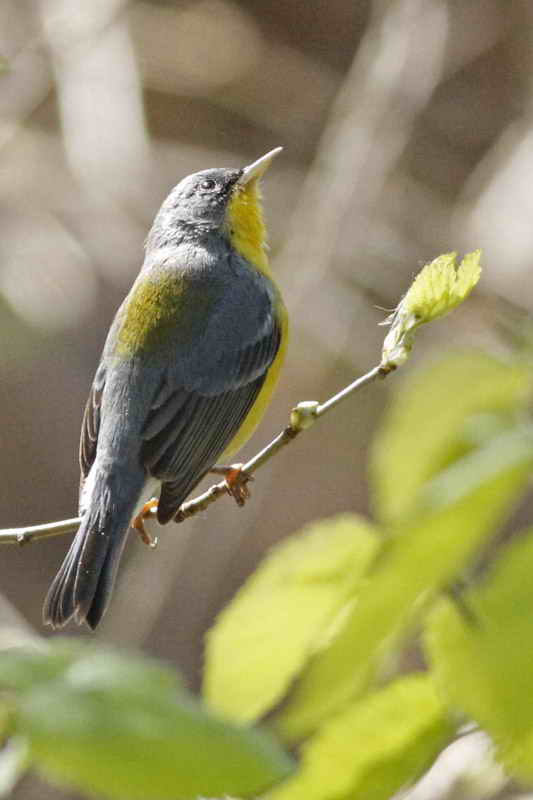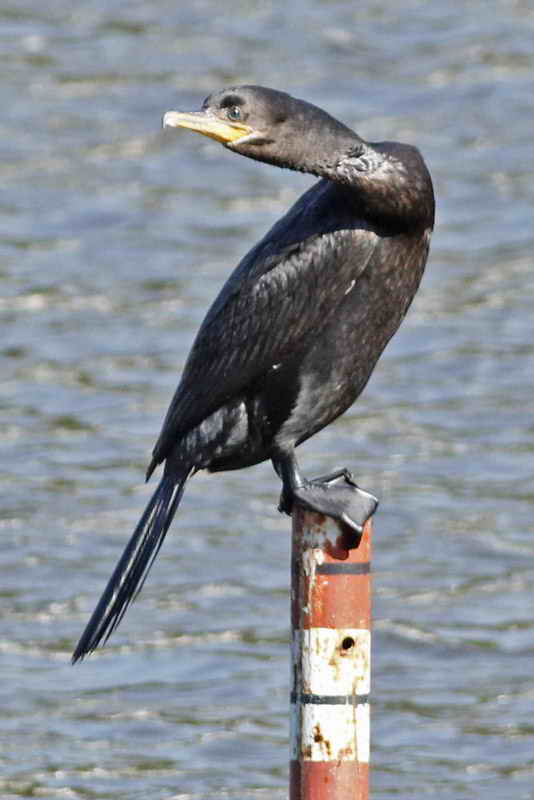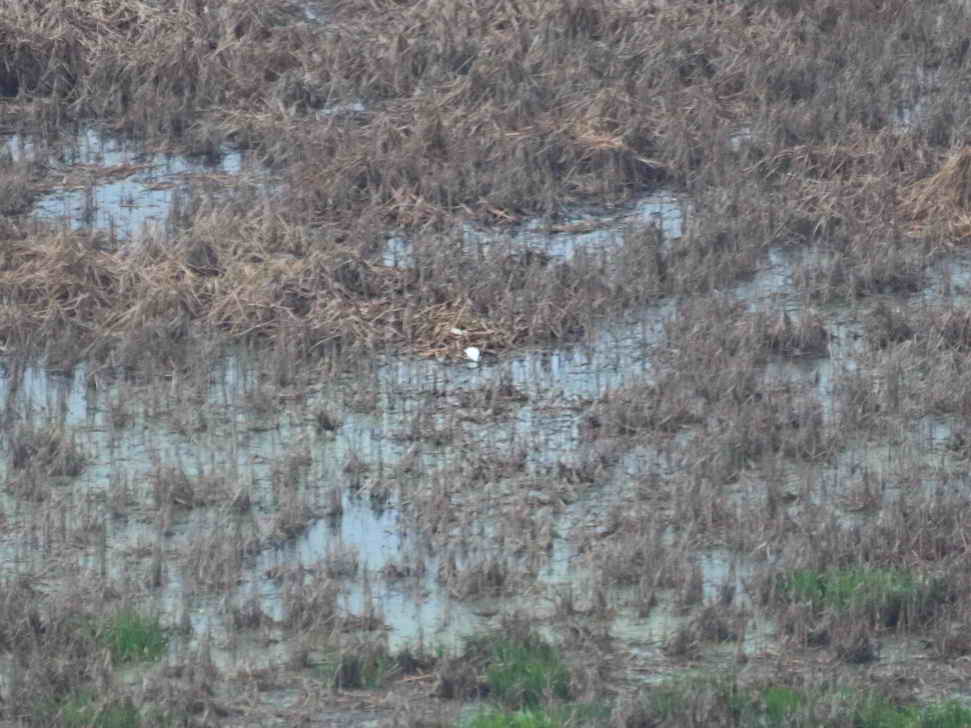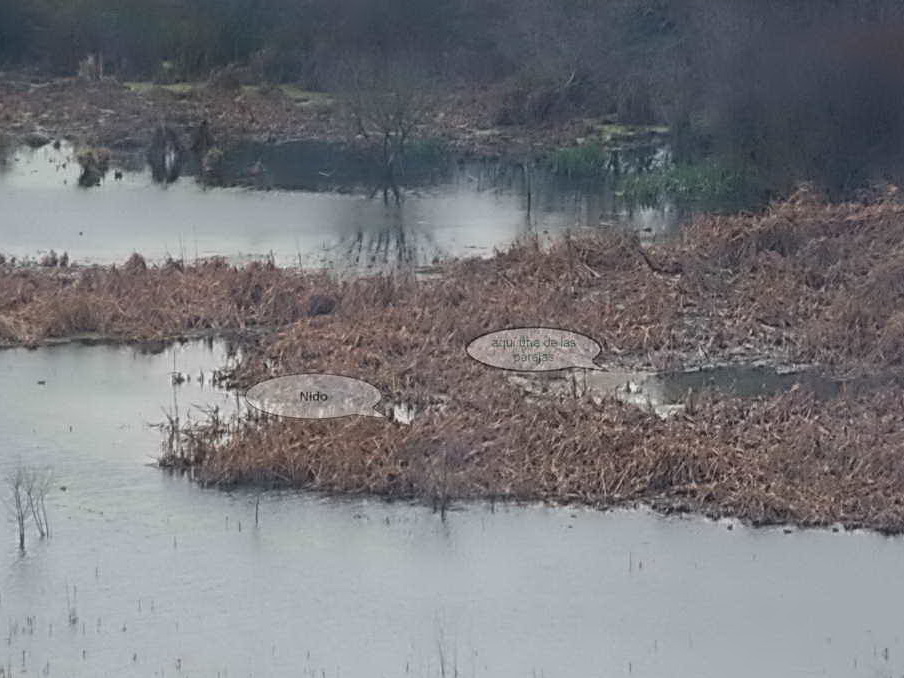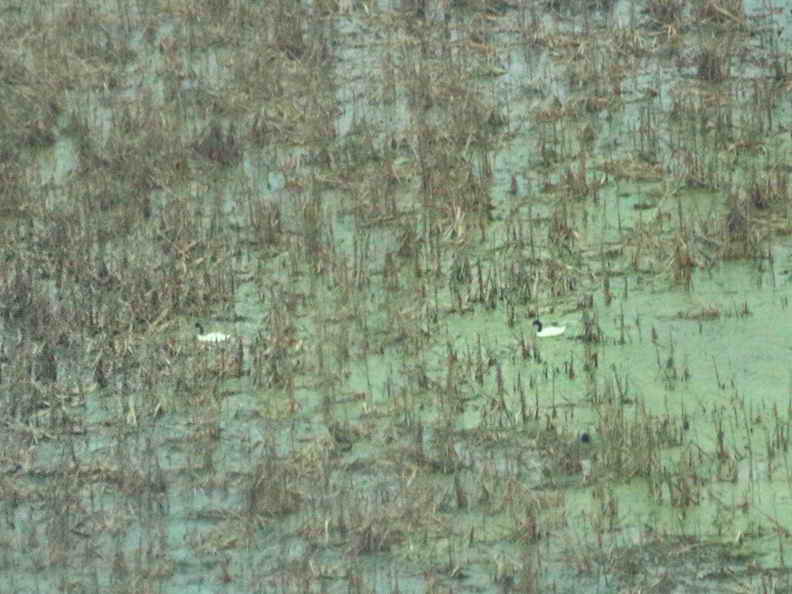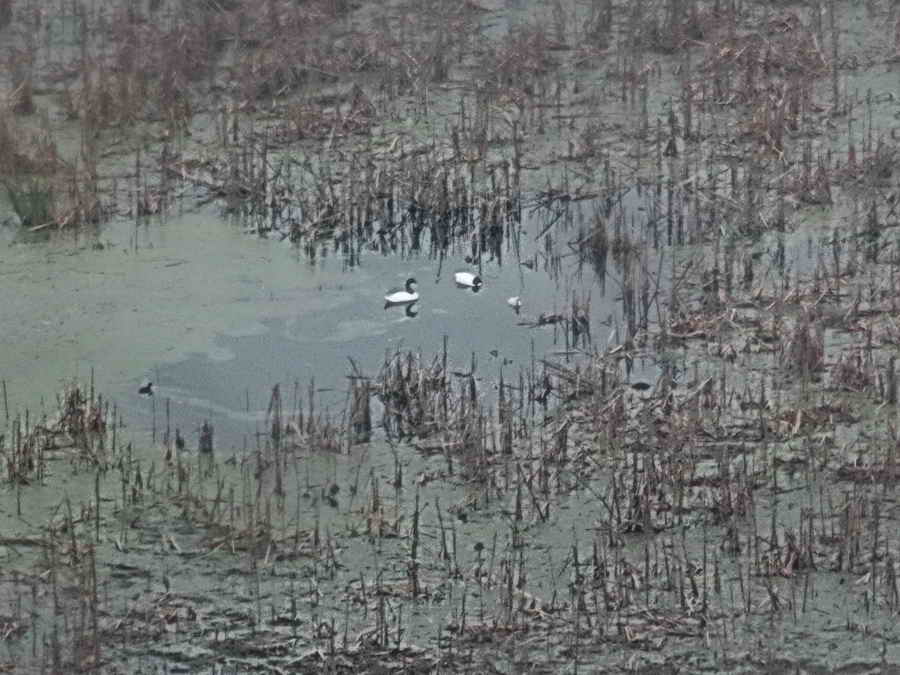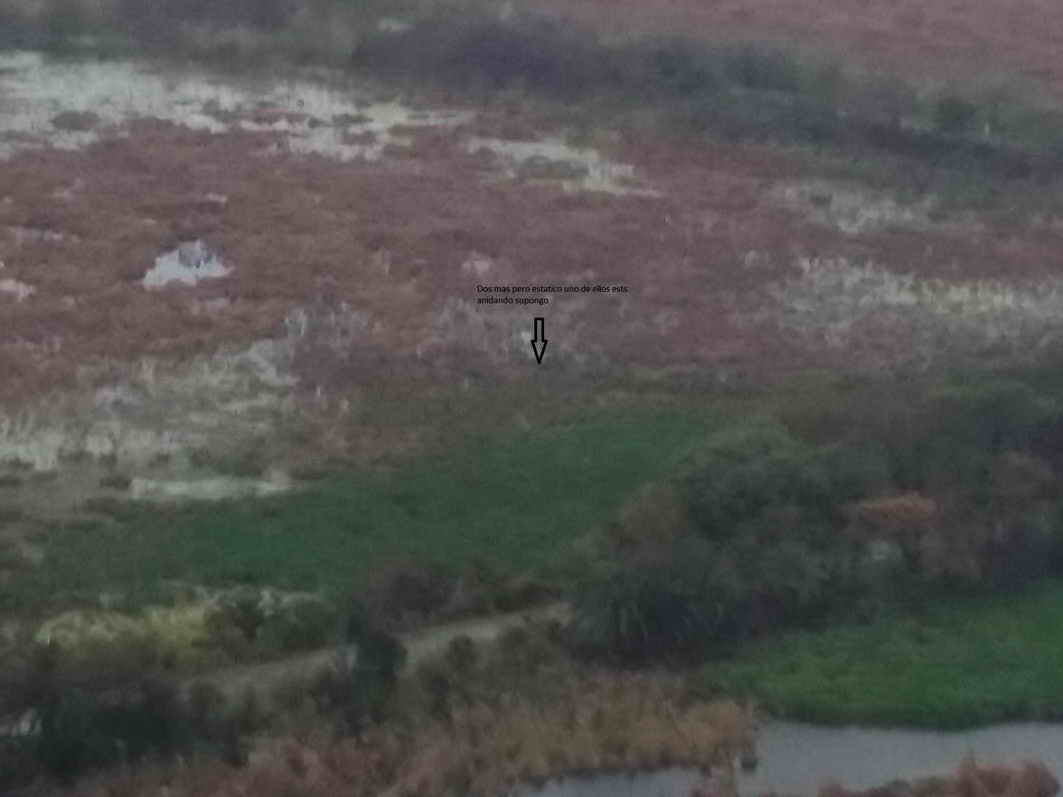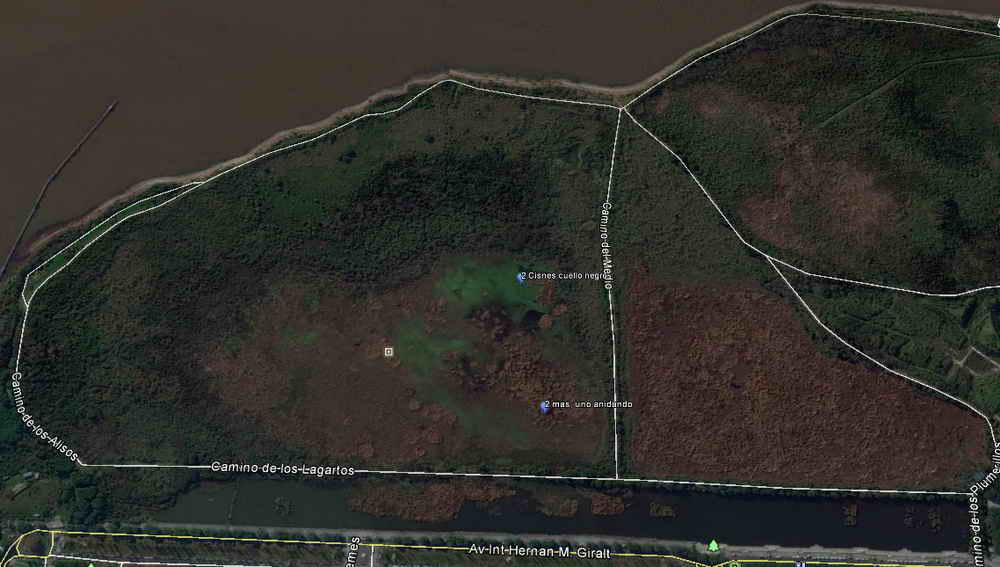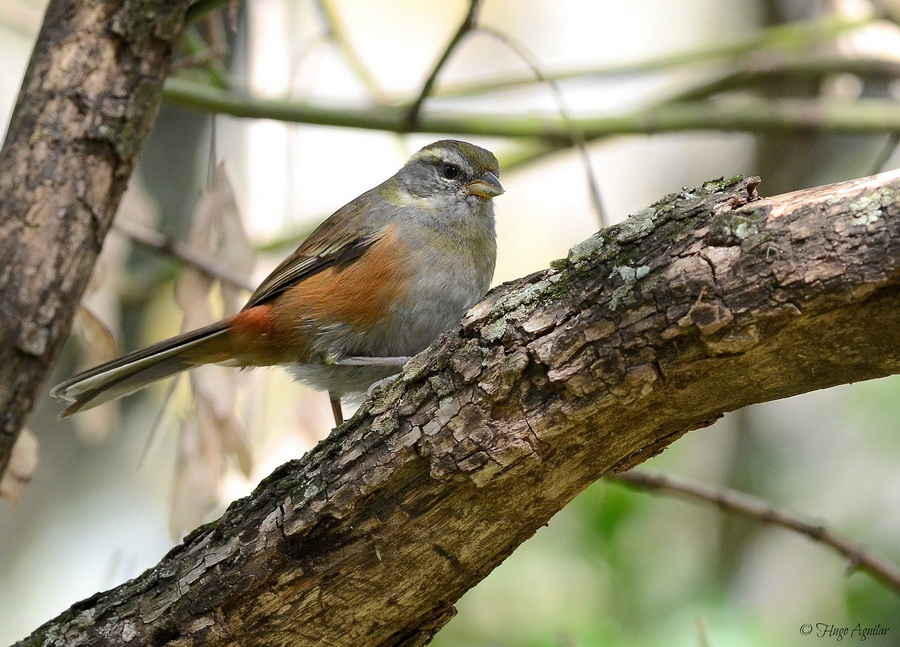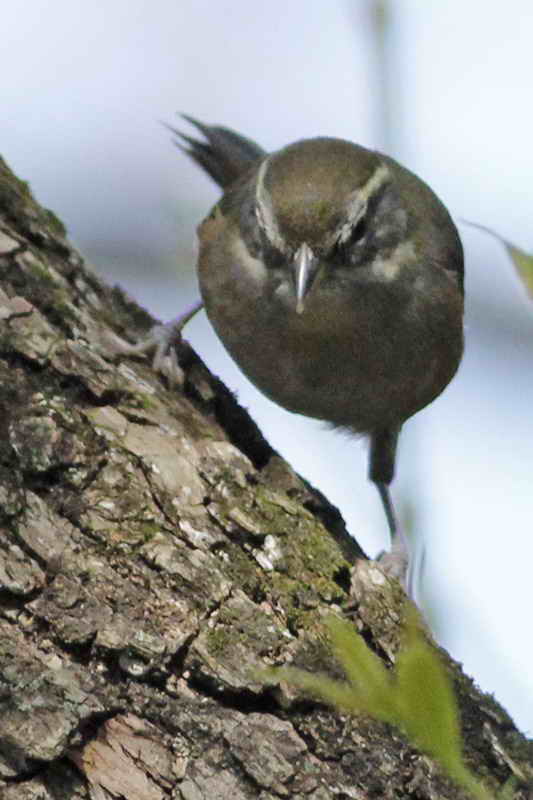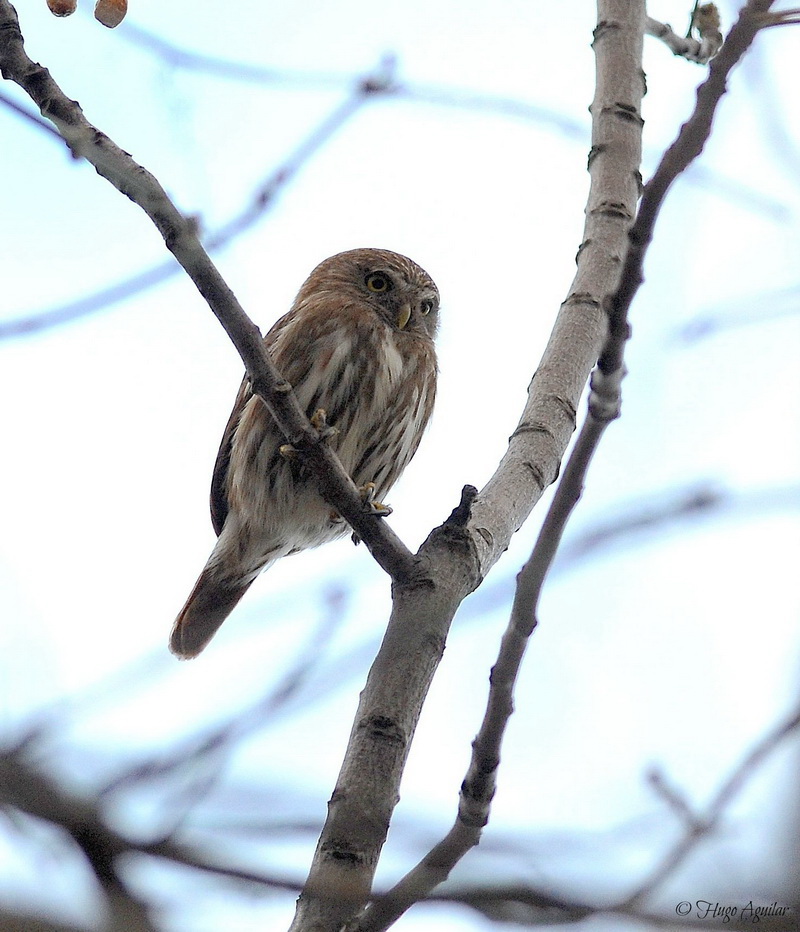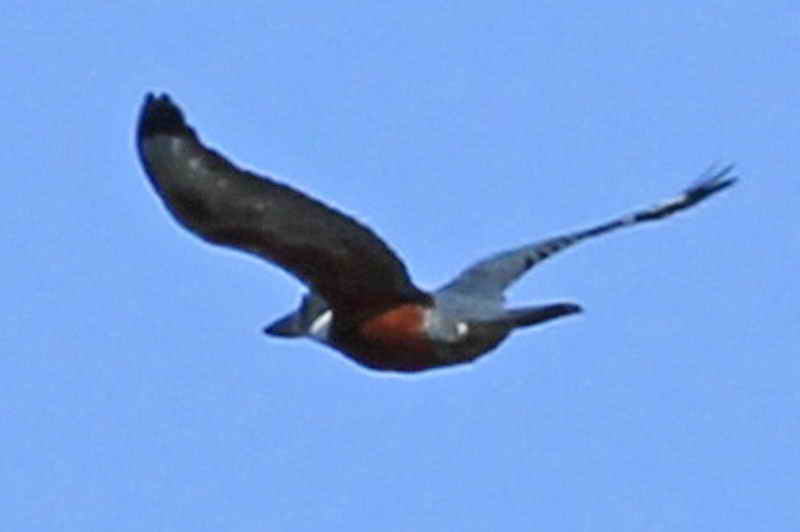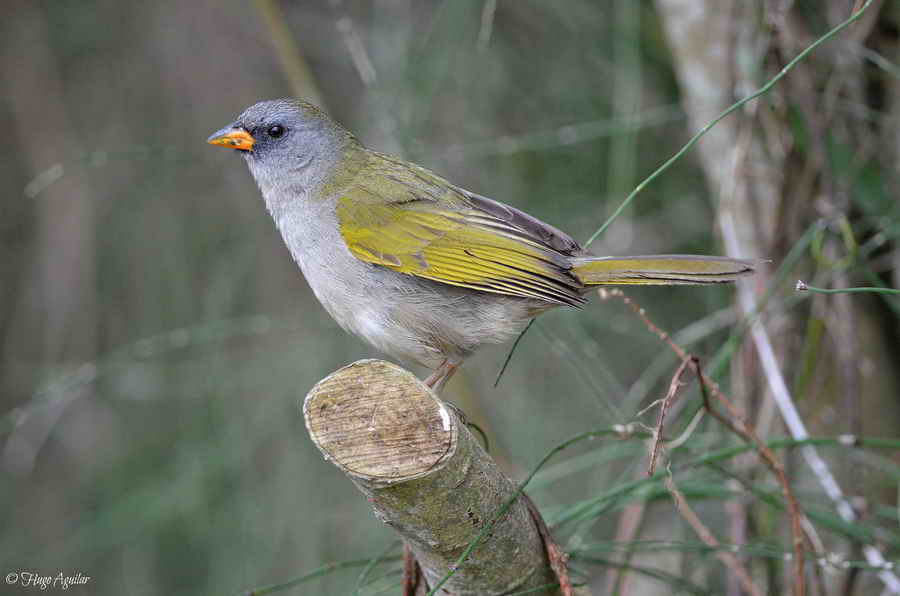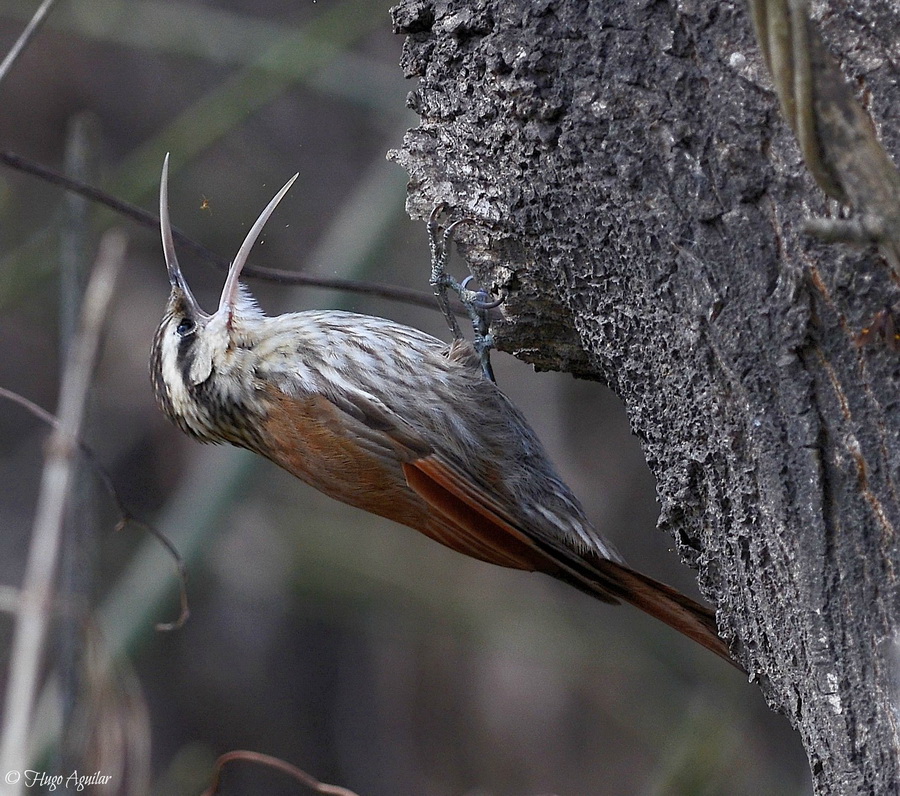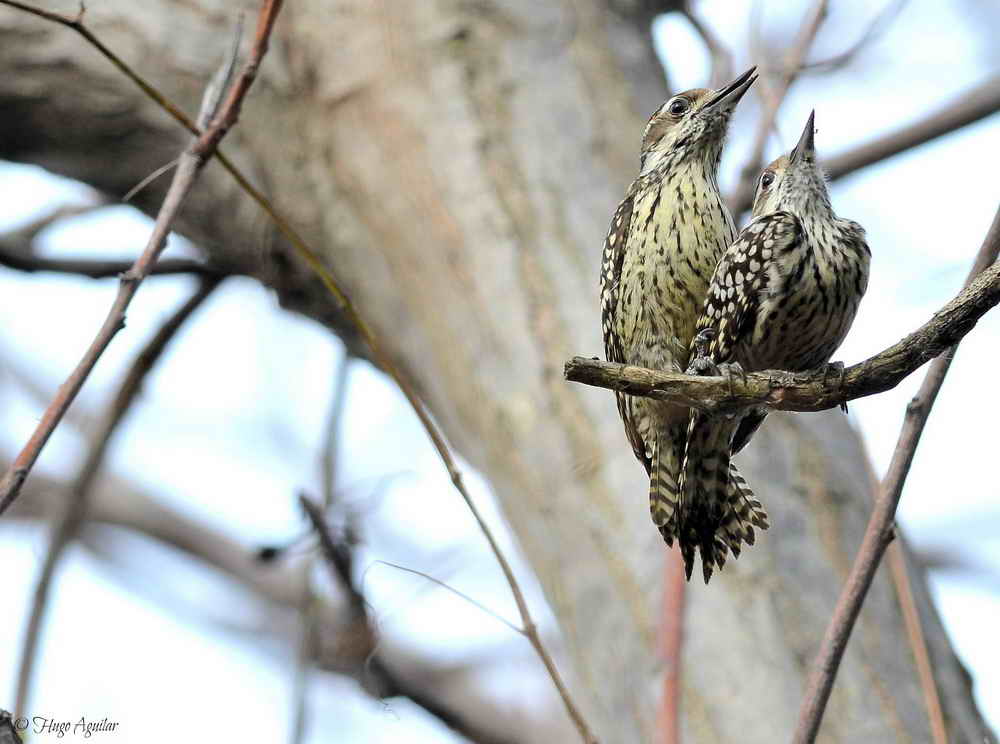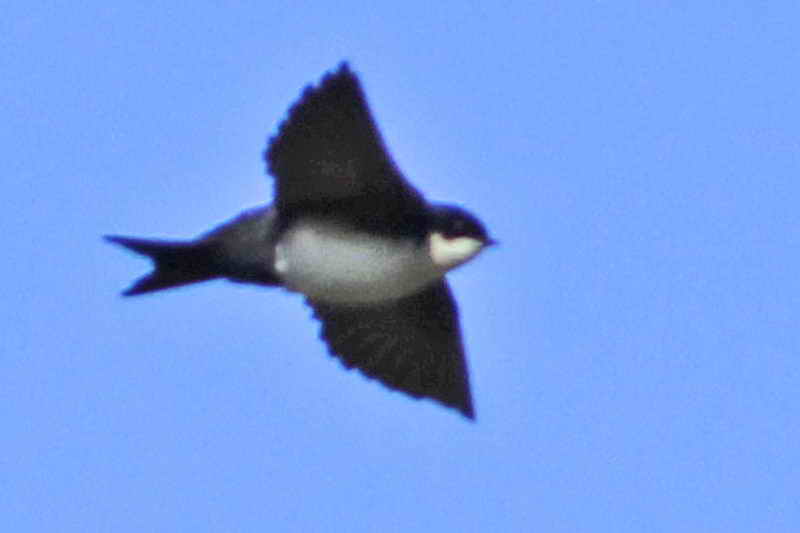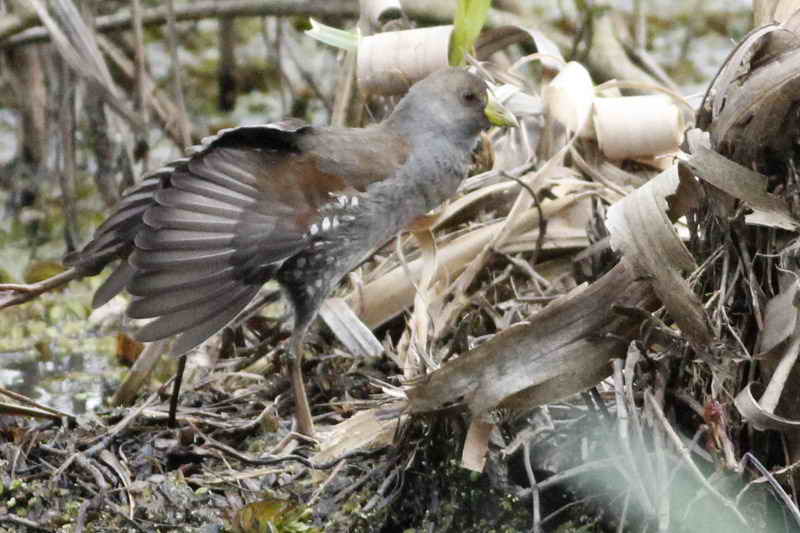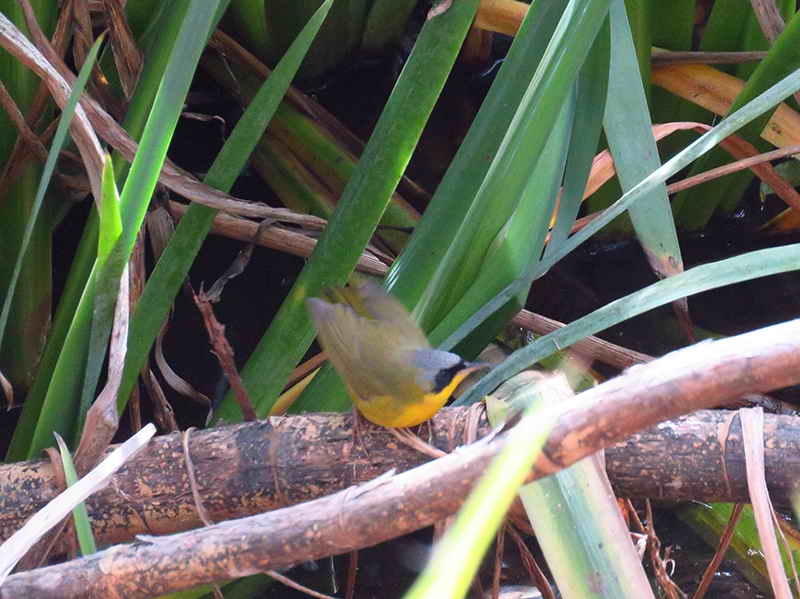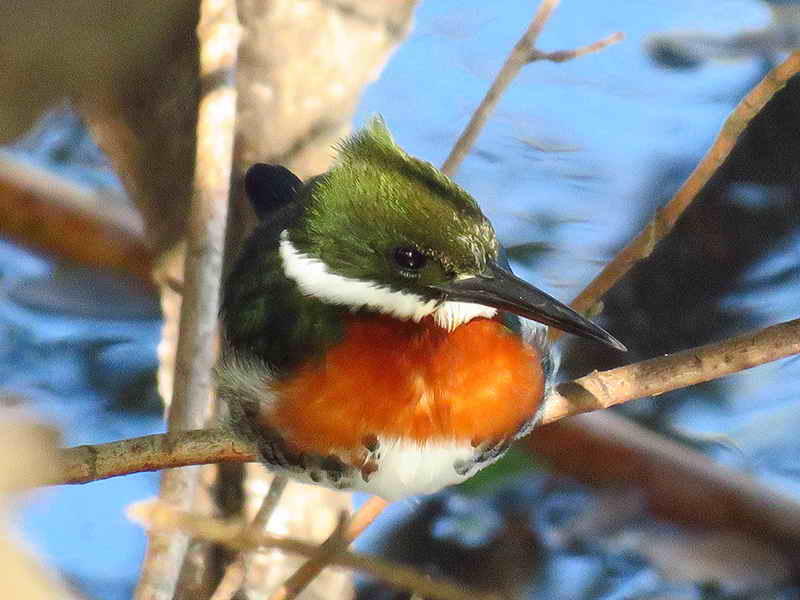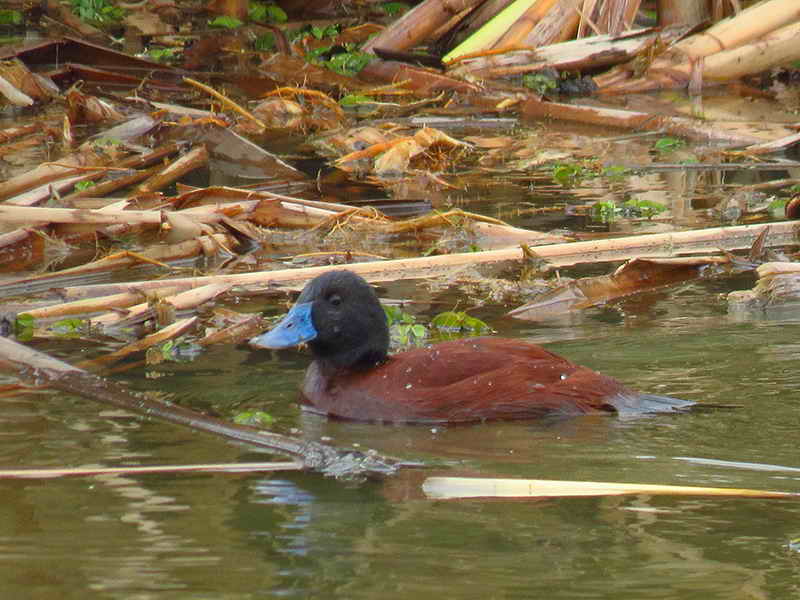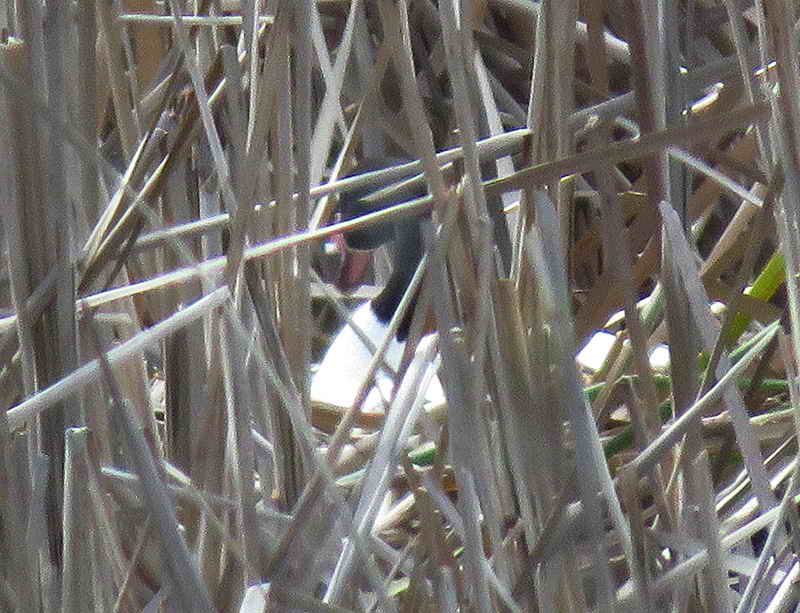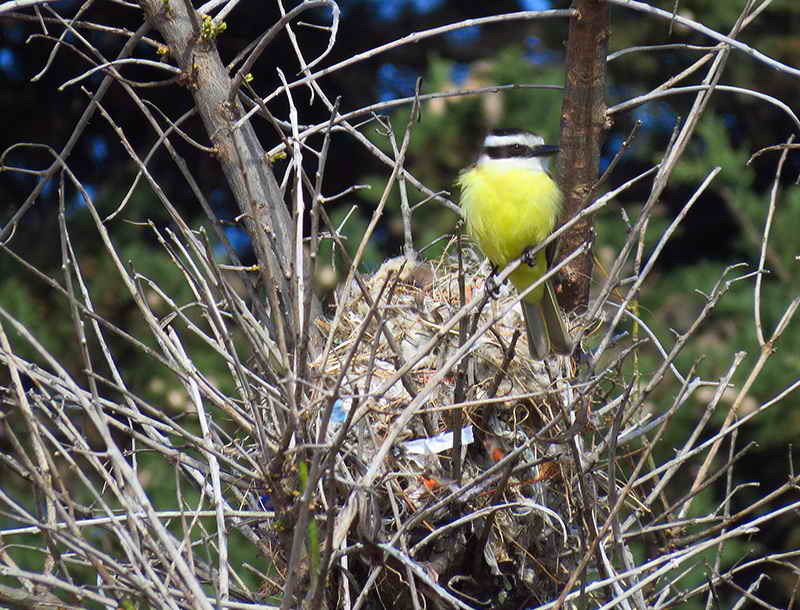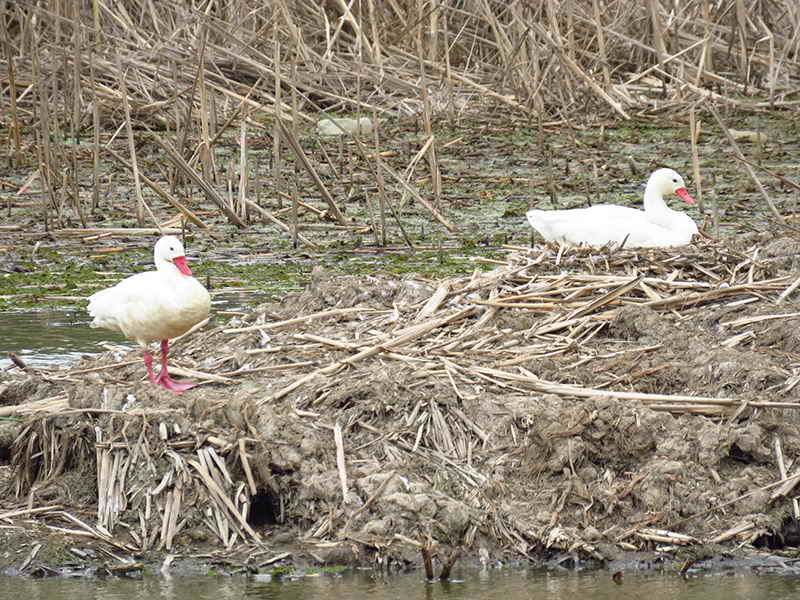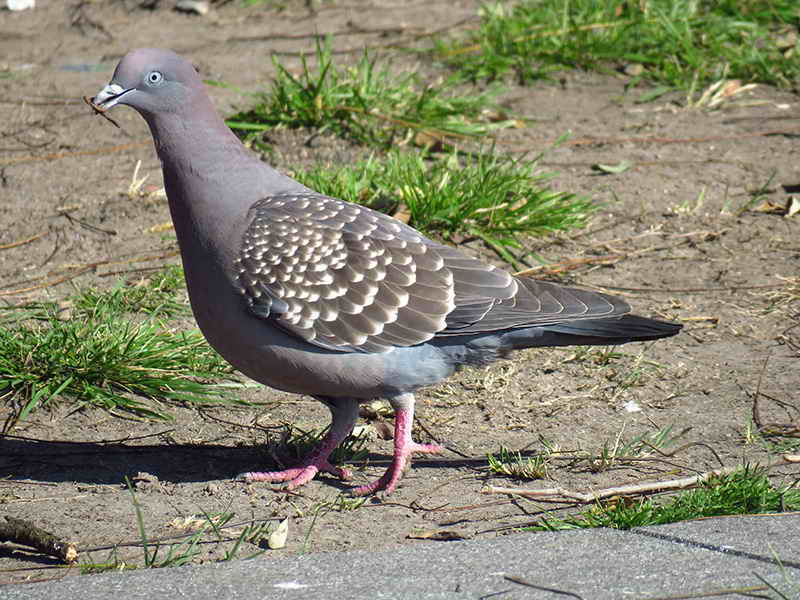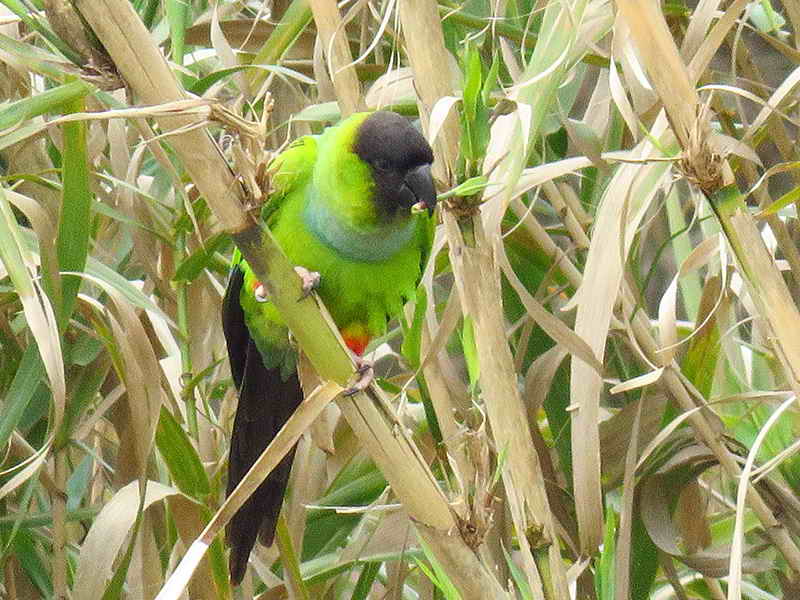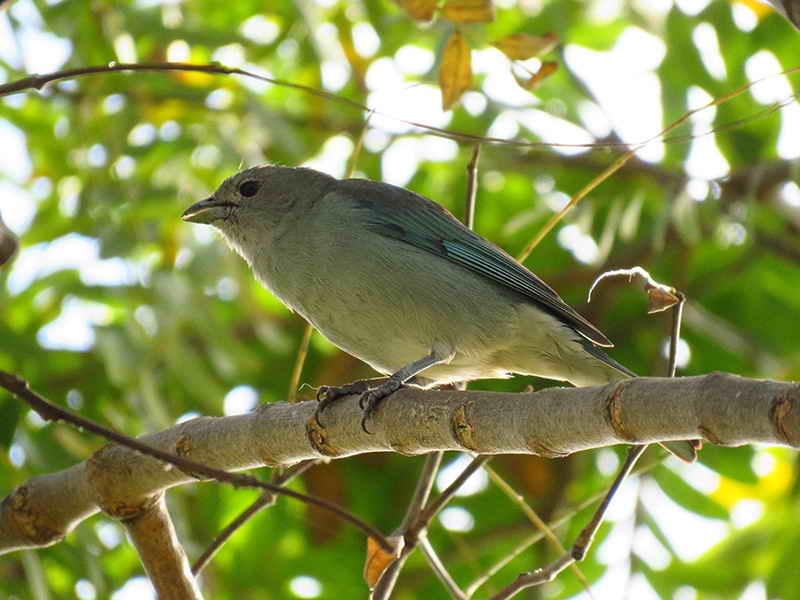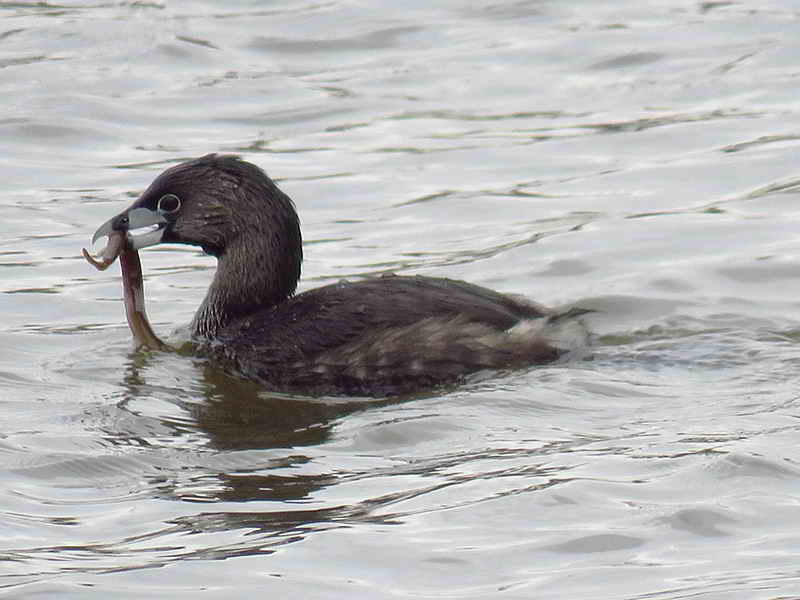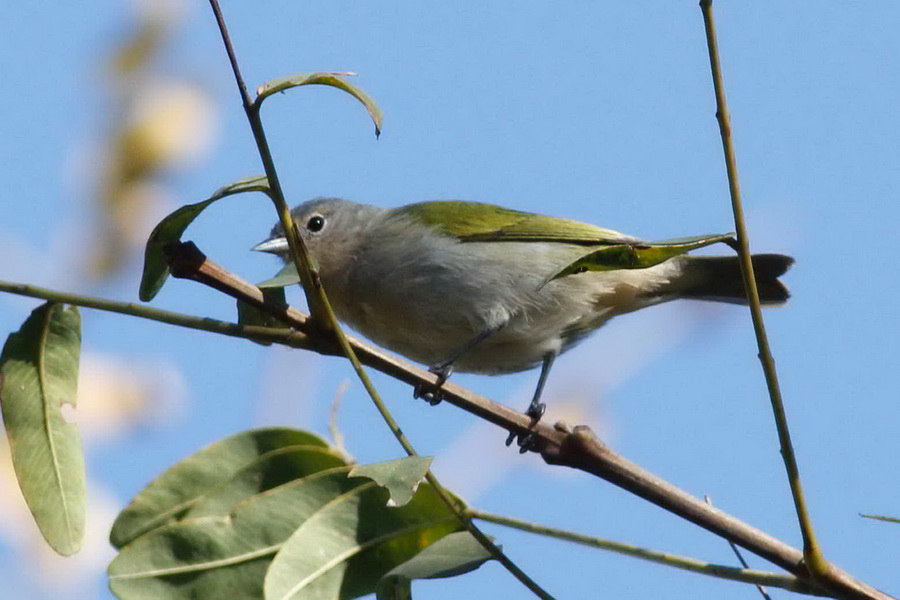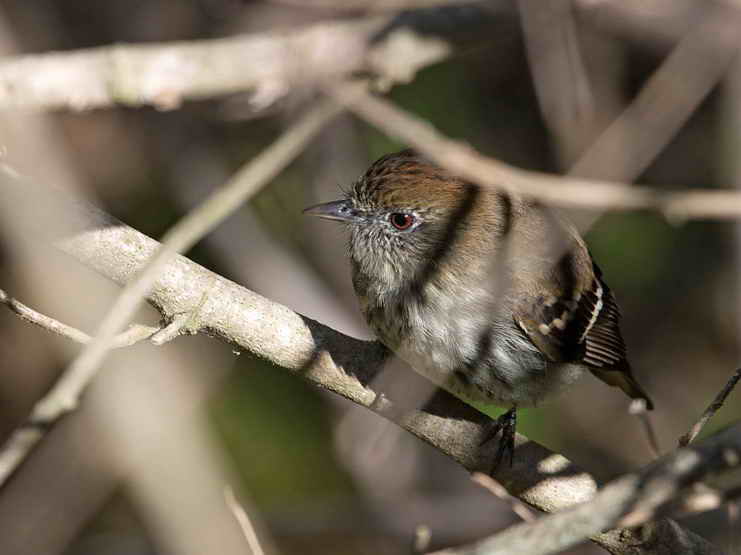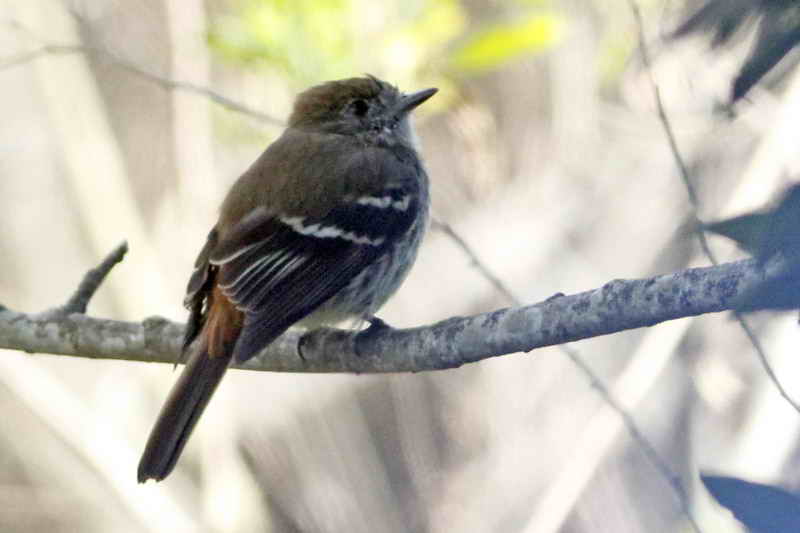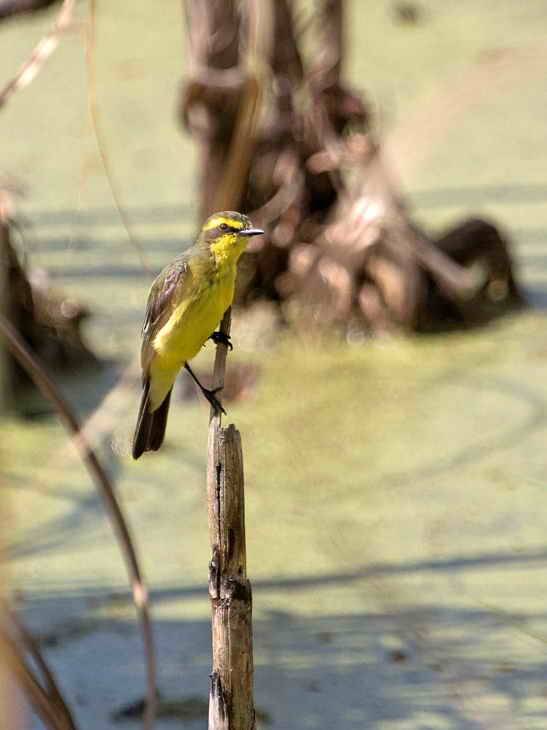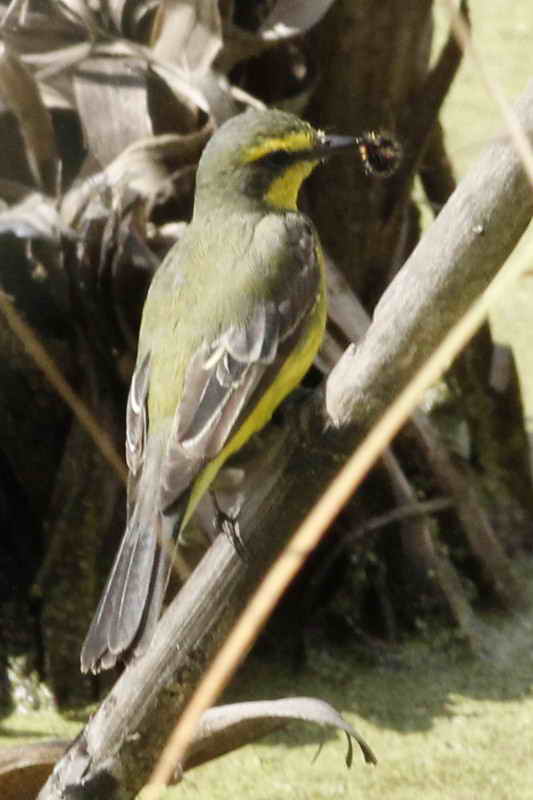News - September 2016
| More aerial views |
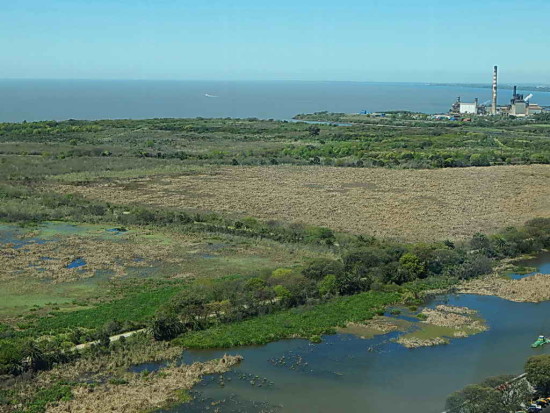 26 9 16 © Eduardo Ibarra 26 9 16 © Eduardo Ibarra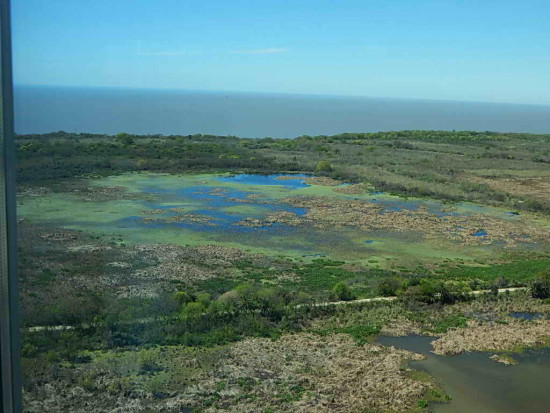 26 9 16 © Eduardo Ibarra 26 9 16 © Eduardo Ibarra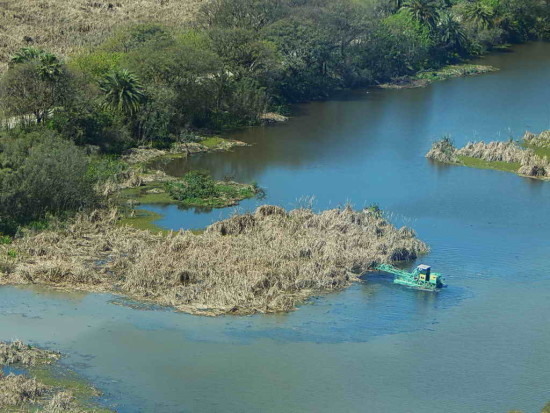 26 9 16 © Eduardo Ibarra 26 9 16 © Eduardo Ibarray las dos parejas de cisnes 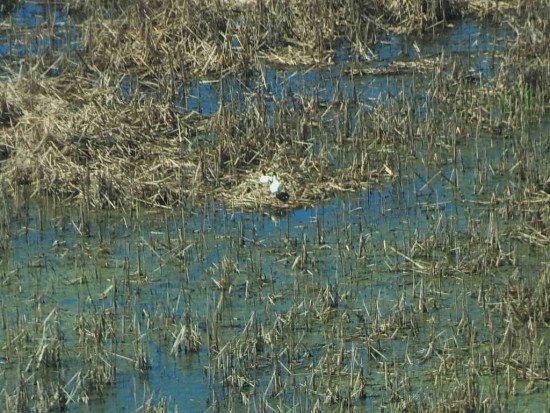 26 9 16 © Eduardo Ibarra 26 9 16 © Eduardo Ibarra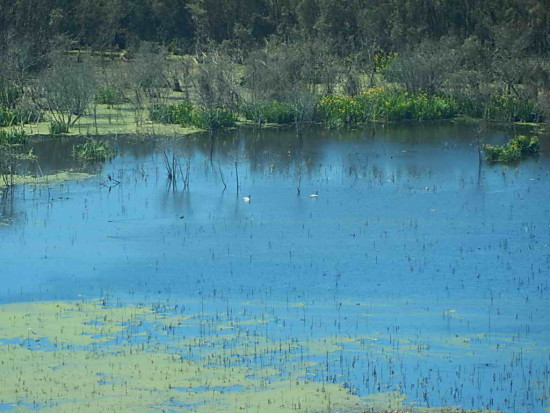 26 9 16 © Eduardo Ibarra 26 9 16 © Eduardo Ibarra |
A rufous-collared sparrow is also heard
The construction is in full swing. The woodpecker is removing chips from the cavity. In general it is about 30-50 cm deep
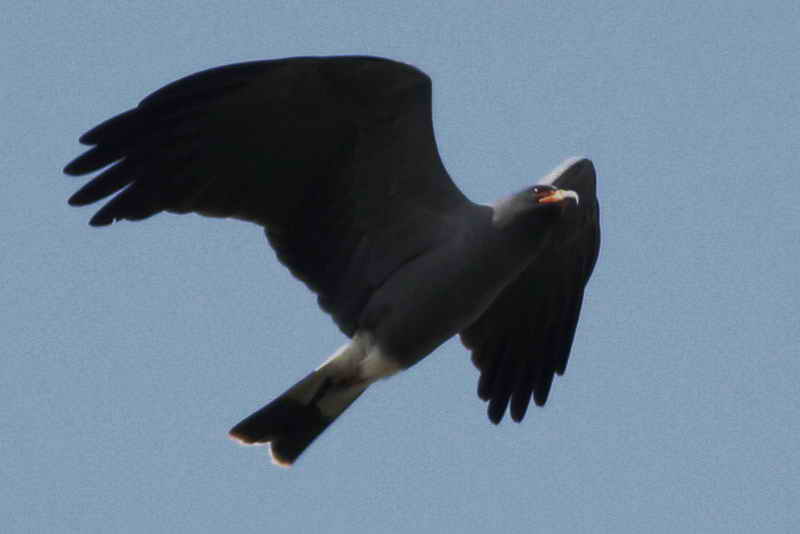
The Snail Kite, as its name suggests, feeds on snails, especially Pomacea freshwater snails known as apple snails. To extract the soft part the snail it inserts the hook into the shell to cut the muscle which connects the flesh to the shell. So the shell stays intact. The other apple snail predator is the limpkin which has a completely different bill. To reach the soft part the limpkin pecks at the shell making a hole. The presence or absence of a hole tells us who the predator is.
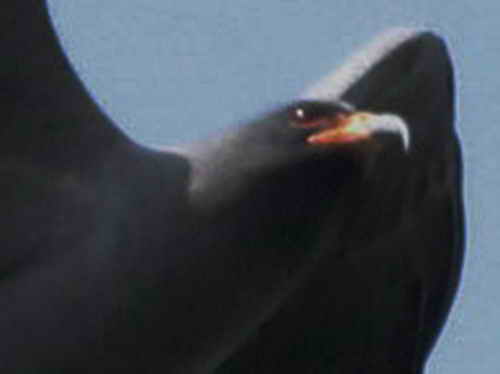
The Snail Kite, as its name suggests, feeds on snails, especially Pomacea freshwater snails known as apple snails. To extract the soft part the snail it inserts the hook into the shell to cut the muscle which connects the flesh to the shell. So the shell stays intact. The other apple snail predator is the limpkin which has a completely different bill. To reach the soft part the limpkin pecks at the shell making a hole. The presence or absence of a hole tells us who the predator is.
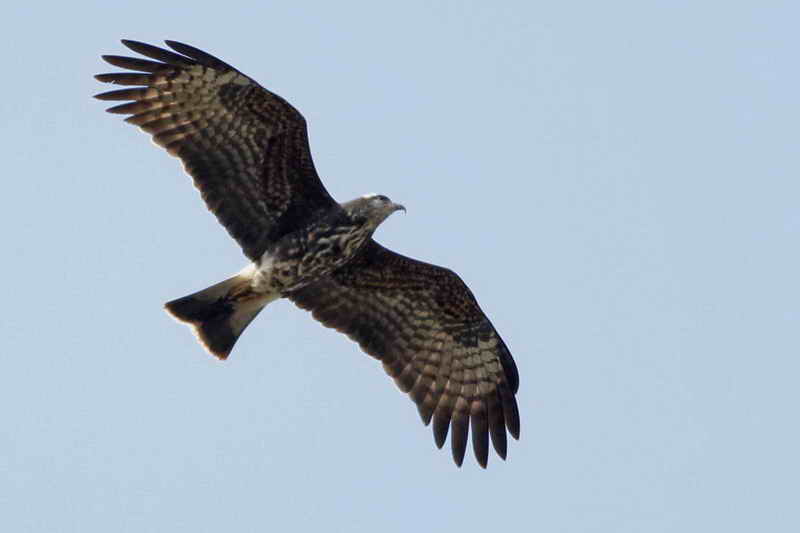
The Snail Kite, as its name suggests, feeds on snails, especially Pomacea freshwater snails known as apple snails. To extract the soft part the snail it inserts the hook into the shell to cut the muscle which connects the flesh to the shell. So the shell stays intact. The other apple snail predator is the limpkin which has a completely different bill. To reach the soft part the limpkin pecks at the shell making a hole. The presence or absence of a hole tells us who the predator is.
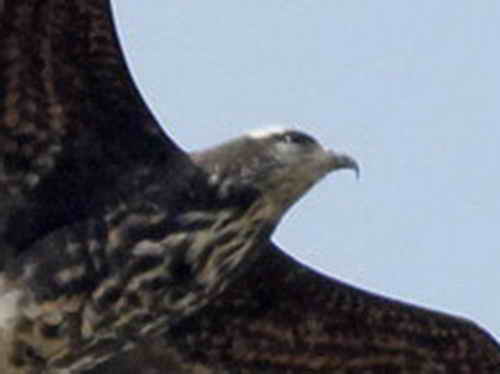
The Snail Kite, as its name suggests, feeds on snails, especially Pomacea freshwater snails known as apple snails. To extract the soft part the snail it inserts the hook into the shell to cut the muscle which connects the flesh to the shell. So the shell stays intact. The other apple snail predator is the limpkin which has a completely different bill. To reach the soft part the limpkin pecks at the shell making a hole. The presence or absence of a hole tells us who the predator is.
| Butterflies, wasp and turtle | |
| Bella Mapwing Hypanarthia bella 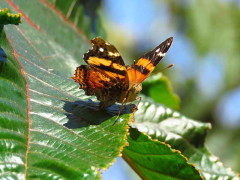 © Sergio Cusano © Sergio Cusano |
Mexican Silverspot Dione moneta 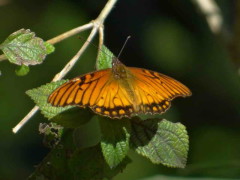 © Victoria Mansilla © Victoria Mansilla |
| Water yellow flag Iris pseudacorus 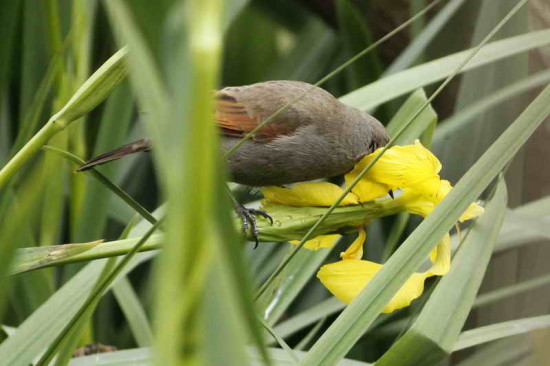 20 9 16 © J. Simón Tagtachian 20 9 16 © J. Simón Tagtachian 20 9 16 © J. Simón Tagtachian 20 9 16 © J. Simón Tagtachian |
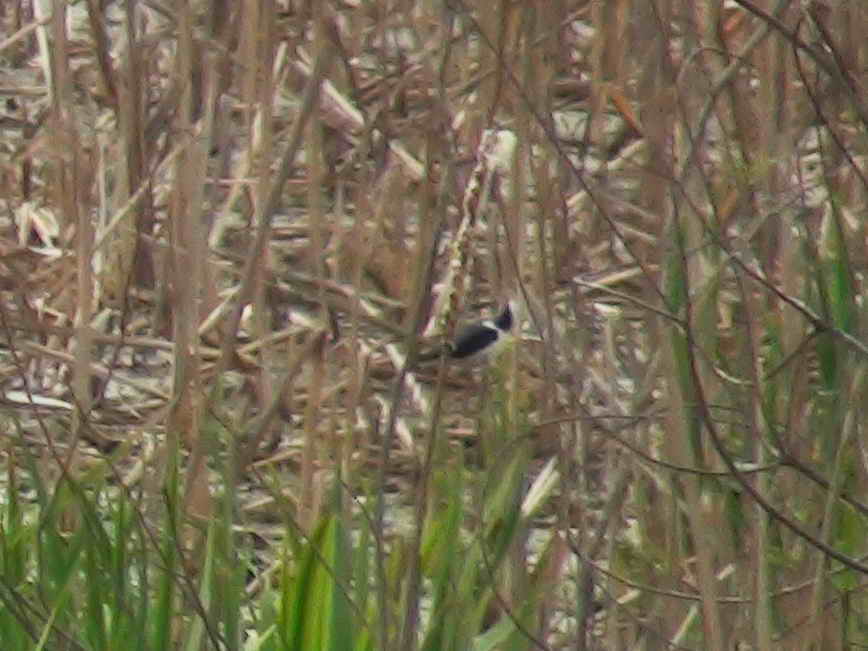
Watching from the Lizard Path to the Gull Pond the black-backed stilt flew and dived into the vegetation disappearing very rapidly. Other observers told me they had seen a group of 15 flying by. No doubt, this pond will be the breeding site por waterbirds. Unluckily our vision on to the pond is poor and we will certainly miss all this activity.
The adult grebe already has two chicks but sits on the nest again. There may be another egg still to hatch. The grebes begin incubation as they lay eggs. So the chicks are born with the same difference of days.
They are not clearly seen but they are two orioles foraging in the water yellow flags
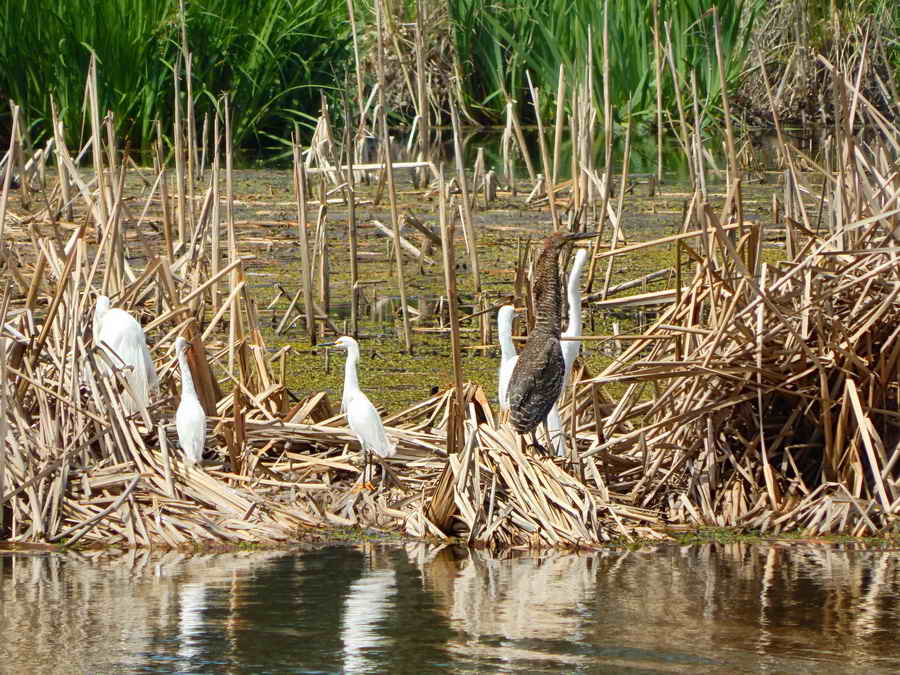
Snowy egret Egretta thula in the middle of the scene with its yellow fingers. on the right a juvenile rufescent tiger-heronTigrisoma lineatum and behind it y detrás de él Garza blanca Ardea alba. A la izquierda de la garcita inicial, otra garcita blanca y más a la izquierda una garza blanca.
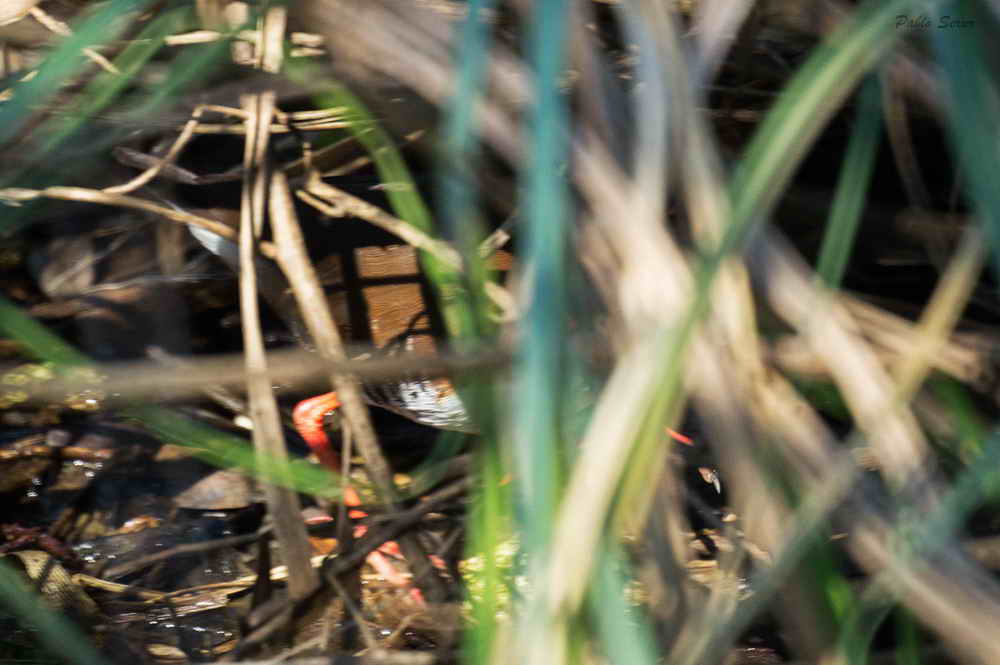
Hardly seen but two characteristics show this is a Red-and-white Crake. Rosy legs and white undertail coverts. If this were the Rufous-sided Crake, legs would be greenish and the undertail coverts rufous. One was spotted at the burnt viewpoint and two others before getting to the Middle Path.
On Sunday 11th Sally saw two crakes with a chick on the Lizard Path near the three-cornered leeks but she cannot say which they were
Eduardo tells us that "Today, among the mist, I could see groups of caracaras flying over the Gull Pond. From time to time I looked up to see the sun shine. The mist cleared at times. Polarized glass walls darkened the view, but near midday during lunch time I climbed two floors with my mate and my camera and sat there for a while with my eyes fixed on the place I had seen the swan. God illuminated the area for some minutes, the mist disappeared and right there they were! I saw several on their nests and a pair with a cygnet. I triggered as many times as I could to take the maximum amount of photos before the mist settled again. That area of the pond is really beautiful, full of aquatic plants and small trees already with sprouts. I am processing the shots to see if I can recover something valuable. I am also surprised to see the coscoroba swan tolerate this rainy windy and cold weather conditions. I think hatching is near and will be exhausted since it does not move from the nest in such bad weather. I am worried about the gulls which fly near always on the lurk as well as the rufescent tiger-herons which move around the nest at Gull Pond. Well, it is nature which says who will or who will not, though one would like everybody to survive".

Eduardo, our reporter in the heights, tells us he saw another pair of swans in the Gull Pond. "In the photo taken with a mobile only the location is shown. With binoculars the sight is great, they look beautiful and they seem to be displaying. One of them stands and flaps in front of the other. The place is very quiet, nothing but water, trees and vegetation. It is drizzling but they are not worried"
New viewpoint  4 9 16 © Sergio Cusano 4 9 16 © Sergio CusanoReady to be opened to the public |
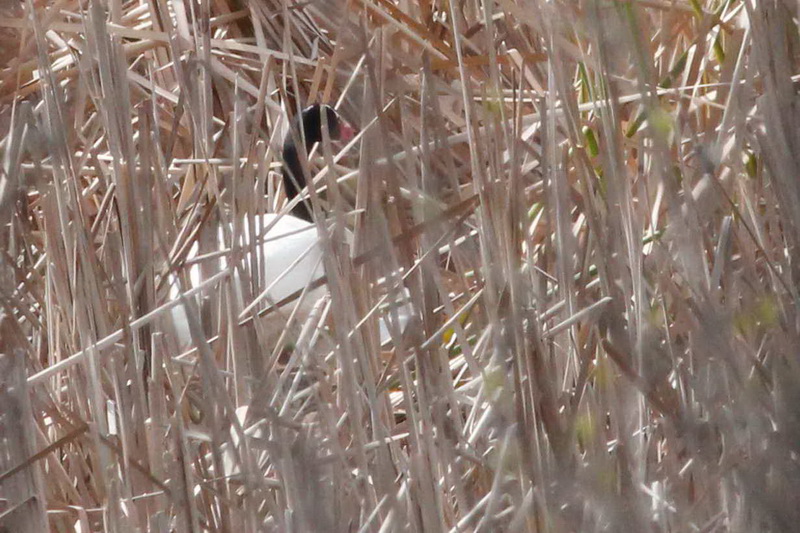
After a long wait the black-necked swans did come back. Looking on to the Gull Pond Carlos Álvarez detected the swan and very shyly said "There is a black-necked Swan". It was very difficult to spot because of the dried and fallen cattail, so he used a Caracara as a reference. It was practically above them. It seems they are nesting. Though vegetation still stands the pond is full of water and there is a big water mirror at the back. An ideal place to raise the offspring.
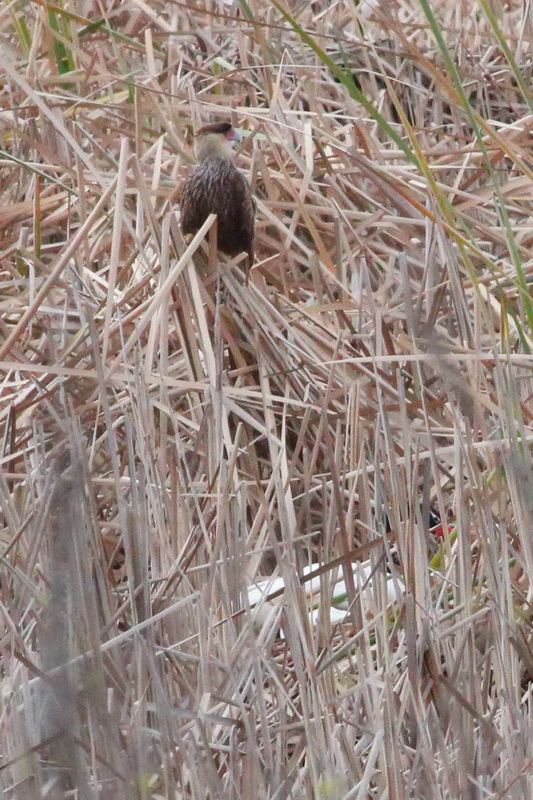
After a long wait the black-necked swans did come back. Looking on to the Gull Pond Carlos Álvarez detected the swan and very shyly said "There is a black-necked Swan". It was very difficult to spot because of the dried and fallen cattail, so he used a Caracara as a reference. It was practically above them. It seems they are nesting. Though vegetation still stands the pond is full of water and there is a big water mirror at the back. An ideal place to raise the offspring.
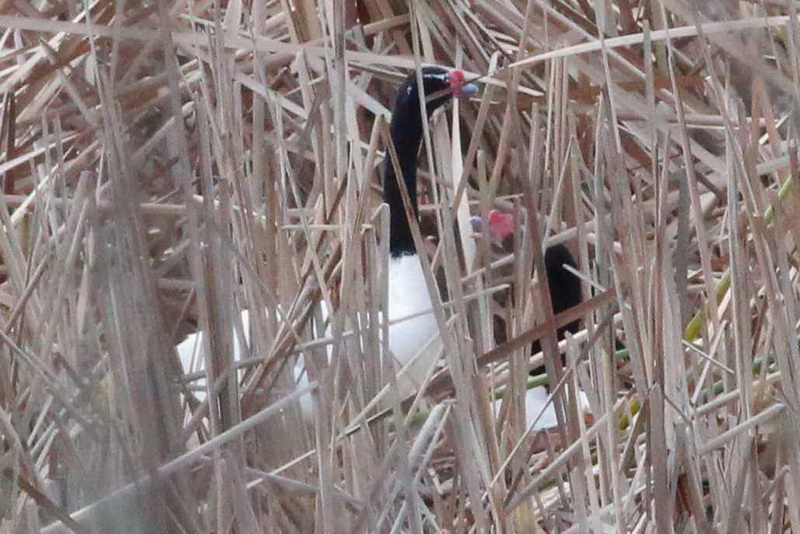
After a long wait the black-necked swans did come back. Looking on to the Gull Pond Carlos Álvarez detected the swan and very shyly said "There is a black-necked Swan". It was very difficult to spot because of the dried and fallen cattail, so he used a Caracara as a reference. It was practically above them. It seems they are nesting. Though vegetation still stands the pond is full of water and there is a big water mirror at the back. An ideal place to raise the offspring.
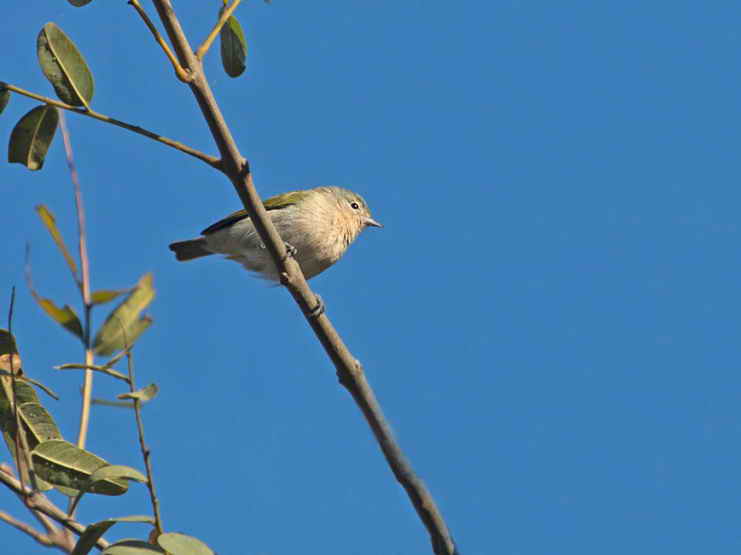
Warned by Diego Bastías, who had already seen the female conebill, we had the chance to photograph it. It foraged very high in the tipus. This bird does not belong to this area. It is native to the nort of the country.



